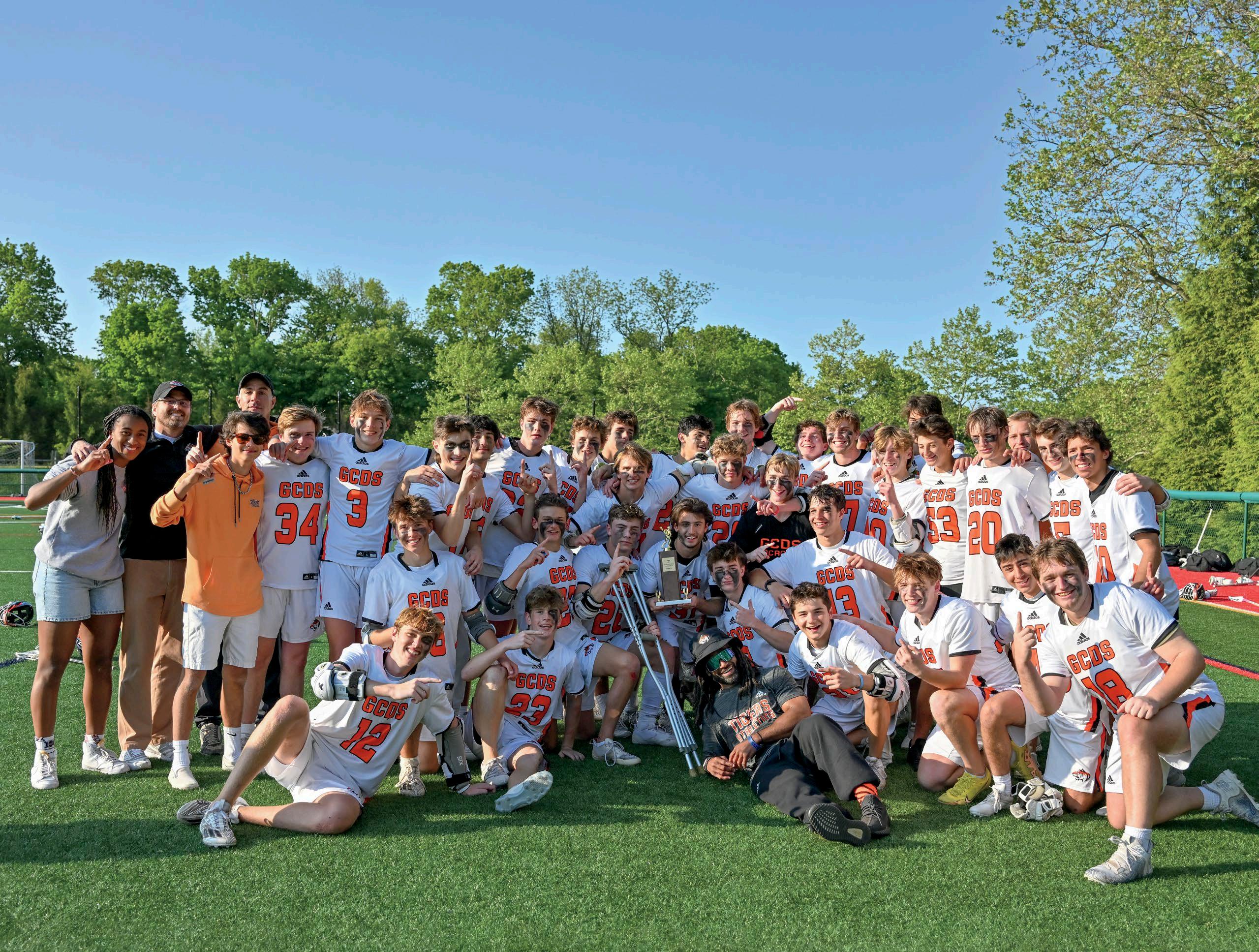Thirteen Athletes RECRUITED

Junior Thesis: A Yearlong Journey
KENSHO WATANABE ’02 Conducts at the Metropolitan Opera Campus Ecology in Grade 7
The Return of TIGER BASH!


Thirteen Athletes RECRUITED

Junior Thesis: A Yearlong Journey
KENSHO WATANABE ’02 Conducts at the Metropolitan Opera Campus Ecology in Grade 7
The Return of TIGER BASH!


As we go to press with this issue of GCDS News, I’m thinking about our first full class of seniors who are about to graduate and will be attending the nation’s most selective colleges in the fall. Their applications were strengthened by demonstrating a passion and commitment to an area of interest; diving deeply, exploring, and creating meaning around a particular aspect of their high school experience.
To be able to discover a passion, you have to be exposed to many! In this issue of the GCDS News, you cannot help but be inspired by the pure breadth of opportunity and experience provided to our students. From computer science to lacrosse, from field ecology to jazz improv, and
from musical theater to economics, Country Day students are able to explore myriad interests.
Featured in our cover story, Kensho Watanabe ’02 reflects upon his GCDS experience, which allowed him to try many things as he became focused on music. Our students are so fortunate because they can find inspiration at every turn. I hope that comes across in these pages as you read about the exciting spring at GCDS!
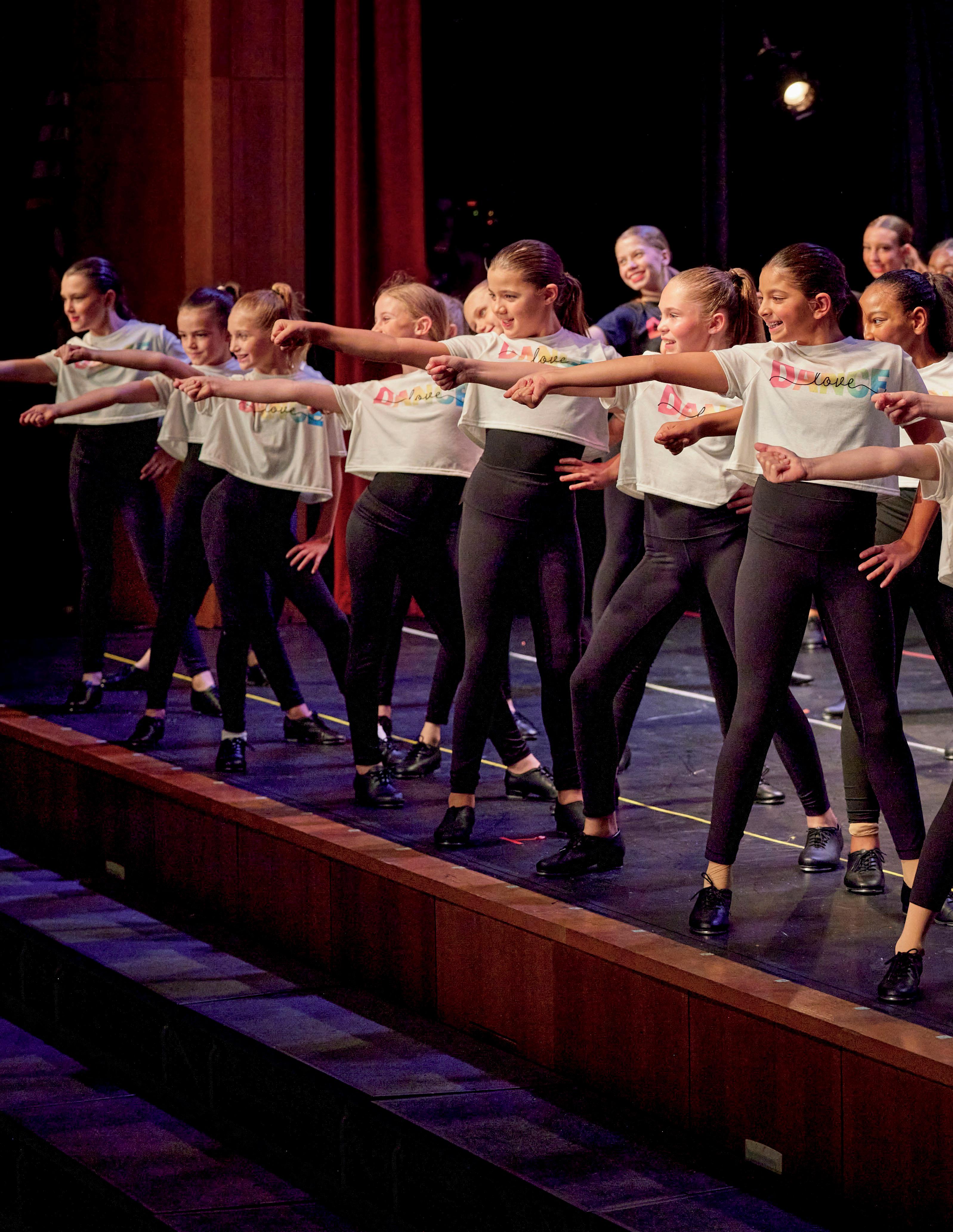 Adam C. Rohdie
Adam C. Rohdie
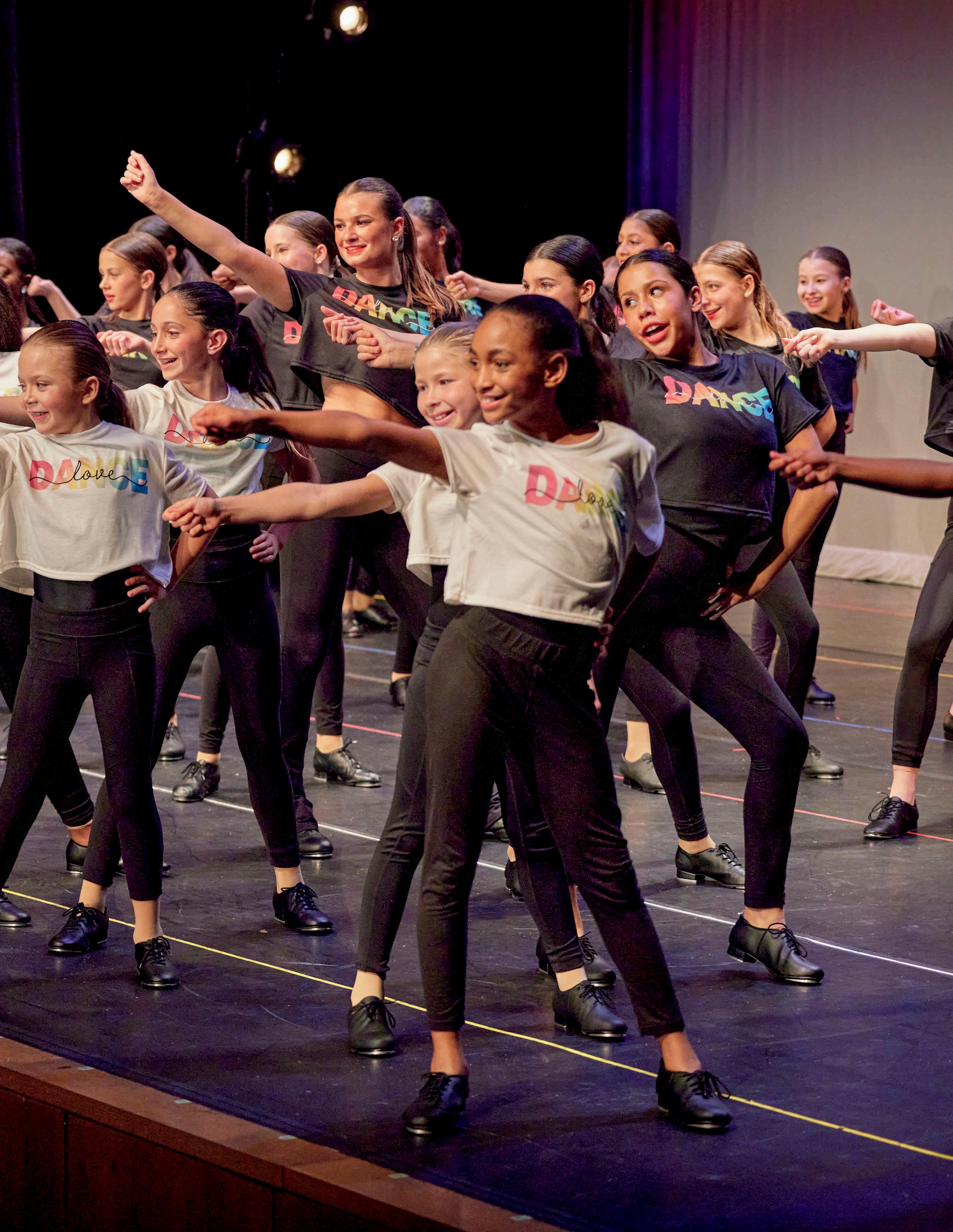
JUNE 2023
Greenwich Country Day School
P.O. Box 623, Old Church Road Greenwich, CT 06836-0623
www.gcds.net
HEAD OF SCHOOL
Adam Rohdie
DIRECTOR OF STRATEGIC COMMUNICATIONS
Kim Eves EDITOR
Moina Noor
PHOTOGRAPHY
ChiChi Ubiña, Ariana Lubelli-Brown, Kate Flanagan, Chris Mantz, Whit Hawkins
MAGAZINE DESIGN
Foogoo Communications Design
MARKETING GRAPHICS
Kirsten Bitzonis
WEBSITE


Kate Flanagan
Please share your comments, address changes, and inquiries
GCDSNews@gcds.net
Send Alumni News and Photos
Liz Orum Duffy ’98 Director of Alumni Relations liz.duffy@gcds.net
GCDS News is published four times each year and is distributed to alumni, GCDS parents and grand parents, faculty and staff, and friends of the school. All rights reserved.
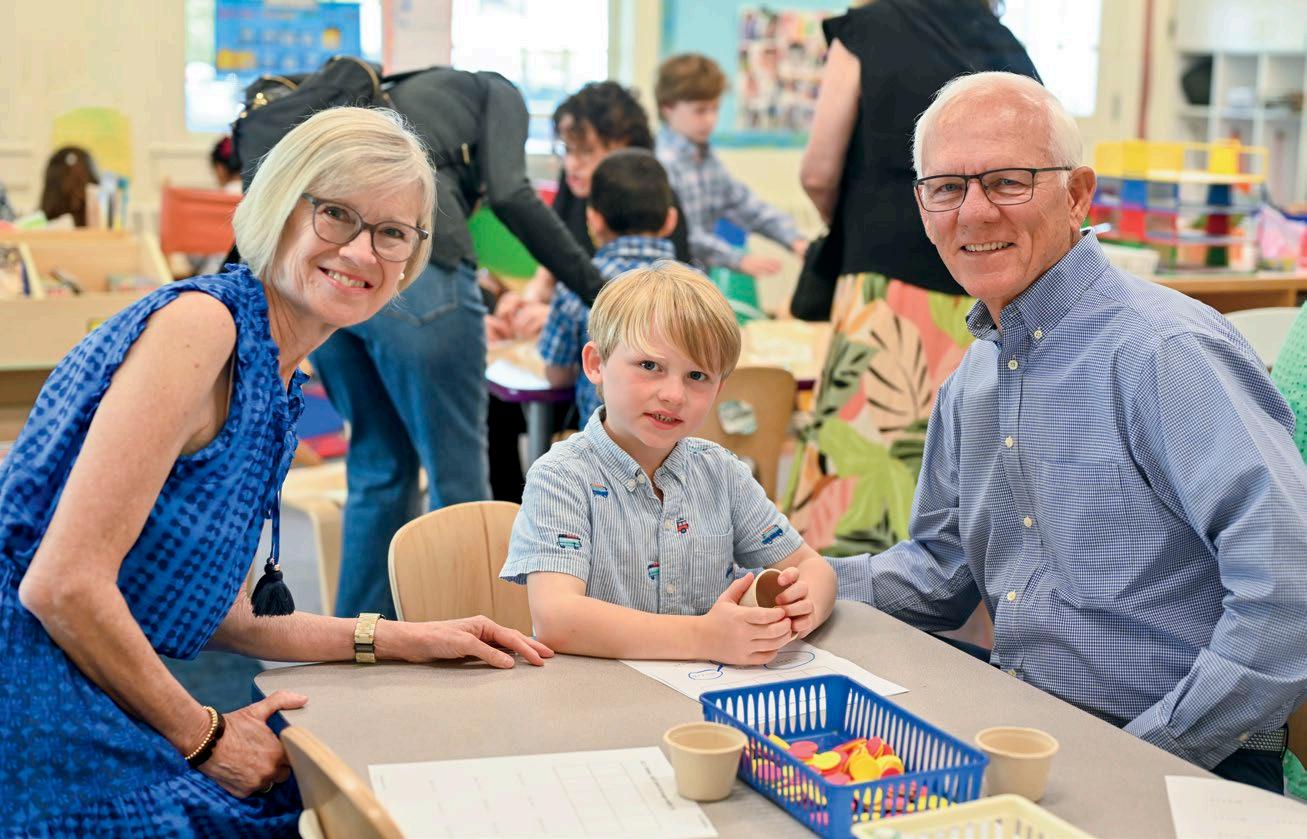
Greenwich Country Day School does not discrimi nate on the basis of race, color, national or ethnic origin or any other category prohibited by law, in admission policies, scholarship programs, athletic and other school administered programs.
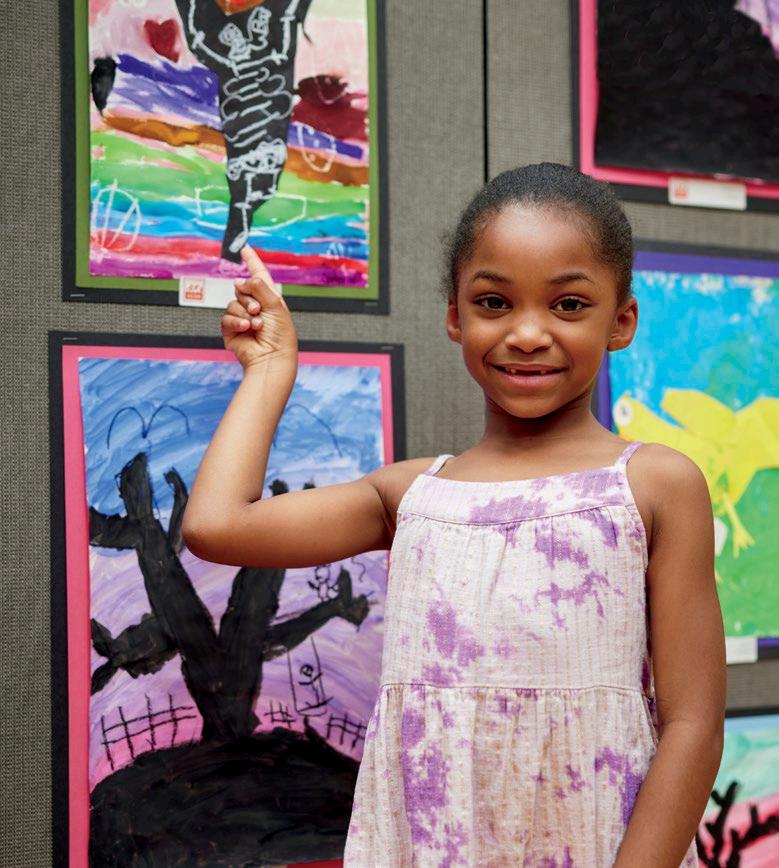
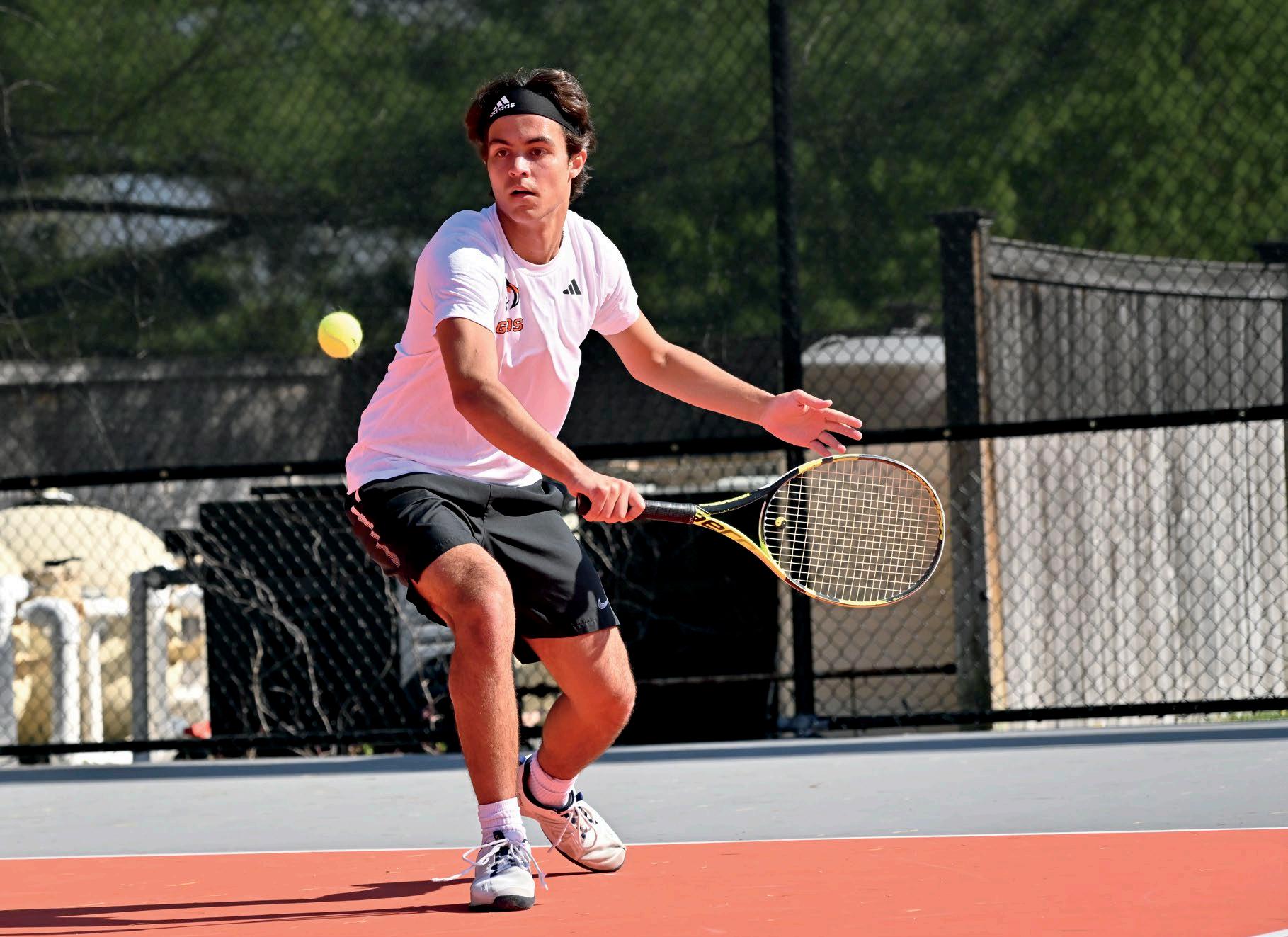
On the Cover:
Kensho Watanabe ’02, Lincoln Center
Cover Photo: Ariana Lubelli-Brown
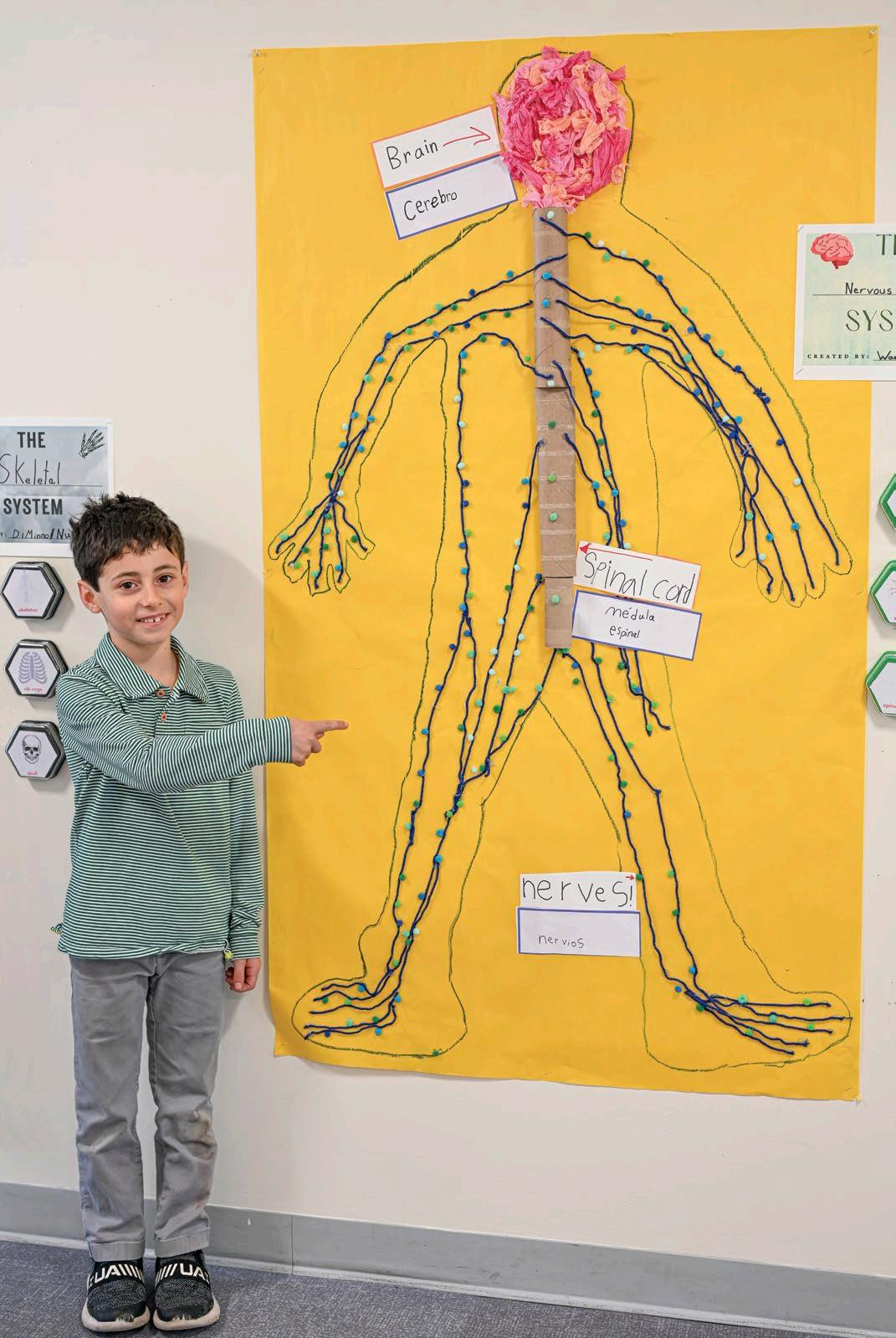
4 Grade 7 Field Ecology
7 Junior Thesis: A Yearlong Journey
10 Professional Development Day
14 Teacher Profile: Steph Lehn, Grade 4 Teacher
18 Kensho Watanabe ’02 Conducts at the Met
22 Jazz Fest Makes Debut
24 Urinetown Upper School Musical
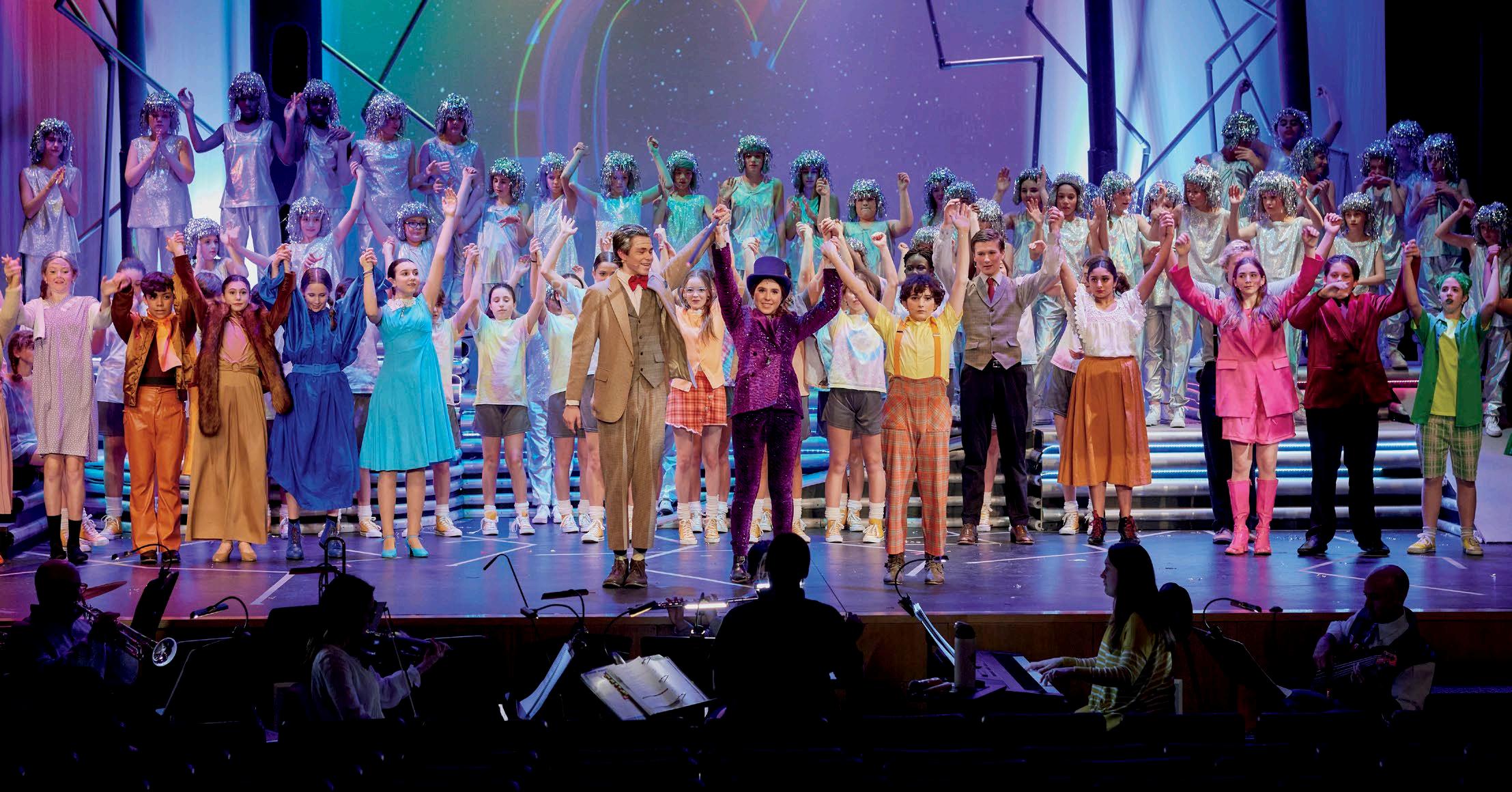
27 Festival of the Arts
30 Dance Showcase
38 Kindergarten Circus
47 Meet Our Coaches
59 Alumni News & Notes
71 Tiger Bash
Viva Country Day!

 By Stephanie Rapciak, Middle School Science Teacher
Seventh-Grade Science Teaching Team: Evie Harrison, Stephanie Rapciak, Morgan Withrow
By Stephanie Rapciak, Middle School Science Teacher
Seventh-Grade Science Teaching Team: Evie Harrison, Stephanie Rapciak, Morgan Withrow
The first thing that Evie Harrison noticed when she arrived at Old Church Road as a new Middle School Science teacher two years ago was the bountiful nature. “I remember being impressed with how beautiful the campus was and how much access there was to the natural world and outdoor spaces.”
As we spend more time indoors and technology begs more of our attention, it is easy to create boundaries between the human experience and the nature that surrounds us. With that in mind, Morgan Withrow, Evie Harrison, and I sought to give seventhgrade students an authentic opportunity to explore our vast campus. In the spring of 2022, we developed a new field ecology unit with one simple and important goal: for our students to form a personal connection with GCDS’s ecosystem.
Up until this point, a seventh-grade science unit typically began with students organizing teacher-created worksheets in their science binder. To embark on a unit with such a personal goal, we knew that their daily work had to be more distinctive, unique, perhaps messy. For the next several weeks, students set aside their binders in favor of a new tool—a field notebook. Before venturing into the field, we studied the field notebooks of professional ecologists. Some were driven by numerical data and others contained expressive sketches of organisms in the field. Students learned how ecologists note down observations, questions, locations, and the environment. They noticed how the notebooks were similar to personal diaries, and practiced making their own entries. Equipped with their new field notebooks, students began to closely observe their own ecosystem.
We first studied an often-overlooked aspect of our campus: the power of water. As students rock-hopped down the (unofficially named) Gneiss Creek, they noticed weathered rock, examples of erosion and deposition. They came upon the confluence with the larger Greenwich Creek, which raised questions about how Ice Age glaciers sculpted the twists and turns into the land we use today. We went outside to answer questions about the Stone Cottage, rock walls, and the curious striations on the outcropping of bedrock by the Dining Hall.
As the weather gradually warmed from late winter to early spring, students asked more questions about the vast array of nature’s changes. After a particularly heavy rain, a proliferation of algae sprouted in the pond, seemingly overnight. To investigate, students conducted water quality tests to learn how elevated levels of nitrates and phosphates—often caused
by agricultural runoff—can decrease dissolved oxygen levels needed by aquatic life. When trees started to bloom and seeds covered the sidewalks, students learned about seed dispersal, germination, and photosynthesis. The athletic field, dotted with robins searching for worms, was an idyllic classroom for a lesson on biotic community and population ecology. The bamboo forest sparked conversations about invasive species and how they disrupt evolved food webs and demand ecological resources. In each successive trek through our campus, students had more tools and knowledge to observe and connect to their surroundings.
After studying various aspects of the GCDS ecosystem, students were ready to start their final projects. To kickstart inspiration, we asked them to pick their favorite observations or questions from the unit. This process generated a vast and diverse group of topics. Some students wanted to study glaciation, others were curious about the diversity of wildflowers, and some wondered about the impact of pollution. Once they connected with a final topic, they needed to determine what they would create to demonstrate their learning.

As a veteran teacher of 16 years, I can say with confidence that this unit has been my favorite. Students were fueled by curiosity and were excited to discover more about our campus. It was fascinating to see the range of students’ ideas. At the start of the project phase, no one is left without an idea and I have never encountered that before.”
— Morgan Withrow, MS Science TeacherHow could students demonstrate a deeper connection to nature?


We wanted the final projects to be as diverse as their observational prowess, so students learned about professional role models whose work reflects deep observation: field ecologists, environmental activists, painters, sculptors, poets. The connection between the work of scientists and artists was surprising and intriguing to many students.


Ben Gaspar ’28 was interested in the artistic route early on. “When I noticed some flowers starting to bloom on our hike, I thought it would be cool to know all of the flowers that bloom on our campus. Ms. Withrow told me that this would be a great topic for an artistic project. I had no idea that this observation could turn into a project, but I was excited to start,” he said.
Anika Khichadia ’27 and George Athanasopoulos ’27 conducted a photographic study to determine which flowers attracted the most pollinators. Jelani Brown ’27 and Jack Rubenstein ’27 wanted to know the nitrate levels at different locations of Gneiss Creek. Ellie Hillenbrand ’27 observed numerous aspects of blue jays and created detailed watercolor diagrams. As the projects developed, Morgan Withrow reflected, “As a veteran teacher of 16 years, I can say with confidence that this unit has been my favorite. Students were fueled by curiosity and were excited to discover more about our campus. It was fascinating to see the range of students’ ideas. At the start of the project phase, no one is left without an idea and I have never encountered that before.”
The anticipation of beginning the second year of this unit led us to wonder about other ways to engage students across the boundaries of academic disciplines and classroom borders. Presenting our project during the GCDS Professional Learning Day in February (see story on page 10) prompted many of our creative colleagues to share ideas for interdisciplinary connections through dance, song, and visual art. Middle School Art Teacher Keith Simpson noted, “When hearing about the exciting field ecology projects, the first thing I thought about was carbon-based black inks, charcoal, and even candle soot black. Students could use these raw materials for artwork while appreciating the carbon cycle. How amazing is it that a tree builds itself from breathing in carbon, and students can extract and draw with it?!” In many ways, the ever-evolving nature of this interdisciplinary project mirrors a fundamental truth of our ecosystem; there is strength in connectivity. )
The Junior Thesis is one of GCDS’s signature programs, housed within the Grade 11 Seminar course taken by every Junior. Building on skills built in Grades 9 and 10, students apply their learning to produce a meaningful academic project—a piece of solidly researched, polished prose written in stages over a period of months—proposed in the fall and defended in the spring. The Junior Thesis Program engages the entire faculty, whether as Seminar teachers, thesis advisors, or third readers, and as such stitches the school together in a shared institutional enterprise. The experience has become an important milestone in a GCDS education.
The Math Behind Rubik’s Cube Solving and the Superiority of the Fridrich Method
Chloe Caliboso picked up cubing during the pandemic. “I was obsessed with the Rubik’s Cube and got down to 24 seconds as my record.” Chloe started playing with it again around the time she had to choose her Junior Thesis topic. “I thought to myself, I love cubing and want to know more. Let me dive into this.”
Chloe, who is pursuing a GCDS engineering diploma, knew that she wanted to focus on a topic related to math or computer science. She will be taking CSX, an advanced computer science class next year, and also loves painting and the arts. “I wanted to work on something both STEM-related and aesthetically pleasing.”
Chloe met with her thesis advisor, Upper School Math Teacher Andrew Dutcher, every week. “Learning how to talk about math was one of the hardest things I had to do,” she said
For at least the first four meetings, Chloe said that she left the meetings confused. Nonetheless, she persisted with Mr. Dutcher for possible paths forward. Mr. Dutcher gave her math riddles to help focus her. “With puzzles and math, you have to really think a certain way in order to fully understand the intersectionality,” she explained.
Chloe researched how mathematicians calculated that there were 43 quintillion possible permutations of the Rubik’s Cube. From there, she calculated the algorithmic reduction to figure out which of the three main methods solves

the game the fastest. In doing so, she learned that the most popular method, the Fridrich method or the CFOP method, is not the fastest method.
Chloe concluded that “just because something is algorithmically the fastest, it doesn’t necessarily mean that it is the most popular or efficient method.”
Chloe didn’t know anything about Jessica Fridrich, the founder of the CFOP method and a professor of Electrical and Computer Engineering at SUNY
Binghamton University, who is also a fine artist, before her research. “I really fell in love with her story and how her method brought popularity back to the Rubik’s cube,” she recalled.
“I think if you choose something that you really enjoy but don’t know that much about, this is going to be a really great journey for you,” said Chloe about her Junior Thesis. “You’re going to have a lot of fun. That’s what had happened to me.”
Henrik Shah-Gustafsson sees a future with a transformed fishing industry. Last spring, he and his mother had been talking about a burgeoning new field of cellular agriculture. As a student interested in biology and chemistry, this new technology piqued Henrik’s interest as a Junior Thesis topic.

Cellular agriculture is the process of using bio-engineering and cell development techniques to produce food items, in particular fats and proteins, explained Henrik.
Upper School Biology Teacher Nathan Haag served as Henrik’s advisor and encouraged the pursuit of this topic. However, Dr. Haag pushed Henrik on specificity. “I shifted from cellular agriculture as a whole field, to the production of three types of fish—tuna, salmon and carp,” he said.
His thesis focused on the potential impact of cellular agriculture for these three fish on local economies and ecosystems. It dealt with the technology’s theoretical application, but also explored the developing scientific processes that exist currently.
“There are multiple problems with fish farming and traditional fishing, such as pollution and animal rights,” said Henrik.
“There’s an increase in population, an increase in protein demand, but a decreasing stock in fish,” said Henrik, who is pursuing an engineering diploma. “Cellular agriculture could be a promising technology to produce food sustainably,” he said
The new technology will have a multitude of benefits, such as reduced resource usage and health benefits for humans, explained Henrik. “In order to feed 10 billion people, we have to look for new solutions.”
Aside from their regular meetings, Henrik would reach out to Dr. Haag anytime he wanted to talk through an idea or problem. “I would just send him a
message and we would meet to discuss my ideas and obstacles,” he said.
Prior to the Junior Thesis, Henrik had never written a 12-page paper before. He admits that initially the writing process was challenging. “I had to overcome the idea of the length of the paper,” he explained.
Campbell Green not only dances ballet, but she also wants to understand the history and psychology of ballerinas, past and present.
Over the years, Campbell has danced with ballet companies and has noticed that people have negative stereotypes of dancers around eating disorders and body image. “I wanted to know where these stereotypes came from.”
As she began to dive deeper into the subject of women’s mental health in ballet for a Junior Thesis topic, she learned
Although it has been almost a year of researching cellular agriculture, Henrik is not tired of the subject matter and, in fact, wants to continue studying the topic. “Since it’s a new field, there’s always something interesting to learn. I want to further my knowledge.”
about Degas’ iconic sculpture of the 14-year-old ballet dancer. “It sparked my interest about what it must have been like to be a ballerina in the 1800s.”
Campbell learned about the history of the Paris Opera and creation of the dance program. Originally, the ballet was geared toward wealthy male subscribers who would become patrons of their favorite dancers, funding their housing, education, and careers.
At the time, parts of French society had an unfavorable view of ballerinas
How Degas’ Statue, “Little Dancer, Aged Fourteen,” Had Serious Implications for the Dance World, Which Resemble Stereotypes and Practices Still Harming Dancers TodayHenrik Shah-Gustafsson
because of their association with prostitution. “These ballet girls often had no choice because they were impoverished and were dancing as a job to support their families,” said Campbell.
At the age of 14, it was decided whether a girl had a “ballet body,” explained Campbell. Degas befriended dancers like Marie van Goethem, the subject of his sculpture, and represented them naturally, as opposed to pictures of perfection. “He drew them as real people, not through a stereotypical male gaze. That was unorthodox at the time— and even radical.”
Campbell divided her thesis into two parts. The first part tackled the history of the Paris Opera and the second looked at modern media. She wrote about Black Swan, a 2010 psychological thriller starring Natalie Portman, who struggles with perfectionism and an eating disorder, and deals with sexual harassment. “In a way, the film mirrors the 1800s.”
“Ballet has been seen as something that didn’t empower women,” said Campbell. However, she cites more modern research and attitudes that counter the narratives of the past. Ballet is considered a respectable form of high art
STEM
and patrons have genuine appreciation for the dancers’ talent. Campbell found studies that show that many ballerinas today are “empowered” by their art.
Campbell, who worked closely with her thesis advisor Annie Ogden ’14, Upper School English Teacher, and her Seminar teacher Paula Russo, enjoyed

every aspect of the Junior Thesis. “I found it easy to write because I picked a topic that I’m passionate about and very vested in.” )
Zainn Amin “The Causes and Effects of Anterior Cruciate Ligament Tears and How the Data from Respective Tearings Will Help Future Generations of Athletes”
Michael Caepek “The Impact of Grass Lawns and the Importance of Replacing Them with Native Flora”
Chloe Caliboso “The Math Behind Rubik’s Cube Solving and the Superiority of the Fridrich Method”
Evelyn Fitts “The Abomination of Adolescence: Obsession in John Green’s Literary Works”
Ella Davis “Donald Duck and WWII: War Propaganda Through Fairy Tales”
Henrik Shah-Gustafsson “Fishing For Complements: The Environmentally and Socially Necessary Impact of Supplementing Tuna, Salmon, and Carp with Cell-Based Seafood on the Global Environment and Economy”
Zach Rosenberg “Defense Industrial Base Economic Analysis: Structural Weaknesses Within the Industry”
Ceanna Hidalgo “Filipino Mothers’ Relationship with Authoritarian Parenting”
Ruby Cosgrove ”Incarceration and Creation: Art as a Transformative Force”
Campbell Greene “How Degas’ Statue, ‘Little Dancer, Aged Fourteen,’ Had Serious Implications for the Dance World, Which Resemble Stereotypes and Practices Still Harming Dancers Today”
GCDS faculty paused their classroom teaching on Feb. 16 for a schoolwide Professional Development Day. The day started with a keynote address by John Spencer, an expert in project-based learning and creativity in the classroom. Mr. Spencer, Associate Professor of Education at George Fox University and former Middle School teacher, along with members of the faculty, also held several workshops throughout the day on similar topics.


“I am on a quest to help teachers unleash the creative potential in all of their students so that kids can be makers, designers, artists, and engineers,” said Mr. Spencer in his opening remarks. “Classrooms should be bastions of wonder.”
Mr. Spencer used research and examples to stress the importance of student-centered learning that values collaboration, risk taking, authentic experiences, iterative thinking, and finding problems as well as solving them. “We have to get our students ready for the creative economy and that requires the chasing of curiosity.”
“Mr. Spencer’s messages are aligned with the GCDS’s Portrait of a Learner and are in support of our mission, values, and academic program,” said Jacqueline Jenkins, Assistant Head of School. “Mr. Spencer’s talk and workshops allowed faculty to
keep abreast of current research, proven practices, and trends in education. It also provided an opportunity for faculty to reflect on and make shifts in instruction.”
Alongside Mr. Spencer’s workshops, several teachers presented best practices in student-centered learning.

Our workshop focused on the Question Formulation Technique (QFT) from the Harvard Graduate School of Education. The goal was for our colleagues to understand the structure of QFT and to experience it themselves.

The QFT is a structured method for generating and improving questions. It helps to increase student engagement and foster curiosity, and shifts the onus of brainstorming questions from teachers to students. The skills that students acquire through QFT will help them to develop critical thinking and collaboration skills and feel empowered over their own learning.
During our session, 60 teachers working in small groups shared practical examples of QFT across grade levels and disciplines. Our participants were able to see how QFT can be easily
utilized in their classrooms. Teachers were given a QFocus—a compelling photograph—without any context or background. Their job was to generate as many questions as possible about the photograph. As facilitators of the QFT, we witnessed collaboration, thoughtful reflection and pausing, and the encouragement of each others’ ideas. In the larger group, we discussed the value of open-ended and closed-ended questions and when they are most beneficial to use. It was rewarding to hear how first grade, middle, and high school teachers planned to use this accessible learning technique in their own classrooms.
In this workshop, teachers practiced applying the Understanding by Design framework, which encourages us to shift our thinking from “What do you teach?” to “Why do you teach what you teach?” This thinking protocol helps us answer “What do you want your student to understand, even after they may have forgotten the details?” Knowing what learning we most want to “stick” with students can help us align our program towards meeting those big-picture goals, and can inspire us to seek new ways of helping students grow their understanding. Guided
John Spencer’s keynote was equally personable and pedagogically informative. Seeing the parallels between his message and the work shared by teachers across divisions affirmed the work we’re doing at GCDS. I came away with new ideas and potential projects that got me excited to plan the rest of the year and beyond.”
—Trevor Aleo, Upper School English Teacher
by our GCDS Portrait of a Learner, we explored questions like “What is worth learning? What skills will our students need? How do we know when we have met our learning goals?” We examined ways to engage students from the outset of a new unit and unify our focus around a common purpose that can later be baked into every small moment in our classrooms.
In one example, we worked to define the purpose of Upper Elementary School writing. After much discussion and review of the skills and content we teach, we summarized two powerful enduring understandings that we hope students grow through our writing curriculum:


1: Writing is a process.
2: Clear communication leads to clear understanding.
While those may seem like two short sentences, they can serve as an overarching guide to help teachers align the thousands of lessons, assessments, and activities that writers learn from at GCDS. These phrases can be hung up in a classroom, and can be there to guide a student who might wonder, “Why do I have to revise my first draft?” The answer, of course, is not because “my teacher said so,” but because writing is a process, and since we want to be understood, we need to revise our work and communicate clearly. Helping students develop this long-term understanding takes time, but with all teachers helping to work together towards a common goal, the power of our curriculum is limitless! )
The Middle School Math Department was fortunate to spend time with John Spencer. He was incredibly supportive of our current projects such as Grade 8 Barbie Bungee, Grade 7 Probability Carnival, and the Grade 6 tent project. Mr. Spencer noted aspects of our work that blend perfectly with project-based learning principles, while also offering valuable feedback we will implement on the next go-around with these activities.”
Taylor Jones, Middle School Math Teacher, and Department Chair
John Spencer’s talk set my mind in motion to restructure a focus in our seventh-grade history unit. In the past, the teachers have had a project focused on important Renaissance and Reformation figures. Taking that as a basis, this year we have created the unit to be much more project-based. For this unit, each student researches a Renaissance/Reformation figure and then becomes that figure, giving an oral presentation in character—in costume—and using a poster or slideshow to enhance his/her presentation.
He offered key ‘nuggets’ that we can implement in our curriculum slowly and effectively, enabling us to implement project-based learning at its finest, embracing the challenges equally with the successes, all to the benefit of the students and enriching our own professional development.”
Eleanor Gagnon, Middle School Humanities Teacher
The Upper School invited alumni and parents to evaluate student presentations in a class called Economics: Scarcity, Competition, and Drivers of Wealth, taught by Upper School Math Teacher Andrew Dutcher. Students had an opportunity to practice presenting findings from their “Consulting Briefs” to “clients.” Over three days in April, Chip Baird, Shahryar Ovessi ’95, Jeremy Goldstein, Mike Triplett, David Kestnbaum ’97, and Matt Berdoff ’05 acted as a mock board of directors and critiqued student presentations focusing on the validity of the recommendations and the depth and creativity of the research.
Astudent consulting team of Juniors Ainsley Carella, Avery Sleeper, Dan St. Louis, and Bailey Gendason dove into Peloton’s SEC filings and current news to identify challenges the company is currently facing. Their research found Peloton had an excess in inventory for their connected fitness products, a rigid management structure, and eroding customer loyalty. Once they had discovered these issues, the consulting team developed recommendations to improve Peloton. The team vetted their recommendations with supplemental research focusing on the lenses of management, market, competition, strategic growth, and profitability, leveraging the material and skills they had learned throughout the year.
This full-year course for 11th- and 12th-graders reflects the Harvard Business School case study model to grow key skills students need to succeed in business. The students start the year by exploring the idea of ‘Value’ by answering the question, “How do we improve a country’s economy?” After, they further develop their understanding of macroeconomic the -

ory by applying value to growth. Finally, the students wrap up the first semester with a dive into strategic decision-making, seeking to model a current event with their own game theory model. Building on the skills and content established in the first semester, the students dive into two 2-month projects— first, a consulting process as described above, and second, an entrepreneurial deep dive—to finish out the year. Both projects provide opportunities for the students to present work to the community and learn from experts.
“Last year when developing this curriculum with Dr. Ruoss, we determined that skill building in conjunction with content mastery was necessary for students seeking success in business programs,” said Mr. Dutcher. “Having the knowledge of vocabulary is useless if you don’t understand how the systems that are in place work. The class seeks to have students dive deeply into consulting case studies and learn key skills like building structure around a problem, triangulating information, prioritizing information, communicating effectively with a team, and managing long-term deliverables.”
Ainsley Carella valued the experience of meeting members of the broader GCDS community. “Answering the post-presentation questions posed by an audience of knowledgeable GCDS alumni and parents elevated our project to a new level of purpose and connection. Not only did I learn to think on my feet, not only did I learn consulting tactics from successful professionals, but our class as a whole was given the unique opportunity to forge a meaningful connection with genuinely caring individuals who reflect the core values of our school.“
Left: Ainsley Carella, Avery Sleeper, Dan St. Louis, Bailey Gendason
Below: Andrew Dutcher, Chip Baird, Shahryar Ovessi ’95
Steph Lehn has been cultivating Tiger Pride on Old Church Road for her entire professional life. She is an effervescent part of the weave that makes not just our Upper Elementary division, but the broader Greenwich Country Day community the vibrant place it is. To enter Steph’s orbit is an affirming and joyful experience for children and adults alike. There are scores of GCDS students and families who all love our school a bit more because they know Steph.
I was excited to talk with Steph about teaching, children, and our school.
When did you first think of yourself as a teacher?
I found swimming as a sport when I was young and quickly discovered how much I enjoyed staying after my practice to help with the youngest kiddos. The joy I felt with this volunteer job led to what became my consistent summer job as a lifeguard and swim instructor. I taught lessons to kids each day and quickly discovered how satisfying and fun it is to watch someone grow and improve.
Despite this experience, when I started at Boston College, I entered the pre-med program because society told me medicine is an important calling. When it came time to register for classes my junior year, my heart wasn’t in it. I became a psychology major and wasn’t really sure what my next step would be, but when I met a GCDS rep at a BC job fair my senior year, all of my incredible memories at the town pool came flooding back.
The rest is history.
What about fourth-graders inspires you?
Their energy, their passion, their curiosity. They are old enough to explore and develop their own identities, but still delightfully innocent and optimistic. I love watching them discover what brings them joy. I love helping them learn more about themselves as students and people. I love their loyalty to their
friends—how they are seeking independence, but still need the close connection with the grown-ups in their worlds. I love how funny and playful they are.
Penn has recently included a Thank You Note as an essay option for their application. As a teacher who would you write to? Who inspired/inspires you?
Jen Donnalley: First as colleague, now as dear friend. Her optimism, energy, and passion for all things service and teaching are admirable. I am grateful every day I found her so early in my teaching career. Running the service program in the old “Middle School” gave me incredible opportunities as a young teacher. I was able to connect with kids of all different ages, create new activities and programming with her support, and be directly mentored by one of the greatest! How lucky was I?
Sarah Cauldwell: She was a staple on the fourth-grade team when I started teaching science in 2006. She had a way with both parents and students that inspired me to connect more deeply— with students as a whole person and with parents as an empathetic partner. We were close when I taught science, but when I joined the fourth-grade team as a homeroom teacher, she took me under her wing. She cared about me as a teacher, but also as a person. I knew her when I was 24-years-old finding my way after college, and she cheered me on as I stepped into marriage, motherhood, and new professional opportunities. She knew intimately the challenges and joys this journey would bring, and somehow inspired me to be a better teacher while instilling the importance of work-life balance for my family.
Mr. Trapotsis: My high school honors and AP chemistry teacher. His classes were some of the hardest I ever took, but

I loved them. He taught me a lot about the power of mistakes, the joy in grappling with new information/ideas, and what it means to feel supported.
How do you hope students leave your classroom in June?
I hope they know they are so deeply loved and cared for by the people in their world—parents, friends, and teachers. I also hope they leave with a deep understanding of what they are capable of. And I don’t mean multiplication or completing a story arc . . . I mean that they have a growth mindset and they value who they are and the journey they are on.
I also want them to know that I will forever be their cheerleader, support system, ally.
You are a teacher leader with your work with the GCDS Center for Public Good. What role can service play in a child’s learning adventure?

All people want to put good out into the world. CPG does an incredible job providing a wealth of opportunities to do that. Building that identity in students helps them to be better friends, siblings, children, teammates because it requires them to think outside themselves, offers perspective, and brings kids together in a beautiful way. Every child cares about all children having a birthday party or food for their table at each meal. They all want to do whatever it takes to make that happen. In our house, we have a small quote board that we change periodically. Since January, it has said, “What did you do to
make someone else’s life better today?” This is something we talk about frequently. When our kids get out of the car in the morning or walk out the door to meet their walking buddies, we remind them to say thank you, be kind, and look for ways to be good friends. We appreciate that this is something that is reinforced in their school environment because we care more about our kids being good people than we do about their level of academic achievement. Don’t get me wrong, academics matter to us too, but their character is far more important to us than their score on the MAP Growth Test.
I am in awe of all Austin (Lehn—US science teacher, baseball coach, CPG coordinator, and Steph’s husband) has done to make service come alive in the US. I love being able to help support the work he is doing. Whether it be brainstorming ways to teach a science class to elementary school students with an intersession group or sharing a craft for students to do with their students at Building One Community, it fills my bucket to support his work and put more good out into the world.

It’s the best. We’re part of a village of incredible people. Being in multiple divisions provides a wonderful opportunity to facilitate connections between people, both students and faculty, and curriculum. Even though I don’t teach in the Upper School, I feel like I know some of the students through Austin. Recently, I had the opportunity to go see some rock star student playwrights have their work showcased at The Palace Theatre. I wouldn’t have known this was happening if it wasn’t for Austin.
While listening to the book, The Light We Give, recently, I had an a-ha moment. It validated my experience on Old Church Road. Simran Jeet Singh shared, “Our internal disconnection is the greatest source of unhappiness in our lives.” In my mind, I immediately spun this to the positive (teacher brain) and thought of GCDS. Tiger Pride, and the values we strive to model in our faculty and instill in our students, aligns so closely with my priorities as a human and a parent. It is a large part of what has made me and my family so happy here.
I love my students, I love partnering with parents and colleagues to help students be their best selves both academically and as people. I love being part of this journey of growing up and the joys and challenges it brings. I feel like everyday I get to make a difference in someone’s life—whether it be a student who I help to understand the subtraction algorithm or a colleague I brainstorm with to find ways to make a lesson come alive.
I get to spend my days learning—from my students, from my colleagues, from my administrators, and from my students’ families. Not everyone can say that about their job!



Upper Elementary and Middle School hosted middle grade author Karina Yan Glaser on April 27. The New York Times bestselling author of The Vanderbeekers series and A Duet for Home, Ms. Glaser is also currently the Dorothy Carter 2023 Writer-in-Residence at the Bank Street School for Children. Ms. Glaser guided two fourth-grade homerooms through a writing workshop with a focus on how to use setting to bring a story to life. She met with the Mock Newbery Book Club, as well as a group who read A Duet for Home earlier in the year. To conclude her visit, Ms. Glaser gave an interactive presentation to all Upper Elementary students and faculty.
“She inspired students by sharing her homemade journals, and she captivated them with anecdotes of her pets, upon which the Vanderbeekers’ beloved animals are based. Throughout the author’s stay, GCDS students asked Ms. Glaser thoughtful questions that sought to connect her successful journey to their personal writing paths. The Vanderbeekers series has been consistently popular in the GCDS Library, and the waitlist continues to grow following Ms. Glaser’s visit,” said Ellen Gittes, Upper Elementary School Librarian.
Author Wendy Wan-Long Shang visited the Middle School on Tuesday, April 11, to talk about her most recent book, The Secret Battle of Evan Pao, a 2022 ALA Notable Book selection, as well as her previous books. She spoke about her experiences growing up as a Chinese immigrant in Virginia and how discovering that Chinese soldiers fought in the American Civil War inspired her to write the story.
“We chose The Secret Battle of Evan Pao this year for the Middle School faculty and students to read because the novel speaks to ways that those with different perspectives and backgrounds can reach understandings that foster personal growth and a greater sense of community,” said Susan Polos, Middle School Librarian.

At the annual Parents’ Association APPLE Faculty & Staff Appreciation Luncheon on April 21, members of our faculty and staff celebrated their 10, 15, and 20-year anniversaries at Greenwich Country Day School.

In addition, the following faculty members were awarded Faculty Chairs:
LINDA NORTHROP FACULTY CHAIR AWARD
Given annually in honor of Linda Northrop to that member of the faculty or staff whose character and kindness as a teacher, friend, and role model reflect the qualities that Linda so cherished about GCDS. Over her 15 years as a Country Day parent, Linda admired the care and passion that the faculty and staff had for developing the character of students.
David Krumlauf, Director of Facilities
MITCHELL FAMILY FACULTY CHAIR AWARDS
Thanks to the generosity of the Mitchell family, four chairs, one for a faculty member in each division, have been created to honor the great faculty of GCDS and reward excellence in the classroom. Nicole Mitchell, a beloved member of faculty from 2007 to 2021, and her children Donovan and Jordan, wanted to demonstrate how much the faculty of Country Day have impacted their family and how much they value our teachers.
Sheila Drenckhahn, N–5 Physical Education Teacher
Ellen Gittes, Upper Elementary Librarian
Laura Moore, MS Counselor, Health Teacher
Shannon Hubertus, Upper School Science Teacher
The Broadbent Family Fund is designed to support the work of GCDS faculty members in the fields of conservation and environmental education. The fund makes grants to encourage faculty members’ learning and awareness of environmental issues through trips, speakers, activities, or other opportunities.
Ellie Molyneux, Grade 5 Science Teacher
10 YEARS: Alfredo Sanchez, Facilities Staff, Anabel Pérez Wills, Director of Advancement, Pat Curry, Associate Athletic Director, Head Athletic Trainer, Jeff DeTeso, Director of Wellness and Student Support, Britt Carnegie, Middle School Math Teacher, Liza Suter, Kindergarten Teacher, Michael Reynolds, Director of School Safety and Security, Abby Arcati, Lower Elementary School Student Support Teacher, Andrew Niblock (front), Director of Schoolwide Initiatives
20 YEARS: Marshall Spooner, Assistant Head of Middle School, Math Teacher, Sara Whittlesey, Pre-K Teacher, Austin Lehn, Upper School Science Teacher, Assistant Director of Center for Public Good

15 YEARS: Lauren Waller, Upper School Dean of Faculty, English Teacher, Lori Capossela, Admissions Counselor, Claire Bixler, Middle School Dean of Students, Math Teacher

On Dec. 15, 2022, Kensho Watanabe ’02 made his Metropolitan Opera debut conducting Kevin Puts’ The Hours, an adaptation of Michael Cunningham’s acclaimed novel. Inspired by Virginia Woolf’s Mrs. Dalloway and headlined by world-famous prima donnas Renée Fleming, Kelli O’Hara, and Joyce DiDonato, the powerful story is about three women from different eras who each grapple with their roles in society.
This May, Watanabe returned to Lincoln Center to conduct a performance of Champion, Terence Blanchard’s jazz-infused opera about Emile Griffith, a closeted young Black prizefighter. As Watanabe described, “It’s about a real person who lived a very operatic life. It’s the kind of story that hasn’t been told on this stage before.”
Watanabe, a violinist by training, is fast becoming one of the most sought-after and versatile young American conductors. Watanabe was involved with the production of The Hours from its very early stages. Working closely with a team of artists, he helped to workshop the production at the Cincinnati Opera, and then with the Philadelphia Orchestra.
“It’s been thrilling to work with artists of such a high caliber and to witness the production at various stages of the process,” said Watanabe. “And to be able to make my debut here at the Met at the age of 35, performing a piece that I’ve gotten to know so well, I never imagined this.”
Watanabe, who lives in Paris with his wife Laëtitia Lancellotta, has guest-conducted orchestras and operas throughout the United States, Europe, and Japan. Recent highlights include his debuts with the Houston Symphony, Royal Scottish National Orchestra, Detroit Symphony, Brussels Philharmonic, and the BBC National Orchestra of Wales, as well as his Japanese debut at the Matsumoto Festival.
For much of his musical career, Watanabe has been steeped in classical music. The opportunity, however, to work with living composers who are engaged in contemporary issues is a welcome challenge.
“I love the classics, but it’s been very special to work with living composers. They are telling the stories of our time,” he said.
Like his mentor, Met Music Director Yannick Nézet-Séguin, Watanabe is equally at home in both symphonic and operatic repertoire. The two musicians have been connected since their days at the prestigious Curtis Institute of Music in Philadelphia, where Watanabe was Nézet-Séguin’s first conducting fellow. Watanabe then served as Assistant Conductor of the Philadelphia Orchestra from 2016–2019, where Nézet-Séguin is also the Music Director. For The Hours and Champion, Watanabe was hired as part of the Met music staff to assist with the production, conducting staging, and music rehearsals. He was also contracted for one performance of each run.
“We’ve been tied together for many
years,” said Watanabe. “I’ve been very fortunate to be around him for as long as I have.”
It’s hard to believe, but Watanabe didn’t always know that he wanted to be a conductor. Although he has played the violin seriously since he was a child, Watanabe entered Yale University thinking he would become a doctor and majored in biology.
“Even though I thought I was going to be a doctor, I still loved playing the violin and wanted to pursue it at the highest level possible with no plan of doing it professionally,” said Watanabe, who continued to play with orchestras and quartets while an undergraduate at Yale.
Looking back on his childhood, he said, “I really appreciate both my parents and GCDS for not forcing me to specialize too soon. At GCDS, we were encouraged to pursue both our interests and a broad range of activities.”
“I think when you have exposure to a variety of things when you’re young, your curiosity is ignited and your mind gets shaped in a certain way,” said Watanabe, who was very interested in math and science, but also loved woodshop and printmaking. And although he was serious about the violin, he even tried the clarinet and had a part in a musical.
When Watanabe was 5 years old, he and his family emigrated to Greenwich from Japan. He remembers that there were not many other children like him at school. Nonetheless, he remembers how his teachers encouraged him and made him feel like a part of the community. “My teachers will always be very dear to me,” he said.
After GCDS, Watanabe attended Horace Mann School in the Bronx while taking classes at The Juilliard School’s pre-college program every weekend.
It wasn’t until he was applying to med-
“I want to be the spark for someone discovering this music and wanting more of it—that’s why I do what I do. If we are just performing the same pieces for the same people, we’re not really doing much for the art form.”
ical school while writing his personal essay about why he wanted to become a doctor that Watanabe paused to reflect about his future. He thought he needed to give a music career a shot. His path from being a violinist to becoming a conductor has been a journey of self-discovery.
“I can’t tell you how many thousands of concerts I saw as a child with my family. I don’t think at any point I thought, I want to be that guy on the podium. What I love about conducting is not necessarily what people see from the outside.”
As a conductor, Watanabe considers himself a vessel through which music passes.
“I’m able to bring people together and point them all in one direction for a short amount of time. I support the musicians in
a way that allows them to play their very best and brings about a shift in the music or emotion that I feel through my experiences and study of the music. My goal is to represent the composer’s work in the best light and that requires me to be truly open to the music and the other musicians.”
Watanabe is concerned that the classical music and operatic world has been closed off for too long to too many people, and he is committed to making it accessible to a broader audience and supporting composers from a diversity of backgrounds.
“I want to be the spark for someone discovering this music and wanting more of it—that’s why I do what I do. If we are just performing the same pieces for the same
people, we’re not really doing much for the art form,” he said.
“There’s a great opportunity for artists of my generation to make our worlds much more inviting. That doesn’t mean that we’re never going to play Brahms again. We just want to add more items to the menu.”
Watanabe is looking forward to the 2023–2024 season. In the fall, he will conduct Puccini’s Madame Butterfly at the Detroit Opera. Next May, he will return to the Metropolitan Opera to conduct a full run of The Hours.
Eventually, Watanabe would like to be a music director of an orchestra or opera house. “Right now, though, I just want to continue to learn and develop as a conductor and musician.”

The Upper School Computer Science team received the top score, a perfect 120, sharing a first place win in the 2023 American Computer Science League (ACSL) Finals Competition, Senior 3 Division.

The ACSL is an international competition that tests students on fundamental concepts in computer science, ranging from Number Systems to Boolean Algebra to Digital Electronics. In the upper divisions, each contest also includes a problem to solve by programming using Python, C++ or Java. The competition is designed to promote interest in computer science and to help students develop their problem-solving skills. Competitions are held online four times a year. At the end
of the year, the top students are invited to compete in an online Finals competition.


The GCDS team, which is composed of twelve members, competed in the Senior 3 division with 106 other teams. They were up against some very tough competition, and they were able to rise to the challenge and win first place! “I am so proud of our team for their hard work and dedication. They have shown that they are not only talented computer scientists, but they are also great problem-solvers,” said Gordie Campbell, Computer Science Team Advisor.
The senior team includes: Matteo Andrade, Ainsley Craver, Felix Hentsch-Cowles, Michael Hisler, Imran Iftikar, Yash Jain, Abe Milgram, Eli Murphy, Andy Pauley, Michael Powell, Harrison Servedio, Oliver Stern

Ninth graders worked on an interdisciplinary project aimed to answer the question “Is all progress beneficial?” As the students explored the world of modern genetics in their biology classes, they researched various current day bioethical questions ranging from “Should we be genetically modifying our food supply?” to “Should we be gene editing human embryos?” Through critical thinking, discussion, and collaboration, the students worked to develop claims supported by evidence from research. They demonstrated what they learned as they engaged in team debates about these topics for an authentic audience of classmates, teachers and administrators.
Seventh graders designed games of chance for a Probability Carnival on May 3. Upper Elementary students and Head of School Adam Rohdie tried their luck, while seventh-grade mathematicians

“wheeled and dealed,” showing off all that they had learned about probability and collecting data to support or refute their predictions. This year, each game also included a maker space component.

Second graders learned about six human body systems and created diagrams showcasing all they had learned. Each class chose one system to rebuild with recycled materials. The Creativity Lab integrated audio buttons that can be pressed to listen to a second grader sharing how the system works.



Fifth graders spent a part of the spring semester learning about the causes of the Civil War and the impact of slavery on the nation’s history. On Gettysburg Day, they welcomed the Eighth Regiment Connecticut Volunteers who brought historic artifacts to show what life was like during the war. At the end of the unit, students invited their families to a Day at the Museum: Exploration of the Civil War Era, which showcased their dioramas built in the maker space.


The Middle School held its first-ever all-day Jazz Fest on April 4. The toe-tapping day included small group lessons with professional musicians and several performances by 150 students in the Grades 4–8 Band program. Jazz Fest was inspired by Malin Carta, UES/MS Jazz Band Instructor, who participated in a similar program when she was a young saxophonist in school.

The experience of playing with amazing older musicians kept me playing with band when I was young,” said Ms. Carta, who invited seven colleagues from different parts of her musical career to join her for a day at GCDS. “As a musician, I can’t overstate the importance of mentors.”
“The musicians provided authentic musical moments for our outstanding band students and I know that the kids will never think about making music the same way again,” said Jesse

Tennyson, Middle School Band Director. “Bringing accomplished artists into the band room creates a heightened level of musicianship and the combined knowledge and experience of the clinicians provides a ‘supercomputer-like’ resource to the students.”

Eighth-grader Nikhil Raval, who plays the alto saxophone, enjoyed the day. “I learned about how to make my playing better by not keeping my head in the sheet music only and keeping my eye on the dynamic markings (accents, staccatos, crescendos, decrescendos, etc.) from my clinician.”
The Middle School Jazz Band students performed for the entire division. Before the concert, Ms. Carta gave the audience a brief history of jazz and explained the importance of experimentation and improvising. In fact, she encouraged the students to clap whenever they wanted to during the performance. With that one suggestion, the Performing Arts Center was transformed into a jazz club with band members taking a swing at improvising through Billy Strayhorn’s “Take the ‘A’ Train.” Students swayed with the music, clapping as their peers finished their solos.
1 Guest clinician Nathan Edwards leads a masterclass with saxophone and clarinet players.
2 Guest clinician Emma Sayles gives George Belshaw, a private lesson on improvisation.
3 Malin Carta and guest clinicians Matt Dwonszyk and Sarah Uyar jammed with Kalyan Pelletier, Asher Kepler, and Kelly Corson on “Down by the Riverside.”

GCDS Seniors Annabelle
Futch and Savanna Shettler received the Ernie DiMattia Emerging Young Artist Awards as winners of the 2023 Palace Theatre Playwriting Competition. Annabelle’s one-act play, Couples Therapy, and Savanna’s one-act play, Reflection, were two of three plays that received staged readings by Luis Salgado, an award-winning theater director, and Broadway actors at the Palace Theatre in Stamford on April 17. More than 30 GCDS students and faculty attended the event in support of Annabelle and Savanna.
The Emerging Young Artist Award was established in 2010 and is open to all high school students from Fairfield and Westchester counties. Winners have included instrumentalists, vocalists, composers, actors, and playwrights. In 2015, the award was renamed for Ernie DiMattia, former president of The Ferguson Library in Stamford and a longtime Stamford Center for the Arts board member. The students each received $500 for their winning submissions.

Congratulations to GCDS senior Erin Dixon who placed 6th in the World Irish Dancing Championship in the Ladies 17–18 year old bracket.

“After 15 years of intense training and competition, Irish dancing has become a part of what defines me. Achieving a top ten position was a dream, and I was incredibly proud to represent America and place 6th overall. My dance has taken me around the world and taught me so many valuable life lessons, which I’ll take with me to college.” —Erin Dixon, Grade 12
Seventh- and eighth-grade band students traveled to Disney World on April 21–24. They performed a 20-minute concert on a Disney stage and participated in a two-hour workshop with a Disney musician and sound engineer. They also learned about sight-reading and what it takes to be a professional musician.
“I am so proud of the way our students represented GCDS in their behavior, school spirit, and musical excellence,” said Jesse Tennyson, Middle School Band Director. “They had the trip of a lifetime and made memories that they will share for years to come. None of this could have been possible without four outstanding chaperones: Malin Carta, J.R. Howe, Andrew Ledee, and Rob Waller.”



 Avery Sleeper, Stella Melucci, Daphne Hentsch-Cowles, and the ensemble
Avery Sleeper, Stella Melucci, Daphne Hentsch-Cowles, and the ensemble
Set in a Gotham-like, dystopian city, where a 20-year water shortage has brought on a crippling drought, Urinetown: The Musical is a cautionary tale about humankind’s worldwide destruction of the environment. It is also a delightful comedy that delivers large doses of laughter, gaiety, and cheer. It is this combination of humor and a critical attitude that has made Urinetown so wildly successful. Inspired by the work of German writer and director Bertolt Brecht, Urinetown ’s ability to both entertain and educate is evident in its self-referential humor and use of parody: it pays hom -



age to classical theatre styles and traditions while making fun of the musical theatre genre itself. Urinetown imparts its wisdom by showing us that Band-Aid solutions can only take us so far. Society as a whole needs to come together to make global problems a priority—only then can we hope to avoid a devastating “drought.”
Built on creativity and collaboration, our GCDS Theatre Program is a model of the magic that can happen when teamwork, hard work, and joy come together. —Betsy Durning, Upper School Theatre Director










The Festival of the Arts is a culmination of GCDS student accomplishments from the year across music, dance, visual, and performing arts. At GCDS, the Arts are a central part of our curriculum from Nursery through Grade 12. Students are taught fundamental skills early on and are encouraged to develop a passion in any of our core art programs. The Festival kicked off on the evening of May 4 with a Grades 9–12 Arts Exhibition and performances from Grade 12 Arts Diploma candidates, and continued through the weekend with the Dance Showcase and the opening of The Art of Country Day, which celebrates the artwork of students K–12. An Upper School Spring Concert concluded the week’s festivities. Upper School arts diploma students, both performing and visual, showcased their portfolios on May 4. Artwork lined the hallway of the music rooms for a gallery-like atmosphere, and individual musical and theatrical performances took place in adjacent rooms.


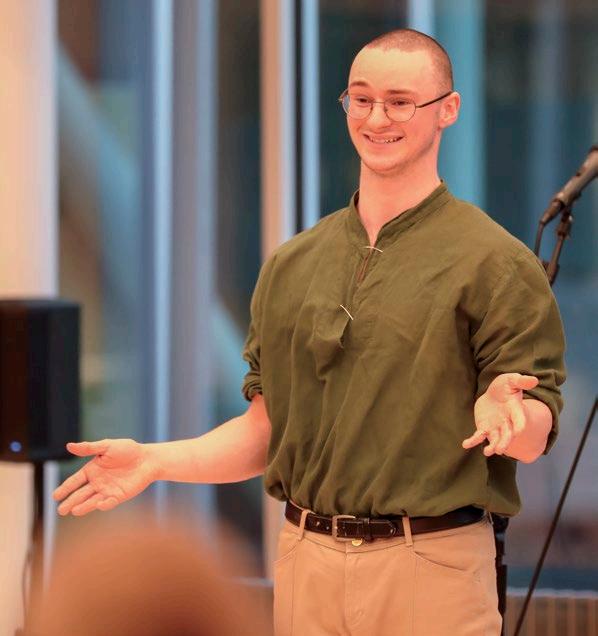

This weeklong all-school art exhibit includes digital, two and three-dimensional pieces, fashion design, and woodworking, and brings the community together to share the talents of our young artists. The Opening Reception was held on May 7 and the show was a featured destination for our Grandparents and Grandfriends Day visitors.
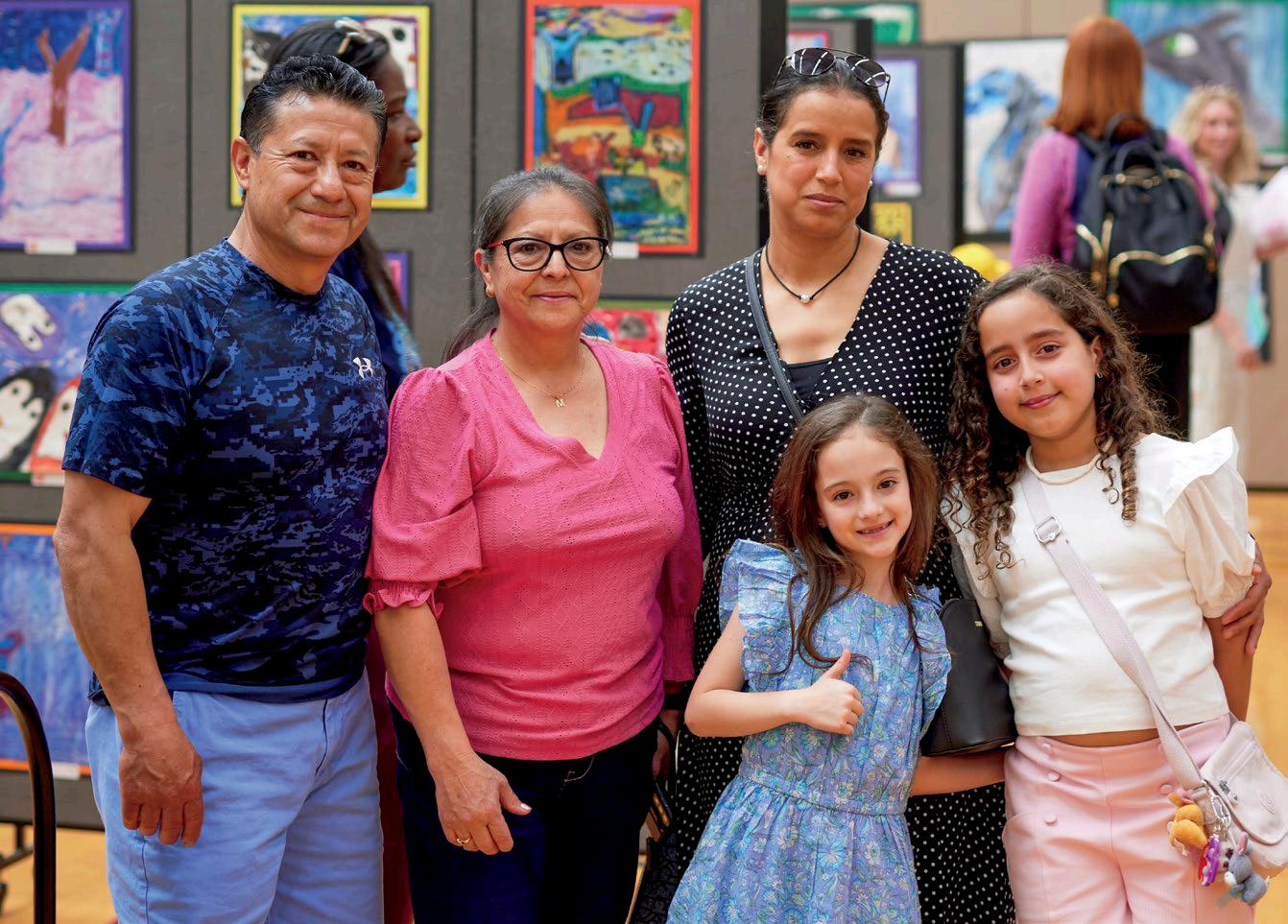

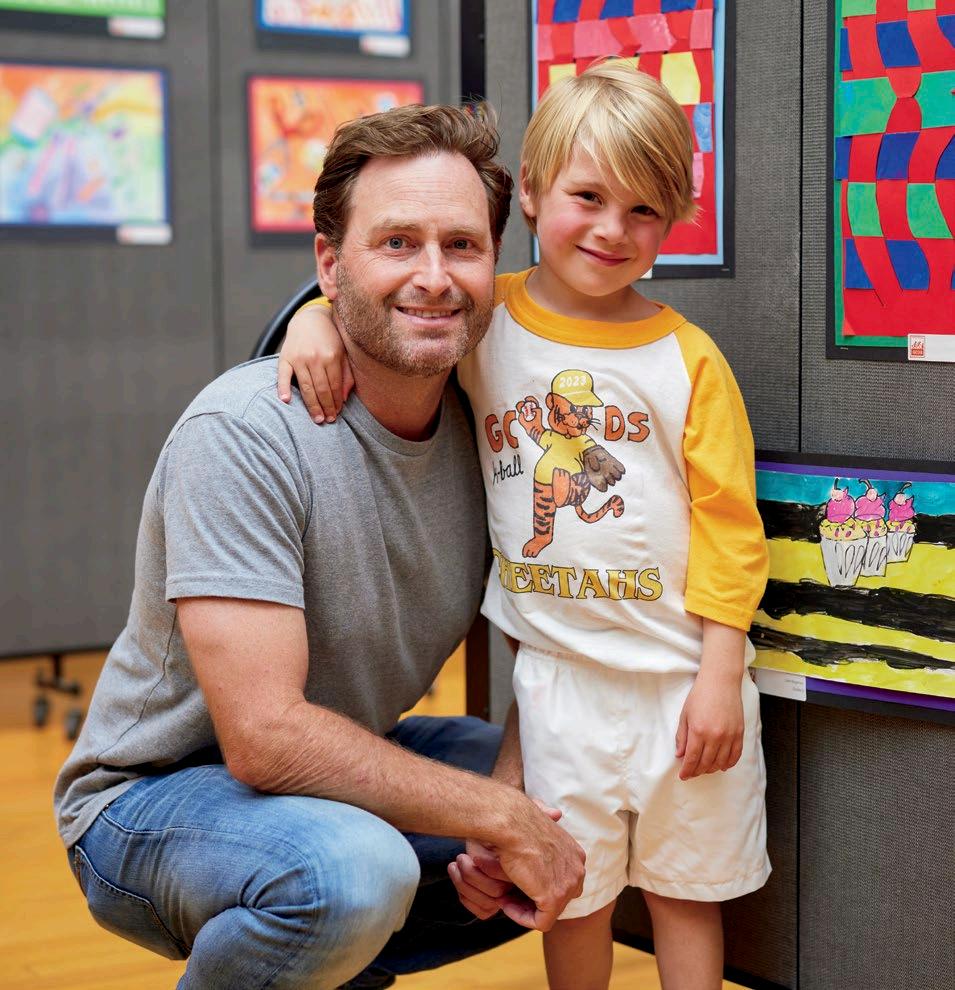
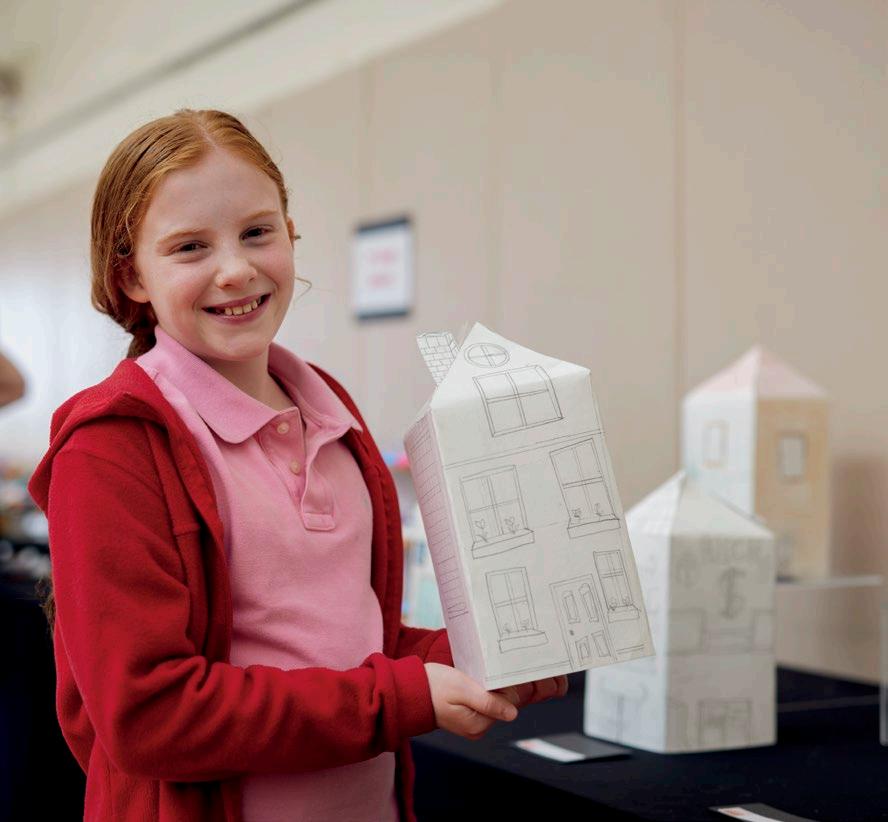
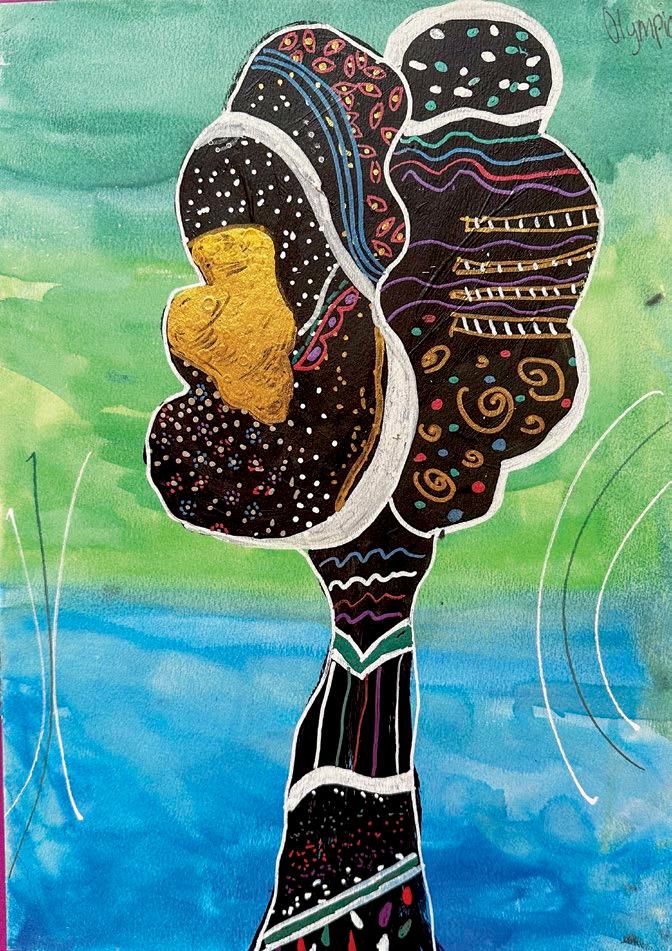

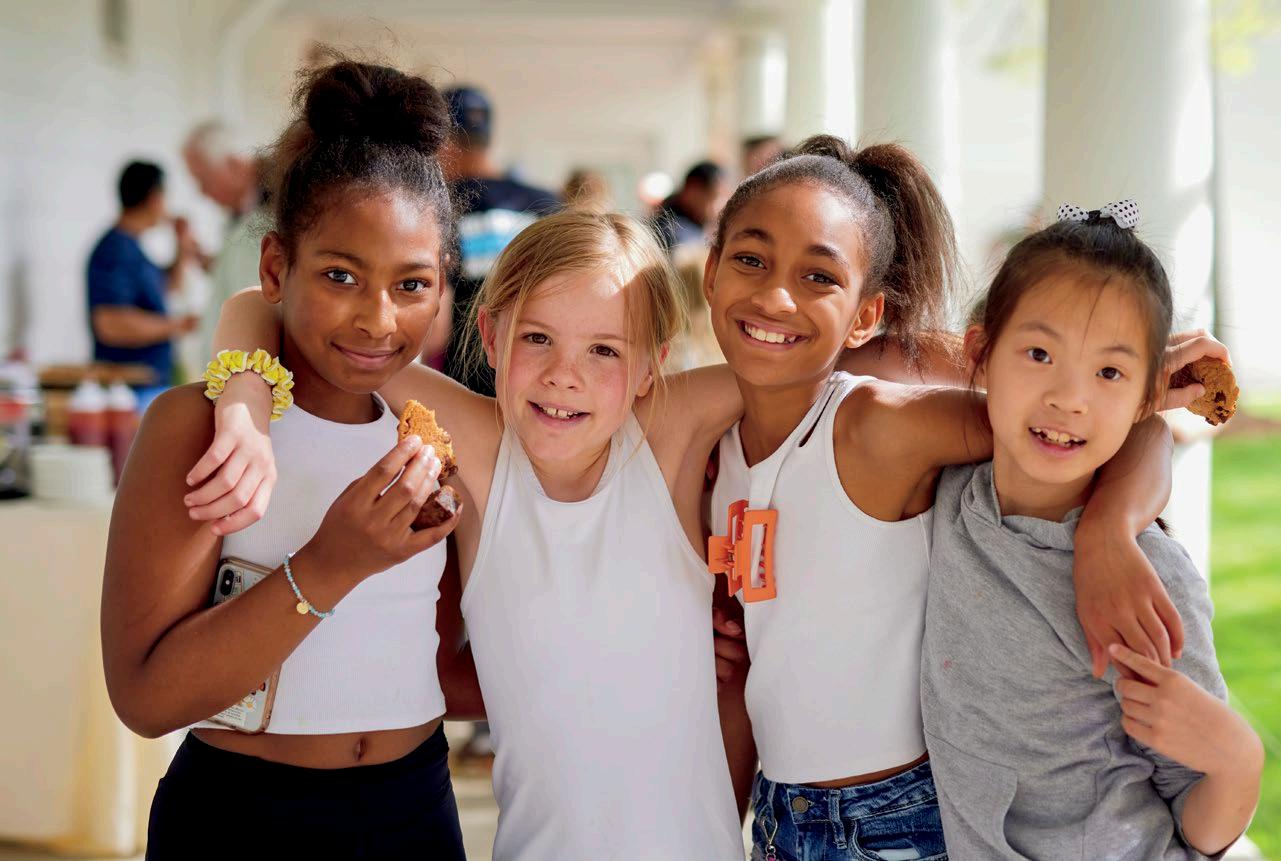

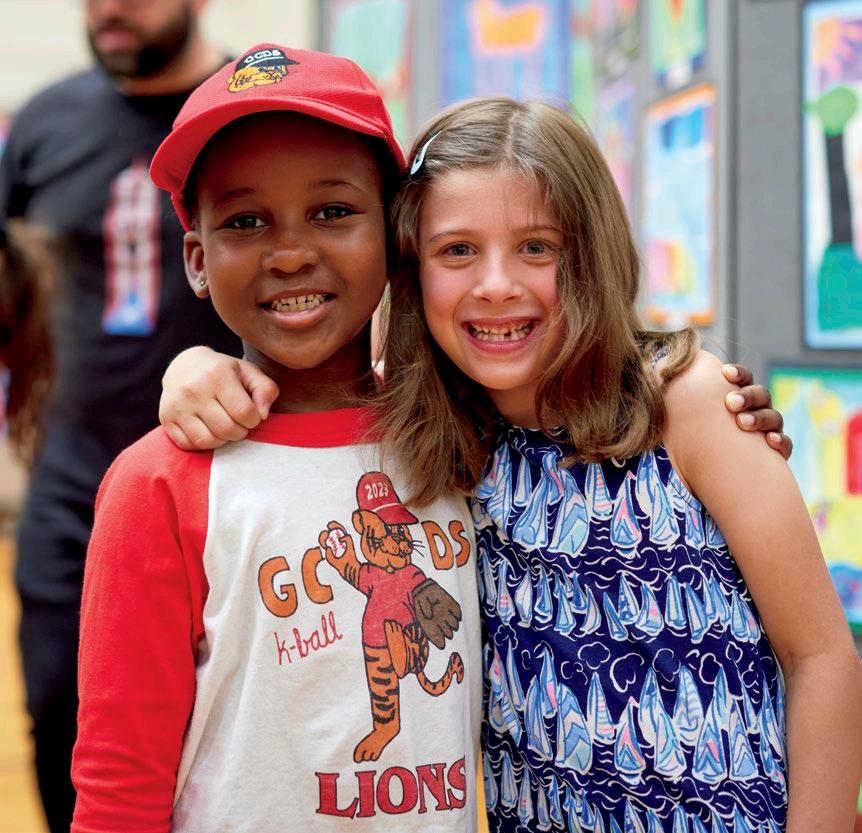


The 2023 Dance Showcase was magical, and I am very proud of every one of our dancers. They performed beautifully and I’m humbled by their commitment. From first to twelfth grade, the dancers were fully engaged—mind, body, and spirit. The GCDS Dance Program has one goal: excellence! Our diverse dance curriculum is challenging and offers something for everyone —ballet, jazz, modern, hip hop, and even pointe. Through guided development, we have created an environment for young dancers to grow into beautiful artists, who are hard-working, wellrounded, culturally aware, and kind.
—Aliya Perry, Dance Program Director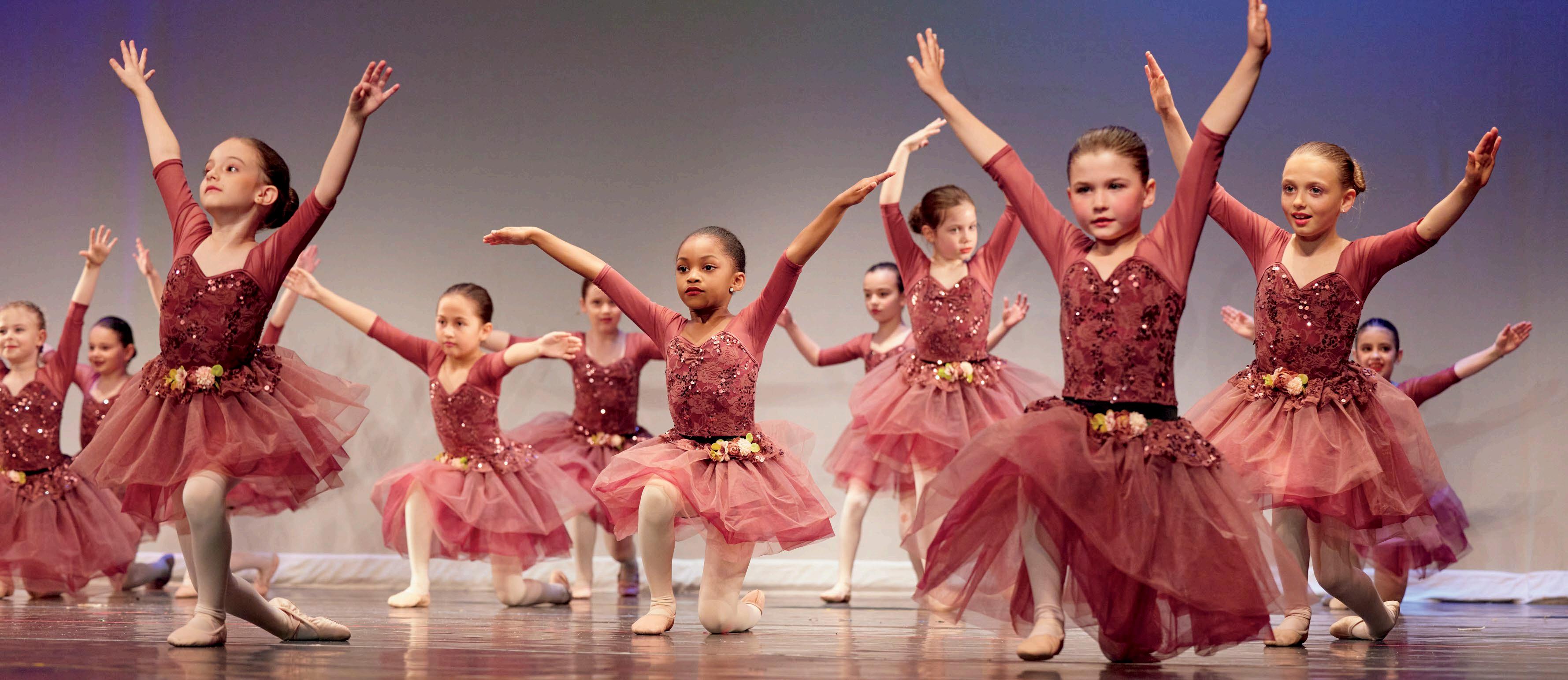

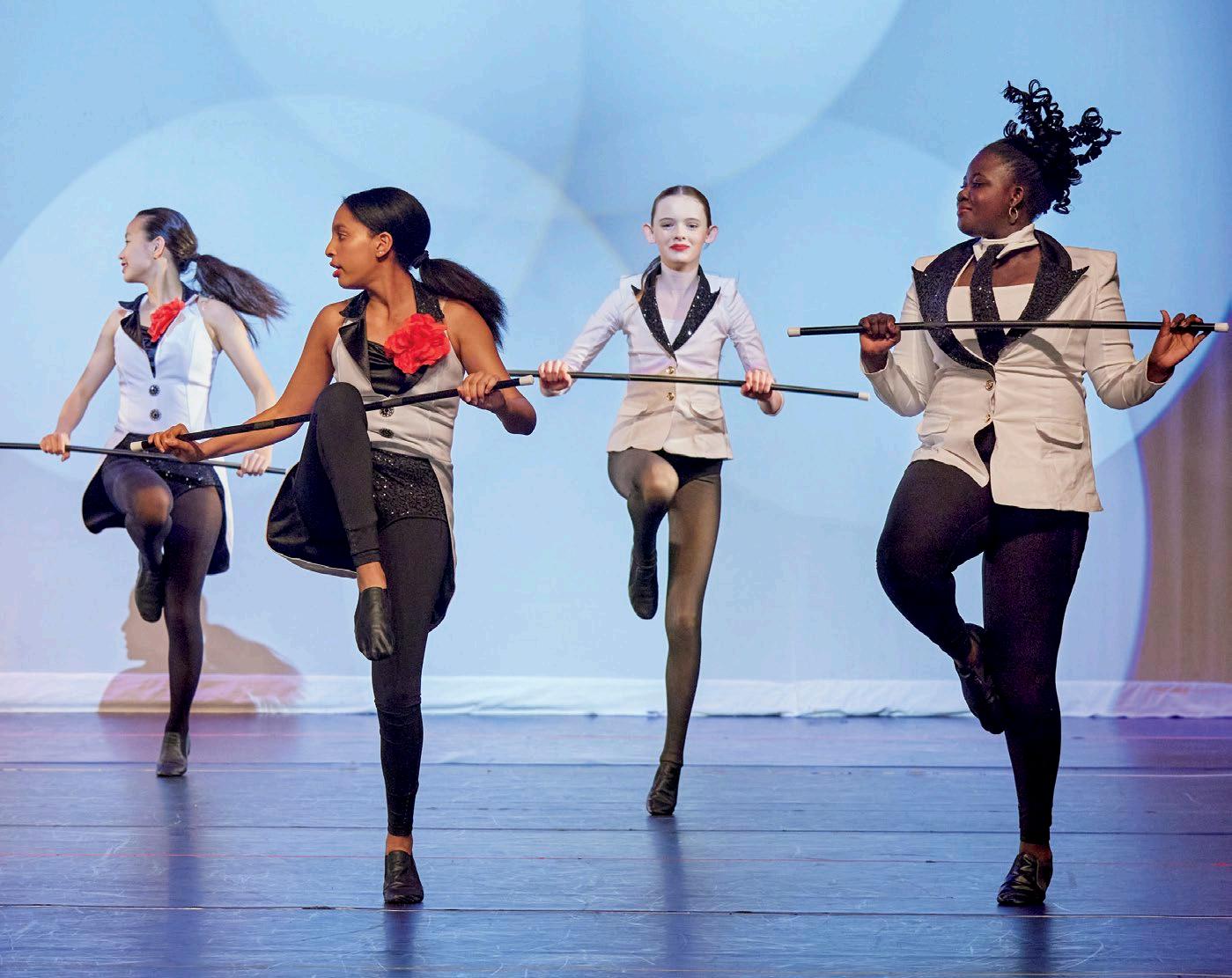
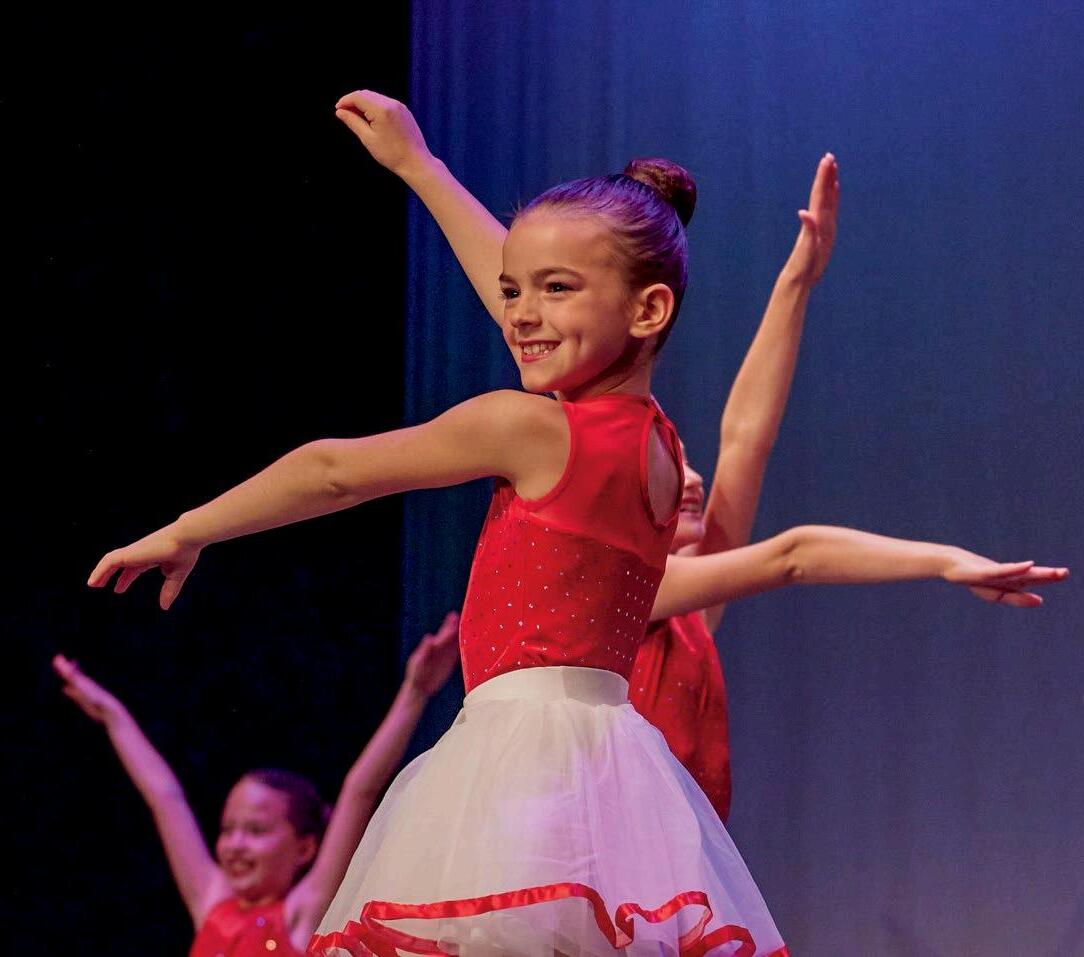

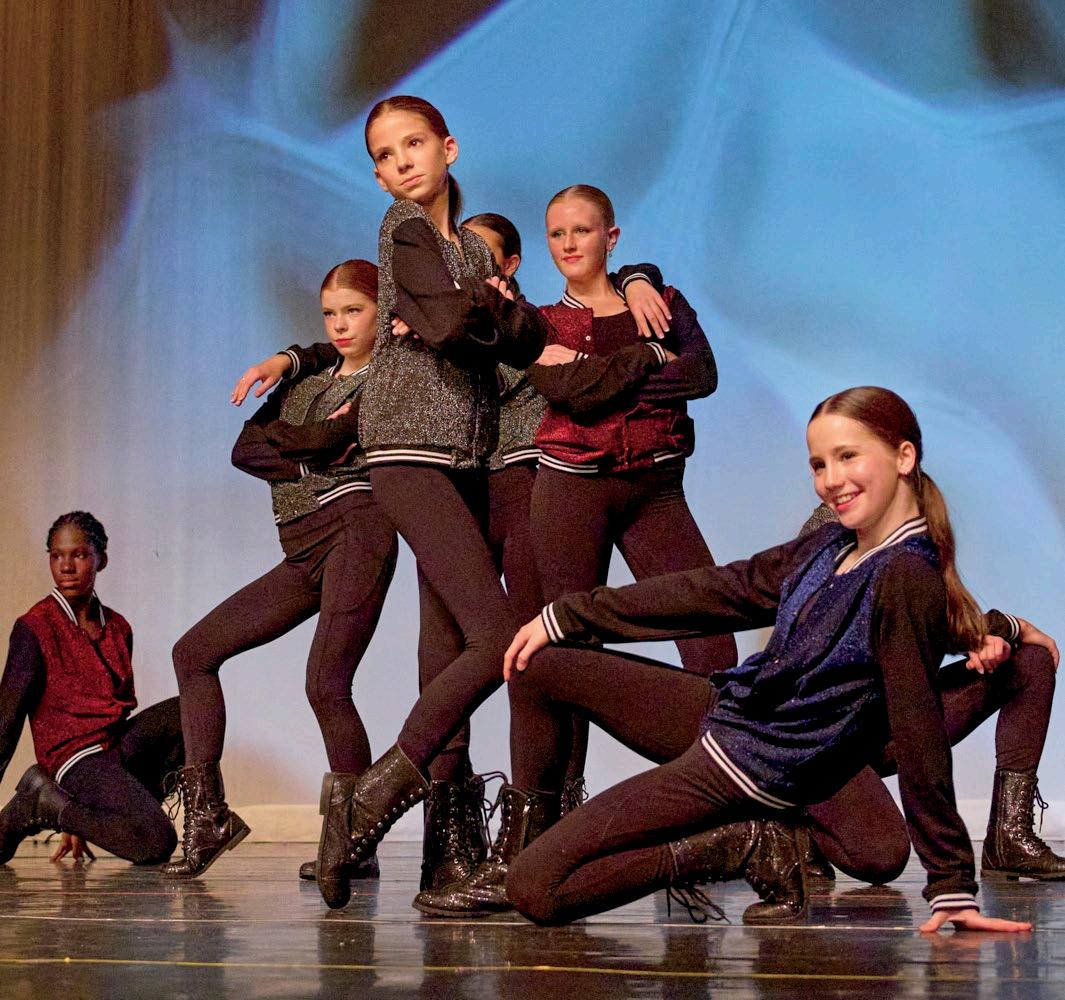
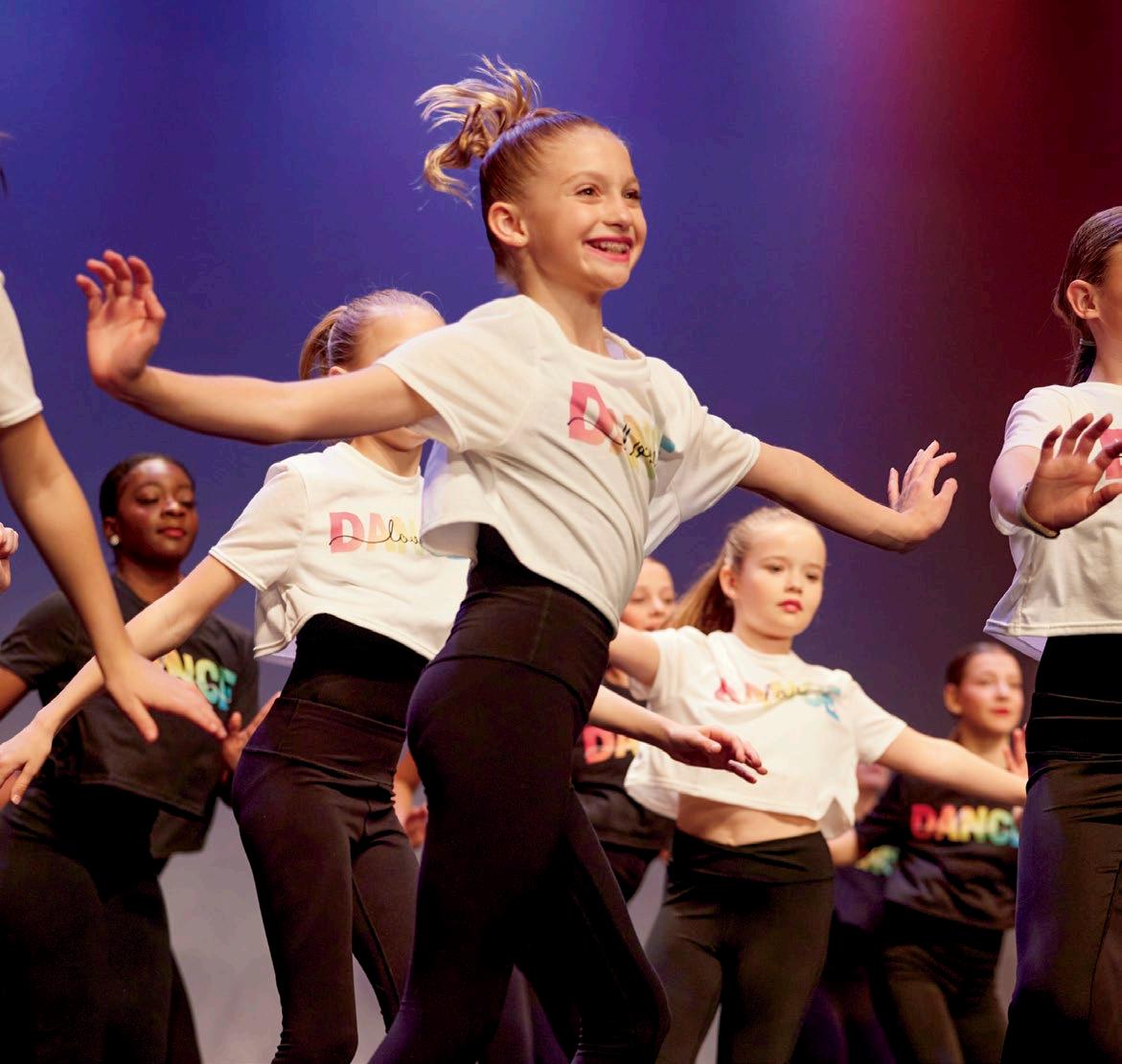
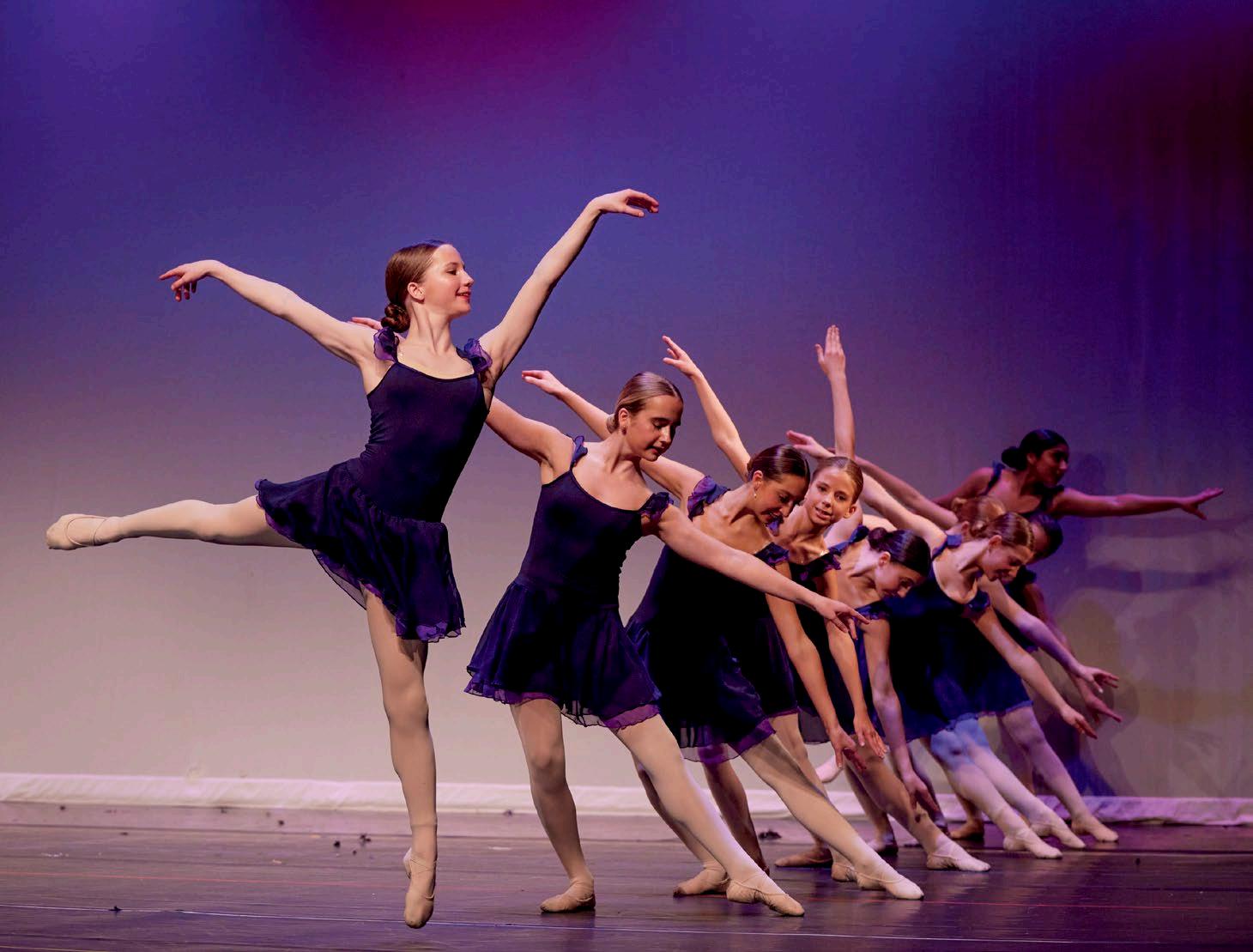

 1 Annie Noble, Mary Kate Morrissy, Sofia Balducci, Piper McCall, Molly Zeitlin, Pippa Jervis, Riya Sharma 2 Olivia Bartley, Willa Pauletti 3 Marli Young, Sofia Balducci
1 Annie Noble, Mary Kate Morrissy, Sofia Balducci, Piper McCall, Molly Zeitlin, Pippa Jervis, Riya Sharma 2 Olivia Bartley, Willa Pauletti 3 Marli Young, Sofia Balducci

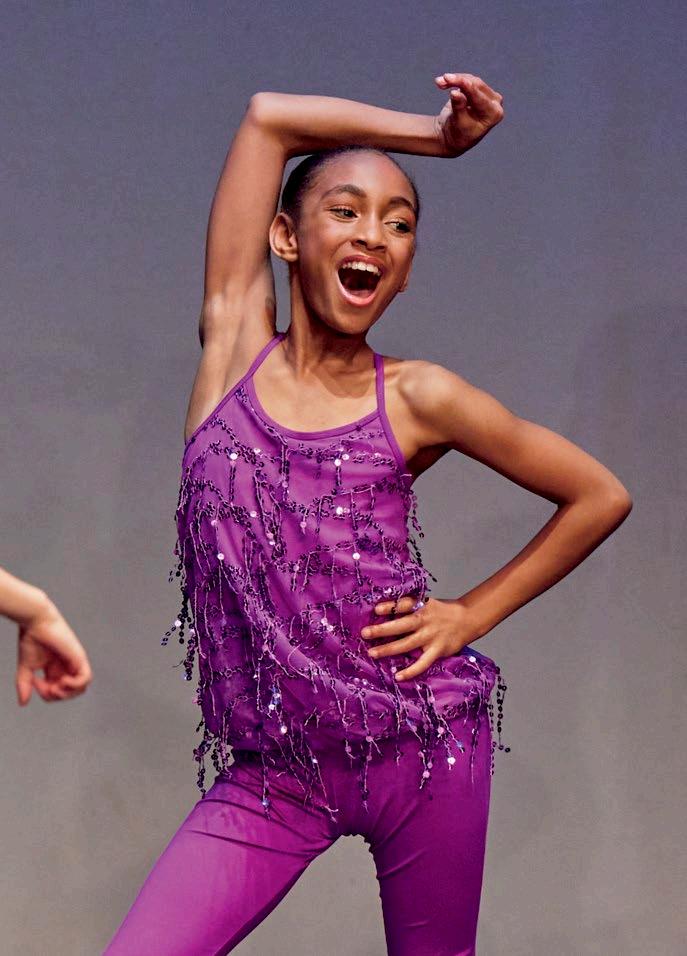
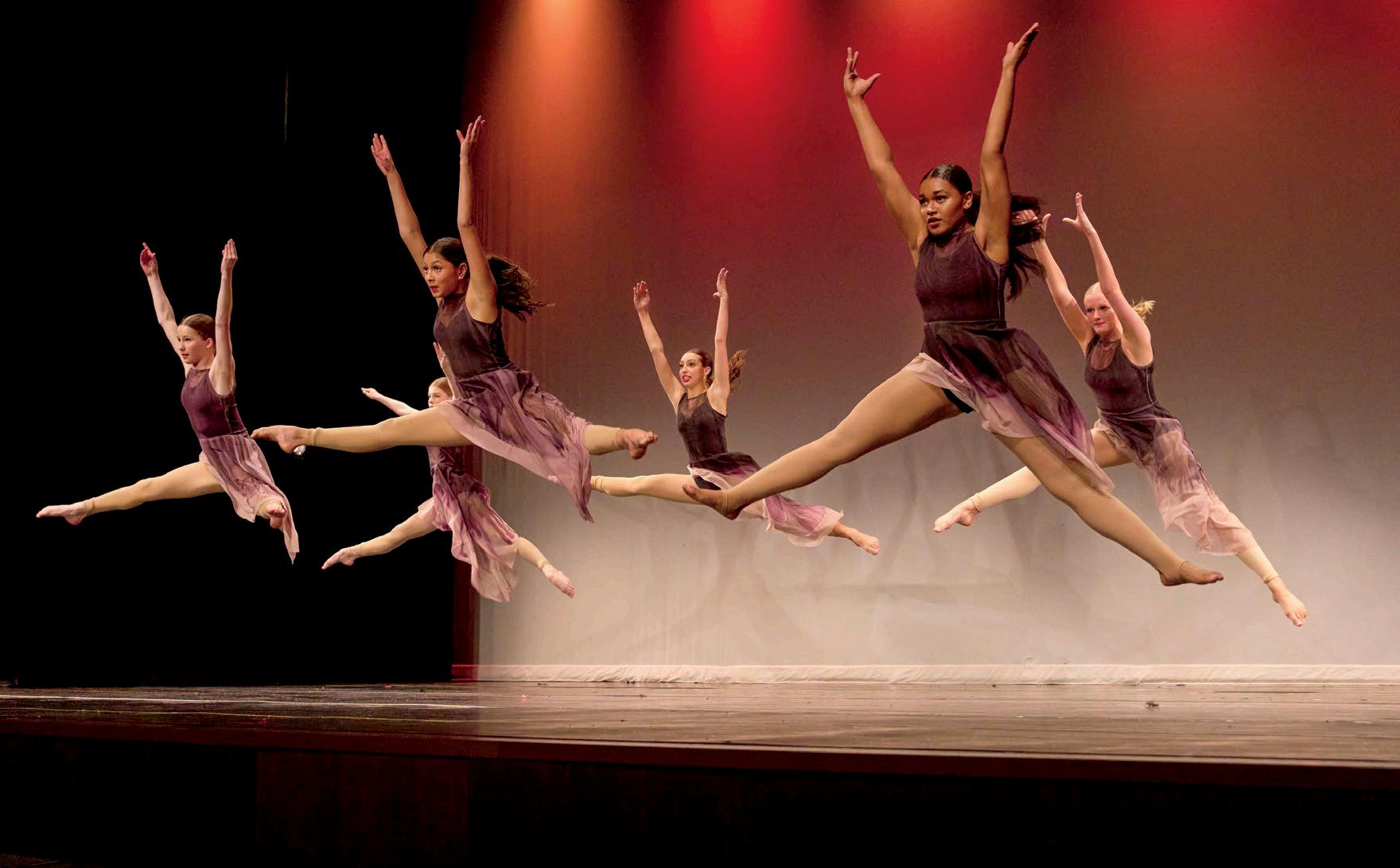

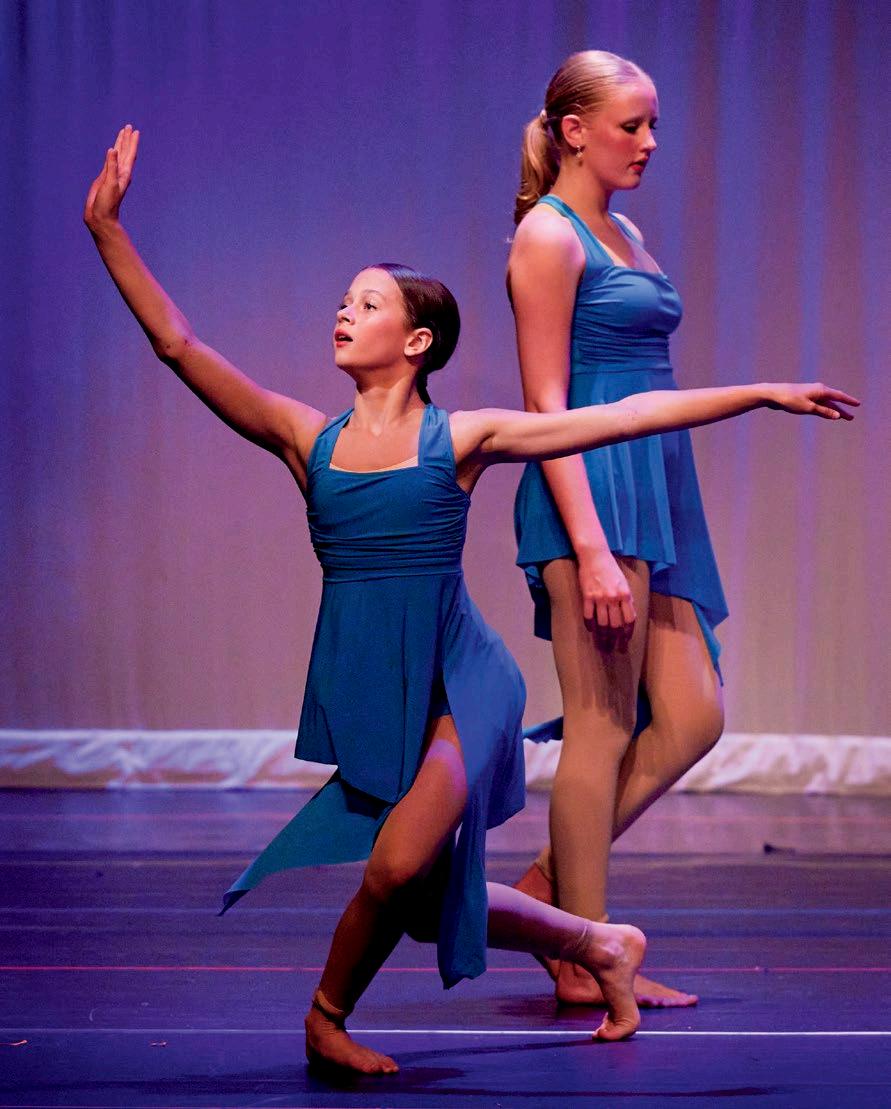



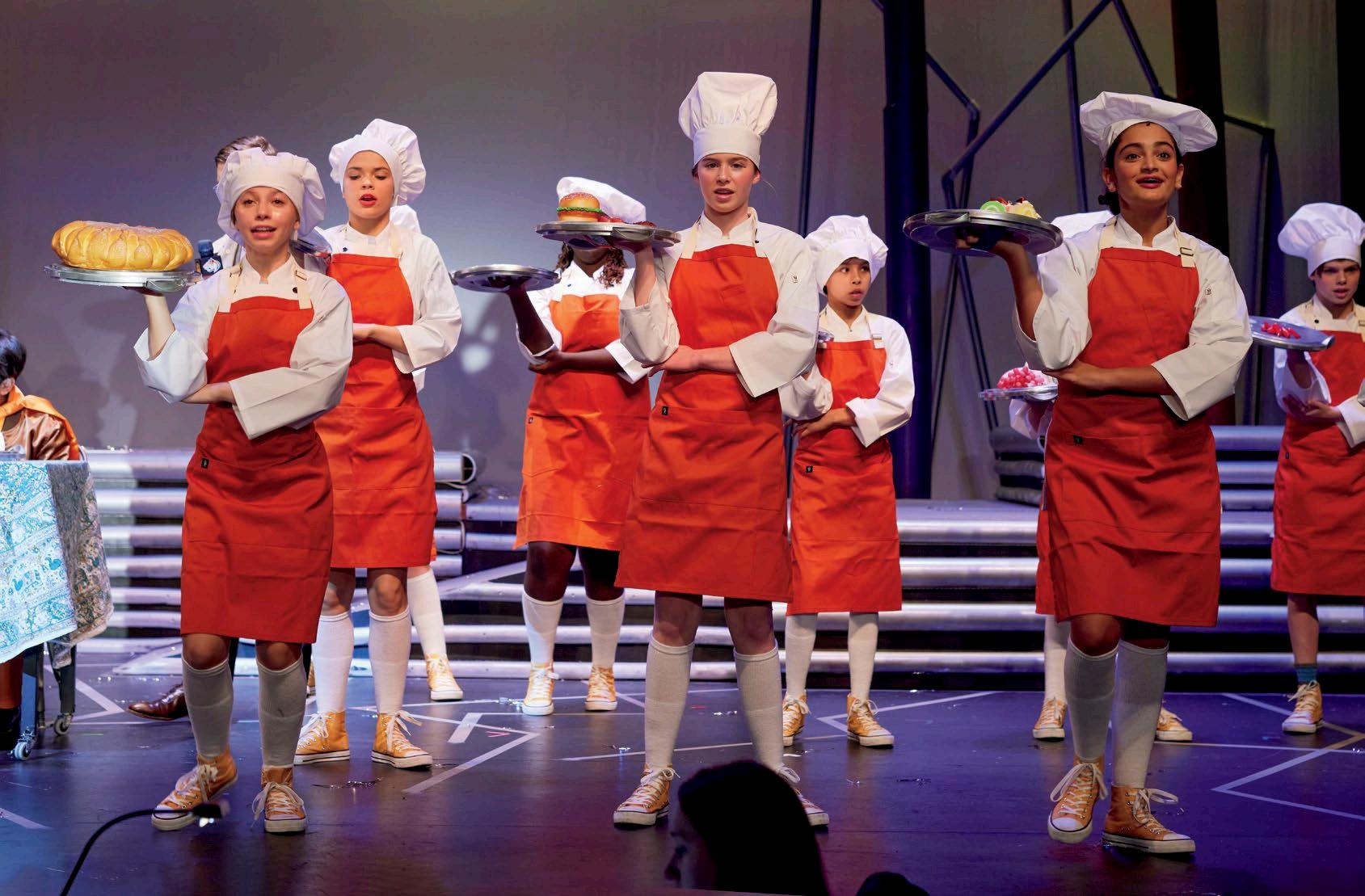


 1 Nate Smith, Henry Wise, Nate Weintraub, Riya Sharma 2 Nate Weintraub, Kristina Estock, Devon Carella 3 Annie Noble, Oompa Loompa Ensemble 4 Lex Greenblatt 5 Alice Fitts, Marli Young
1 Nate Smith, Henry Wise, Nate Weintraub, Riya Sharma 2 Nate Weintraub, Kristina Estock, Devon Carella 3 Annie Noble, Oompa Loompa Ensemble 4 Lex Greenblatt 5 Alice Fitts, Marli Young
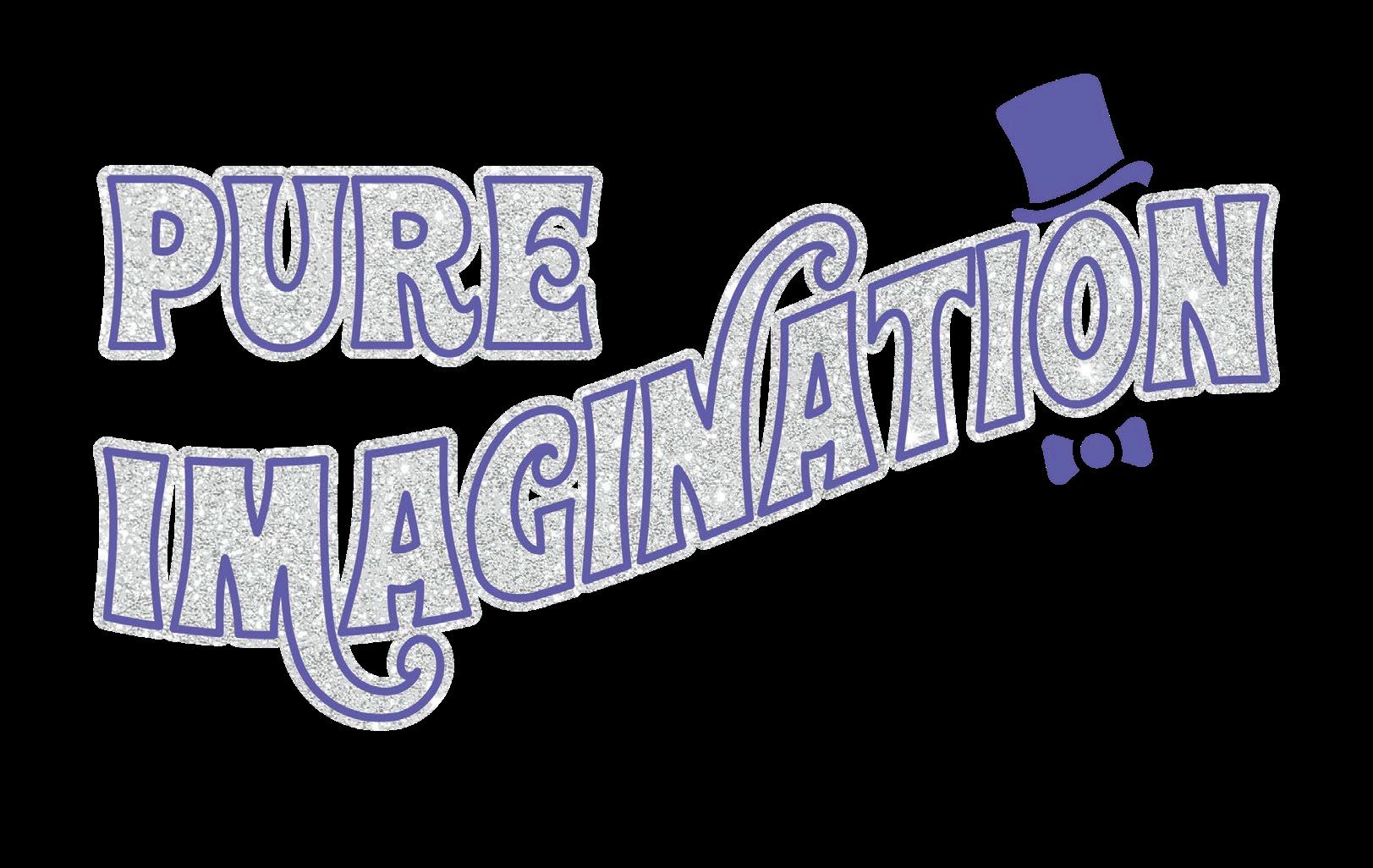
More than 95 students on and off stage in Grades 6–8 delighted audiences with their beautiful singing, fun choreography, and wonderful storytelling. Featuring colorful costumes, and epic digital and special effects, students brought to life Roald Dahl’s timeless story of the world-famous candy man and his quest to find an heir. Bravo to the entire cast and crew of Willy Wonka !
 Pictured: Devon Carella, Ryan Walmsley, Georgiana Platsis
ASHLEIGH HAHN Director & Music Director
JACK DOD Technical Director
ALIYA PERRY Choreographer
Pictured: Devon Carella, Ryan Walmsley, Georgiana Platsis
ASHLEIGH HAHN Director & Music Director
JACK DOD Technical Director
ALIYA PERRY Choreographer
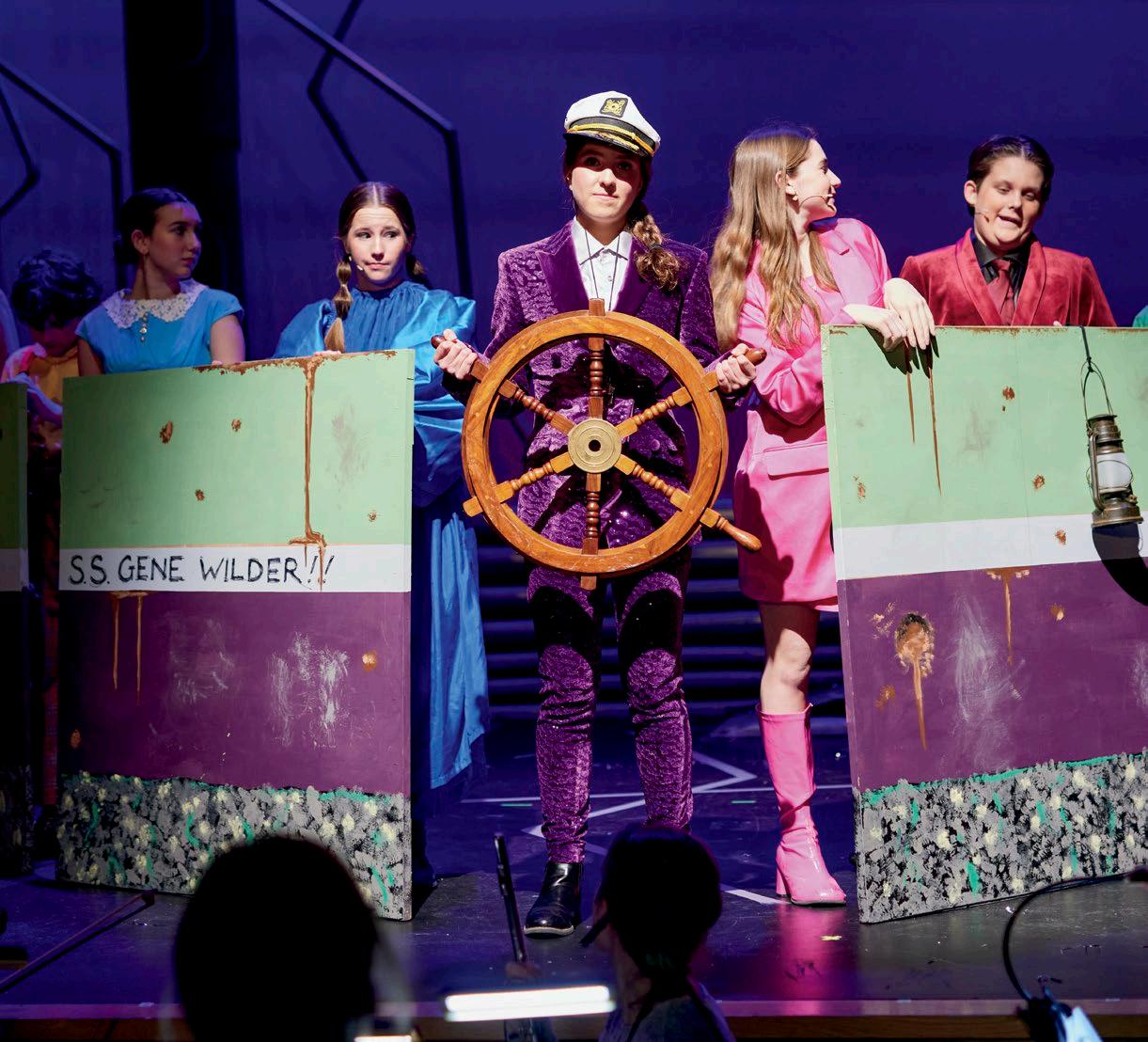


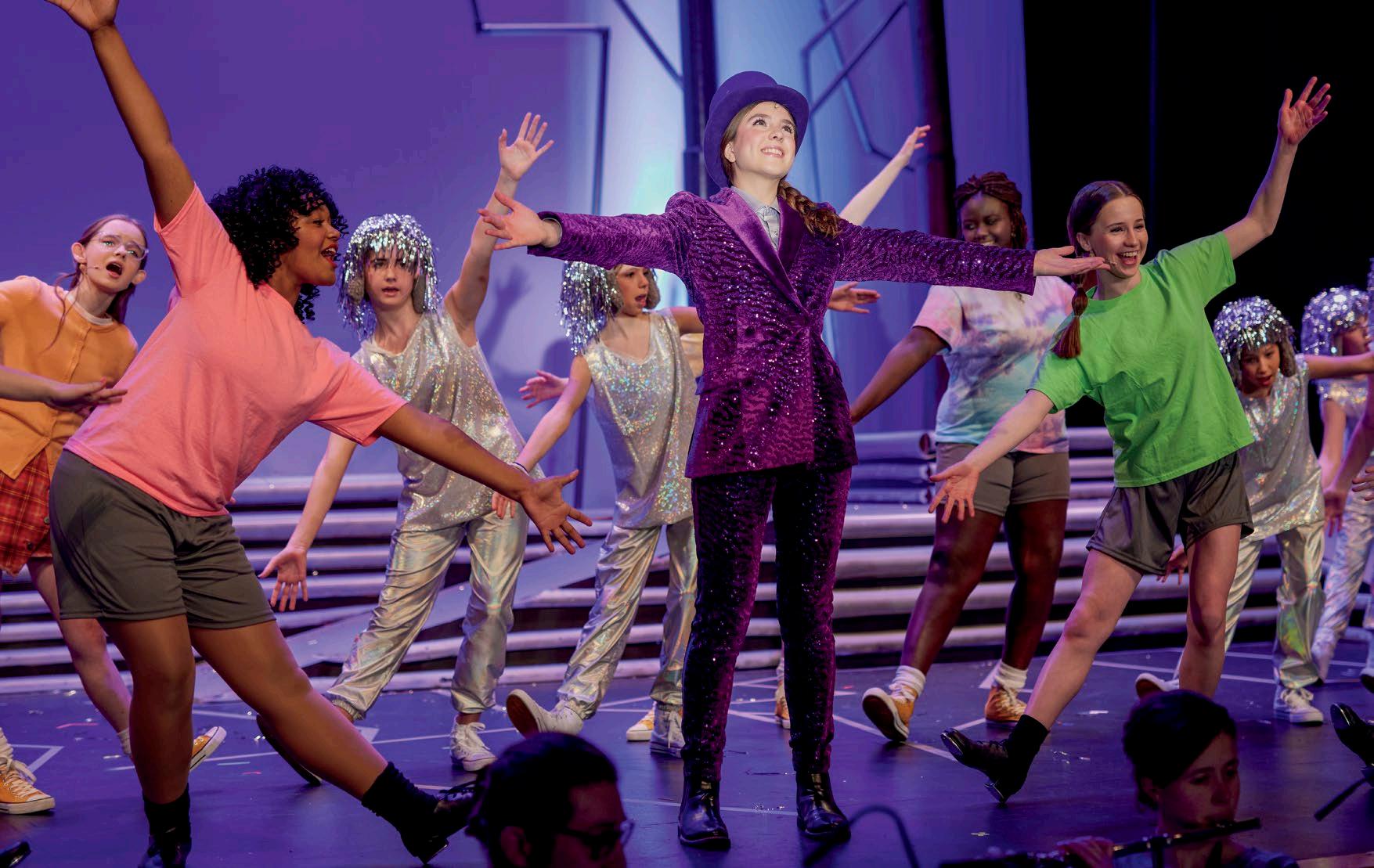
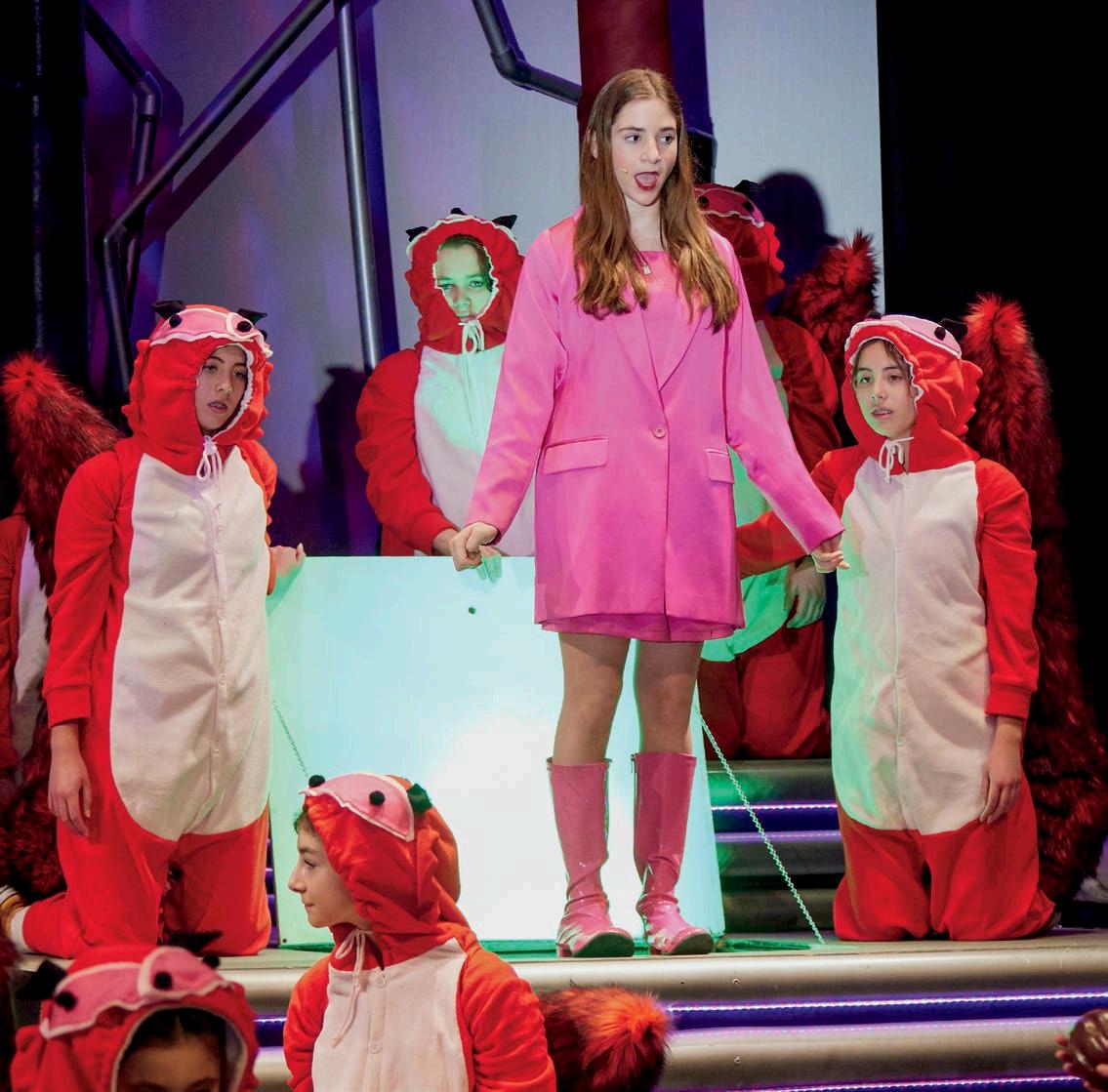
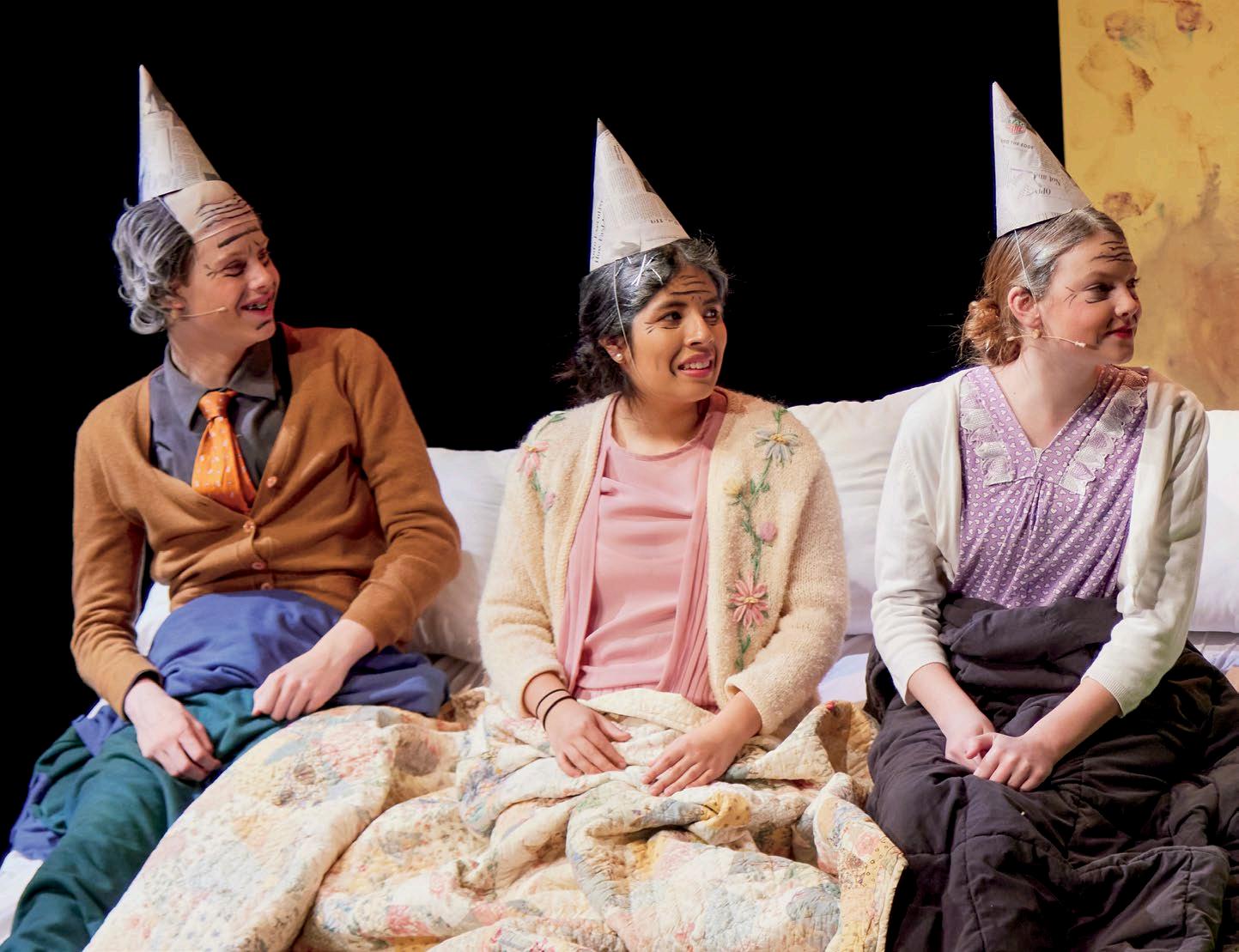
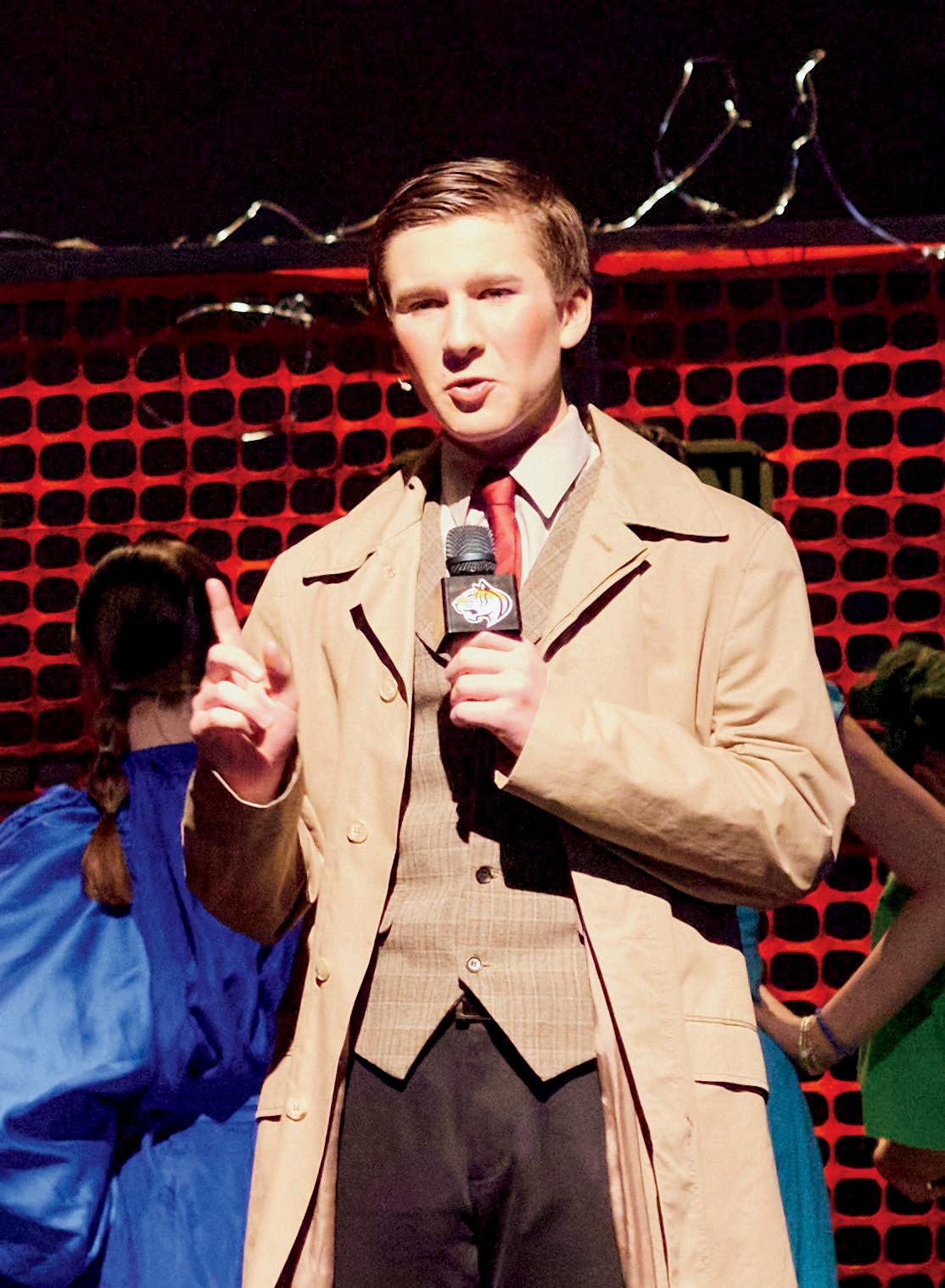
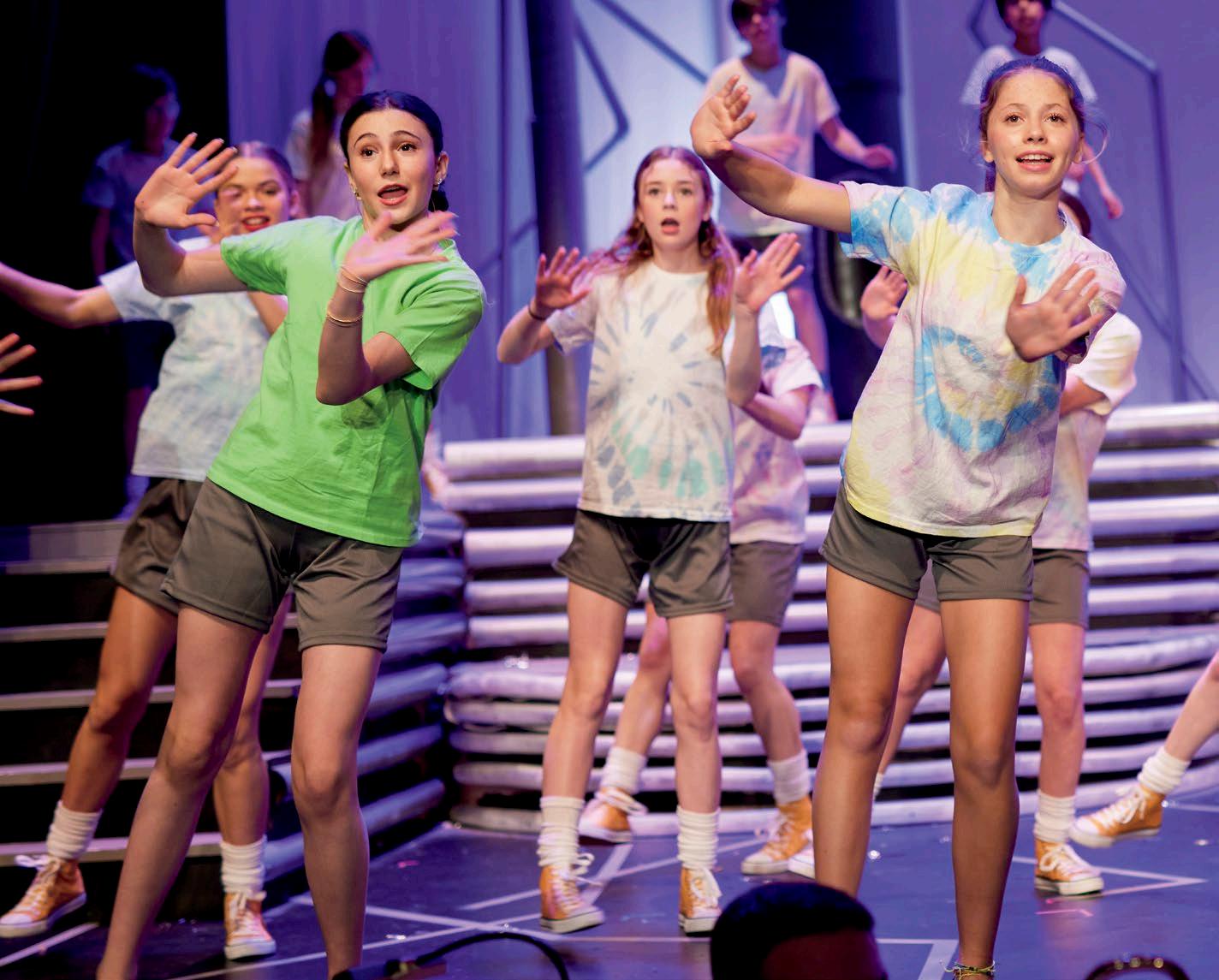
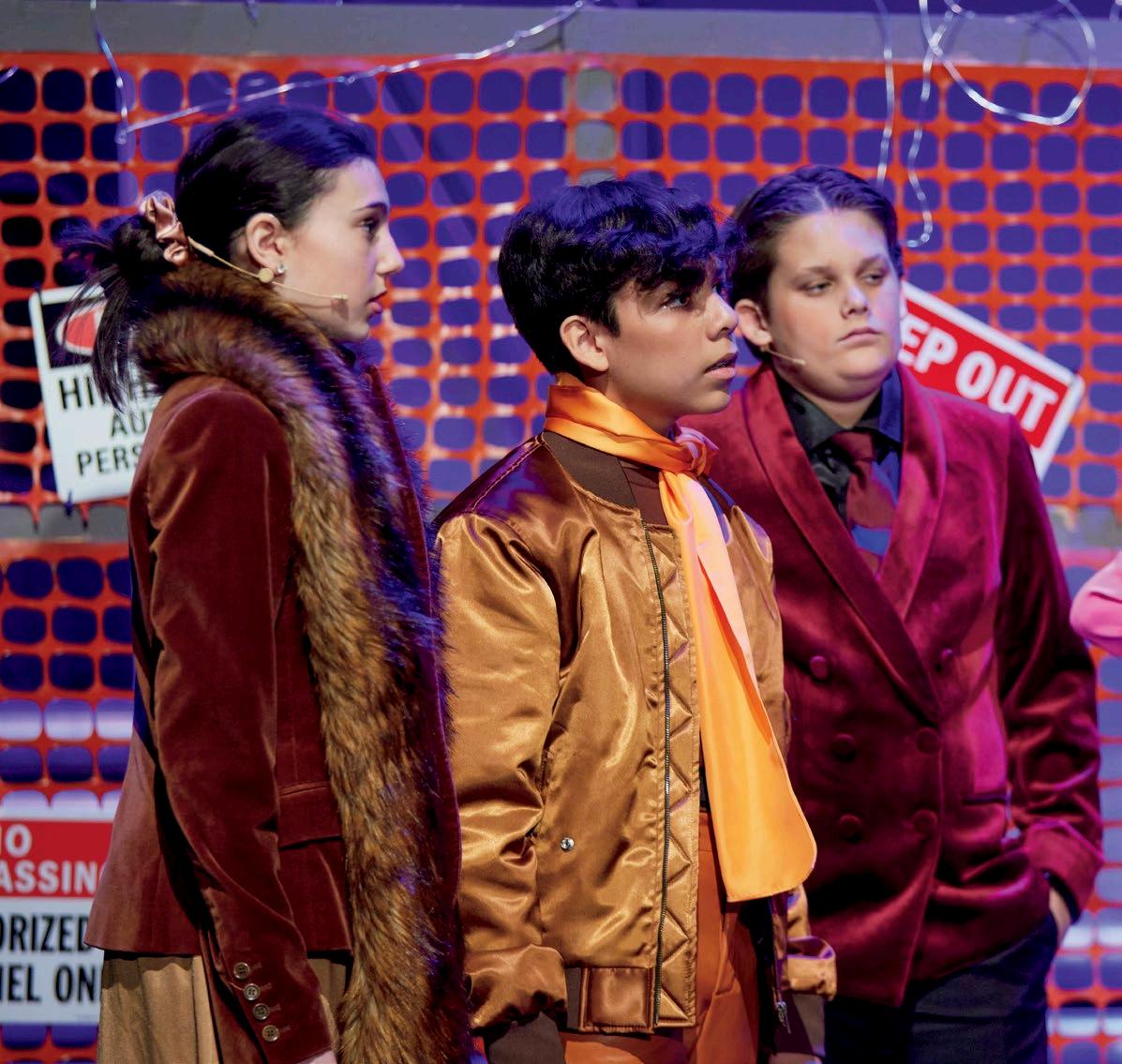
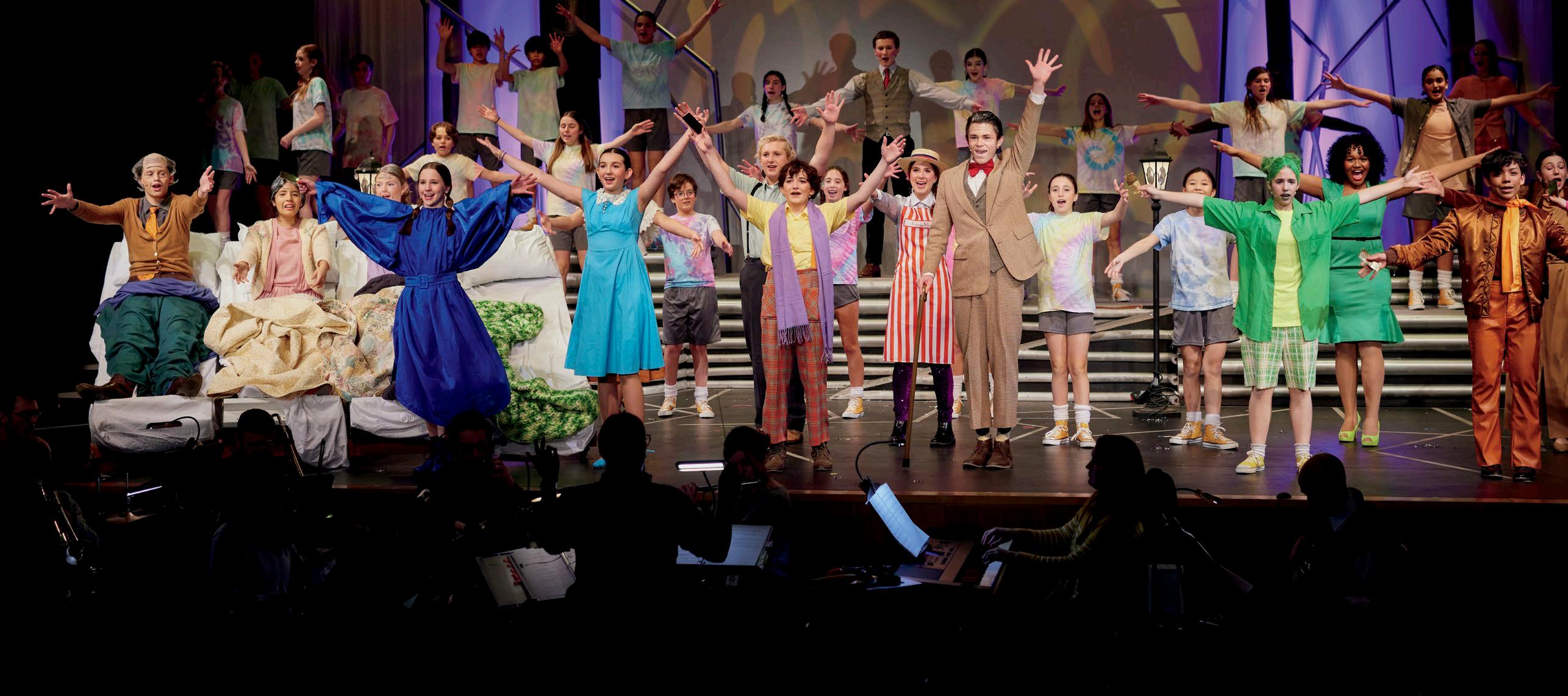
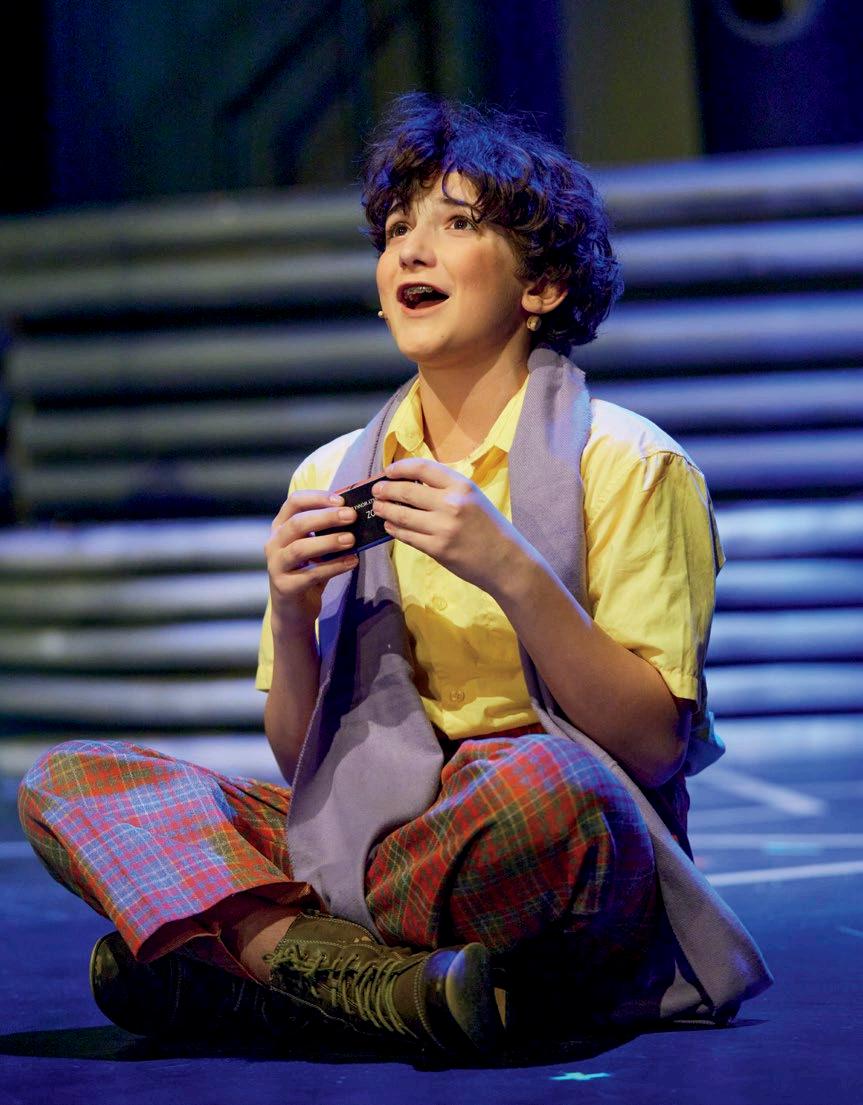
 1 Oompa Loompa Ensemble 2 Nate Weintraub 3 Molly Zeitlin, Adrian Tortoledo, Shep O’Keeffe
1 Oompa Loompa Ensemble 2 Nate Weintraub 3 Molly Zeitlin, Adrian Tortoledo, Shep O’Keeffe
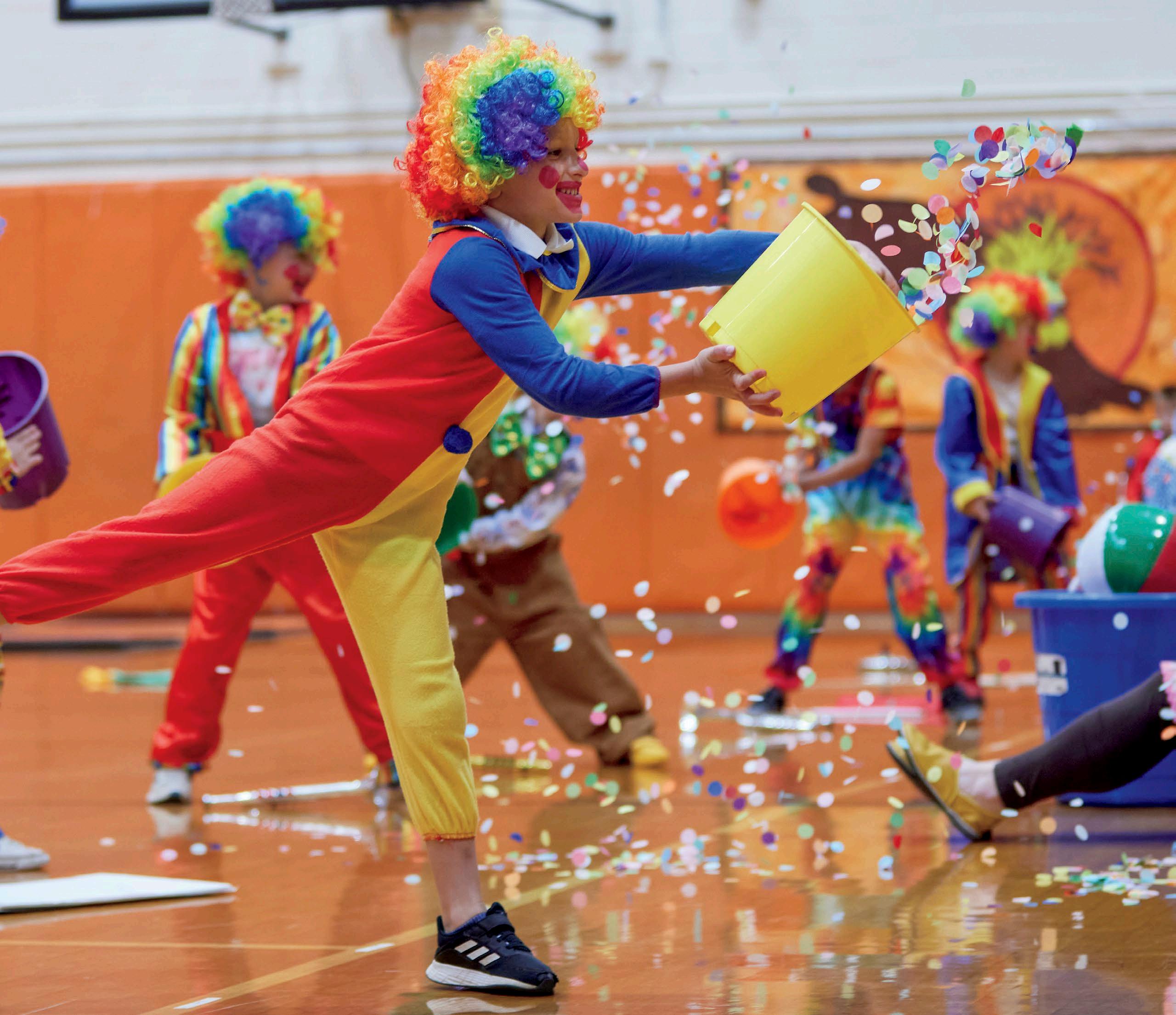
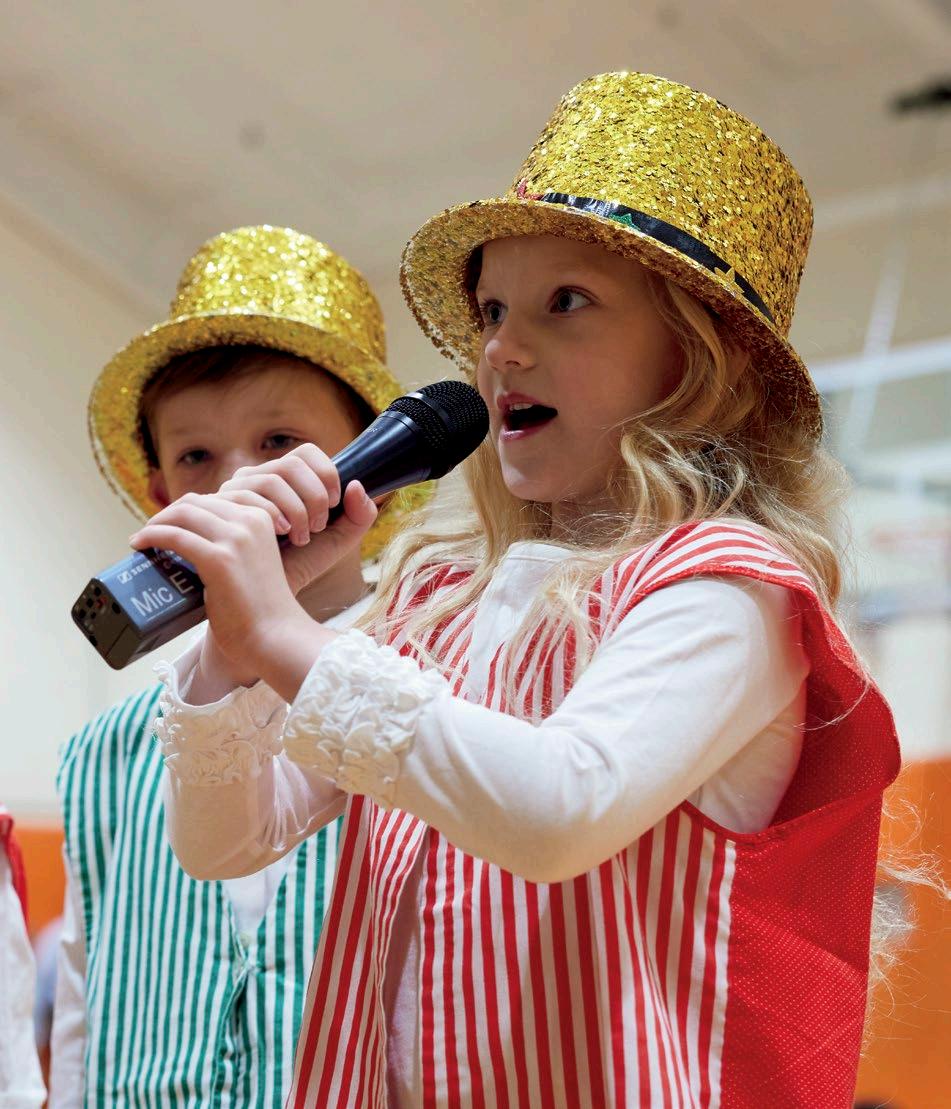



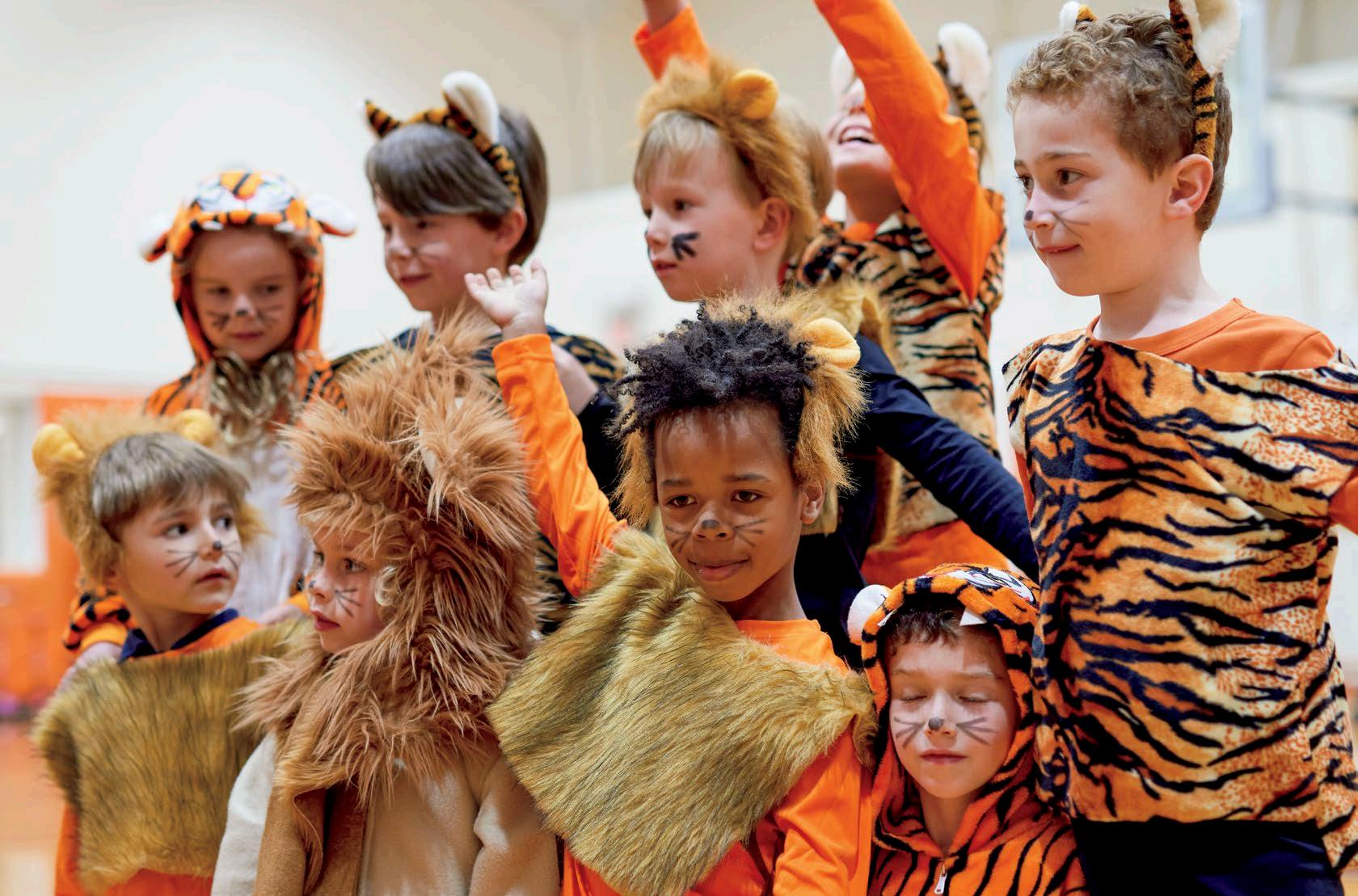
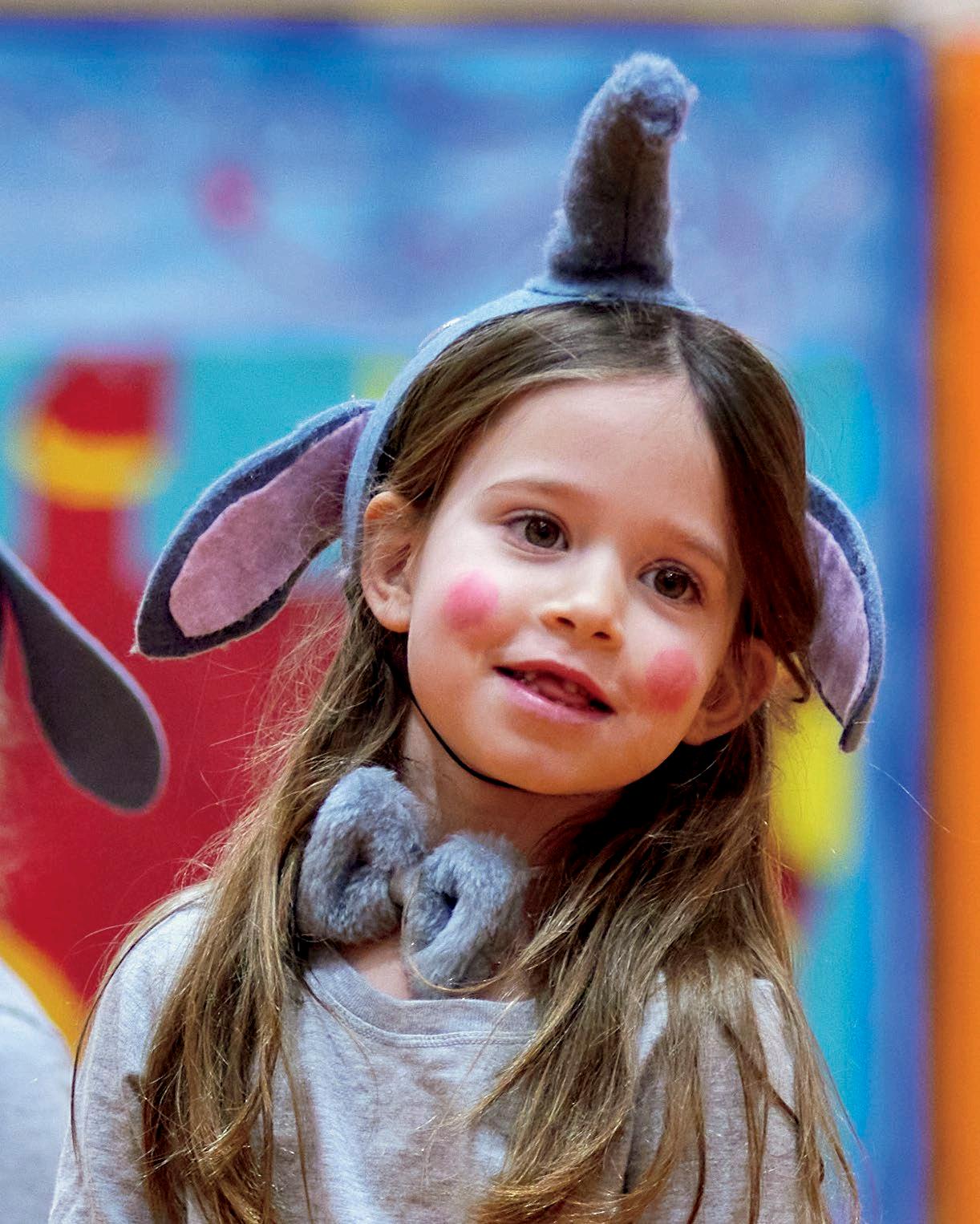

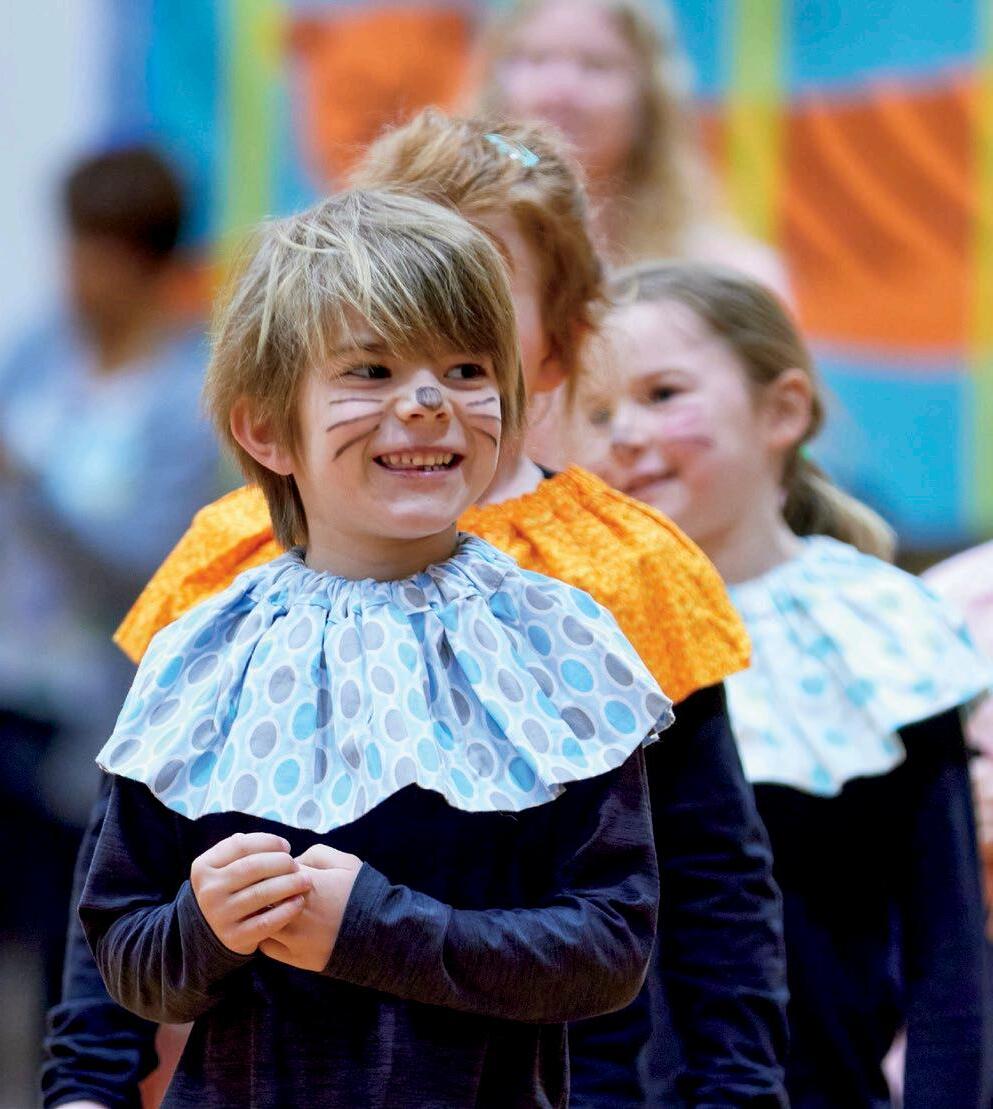




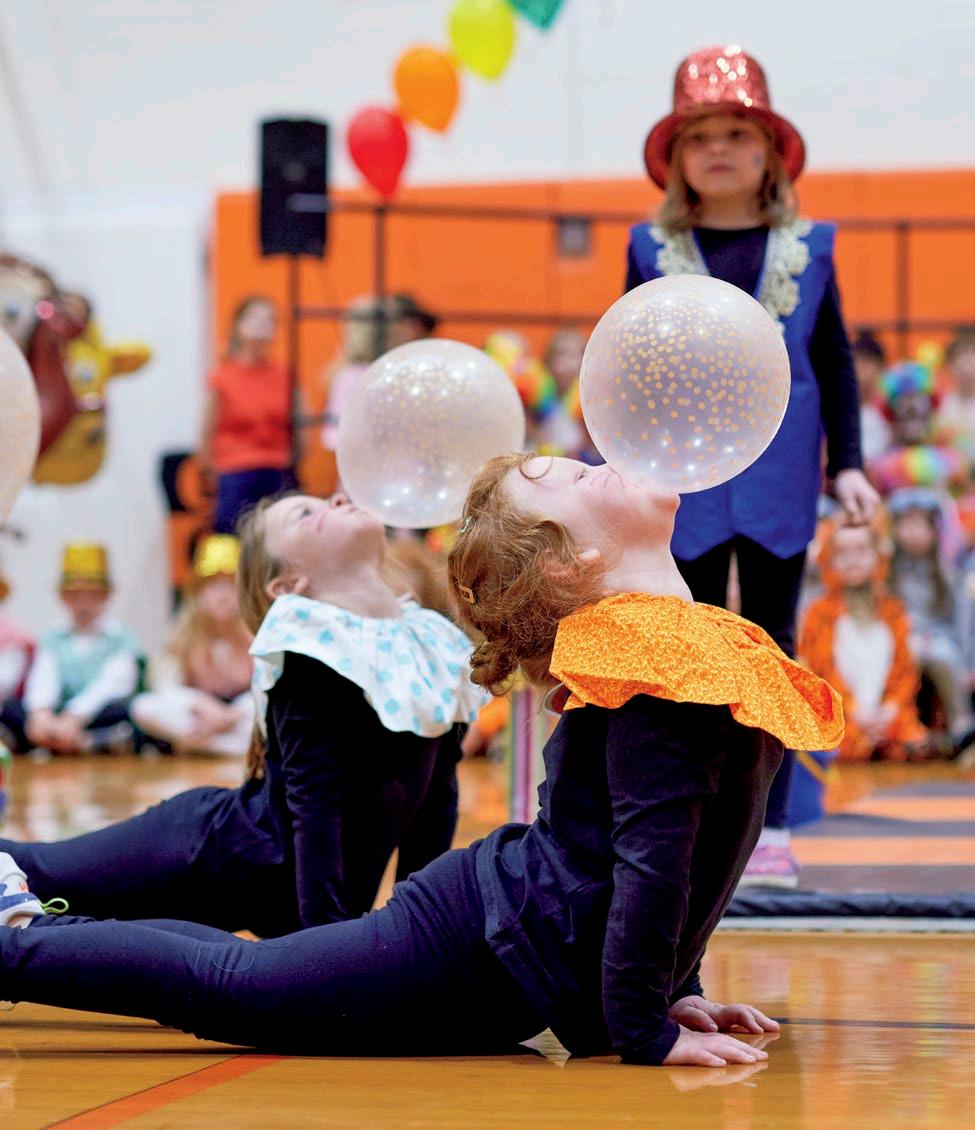

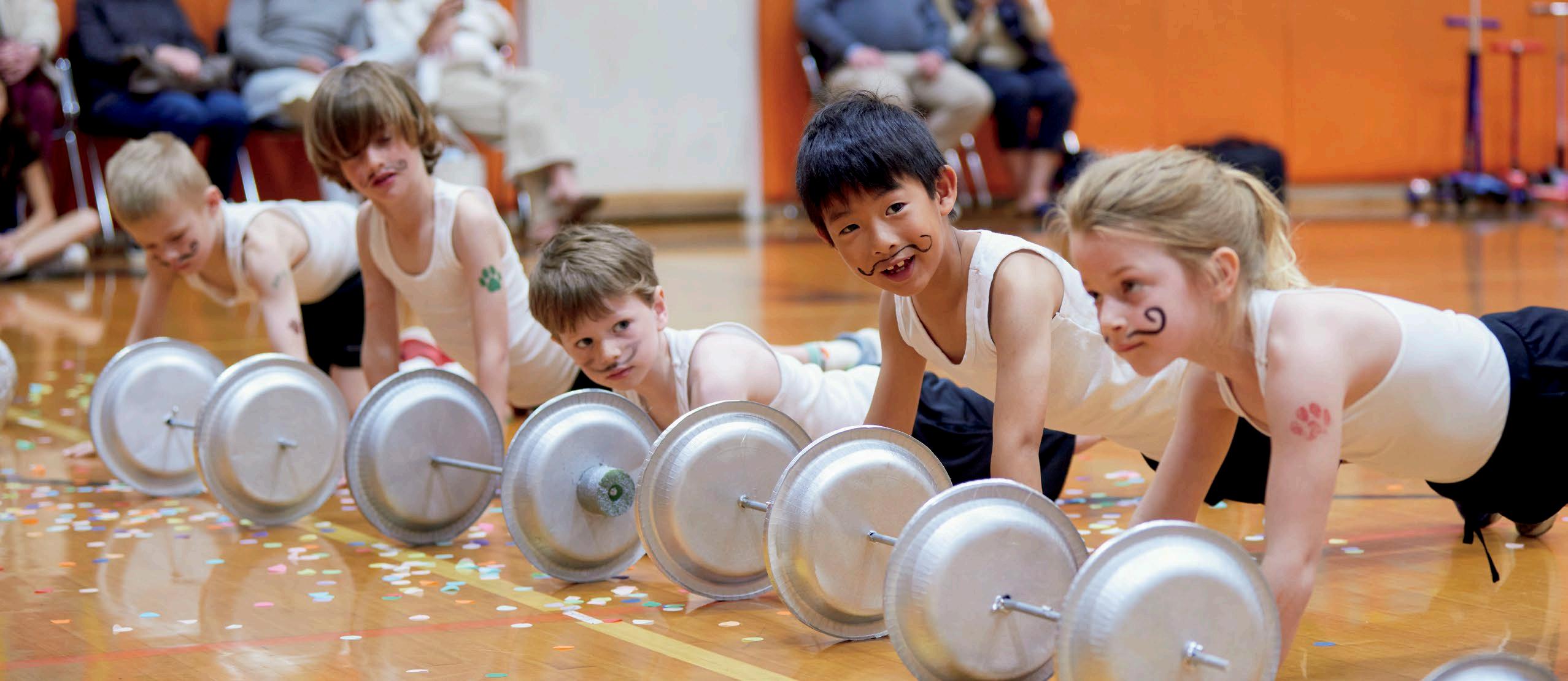
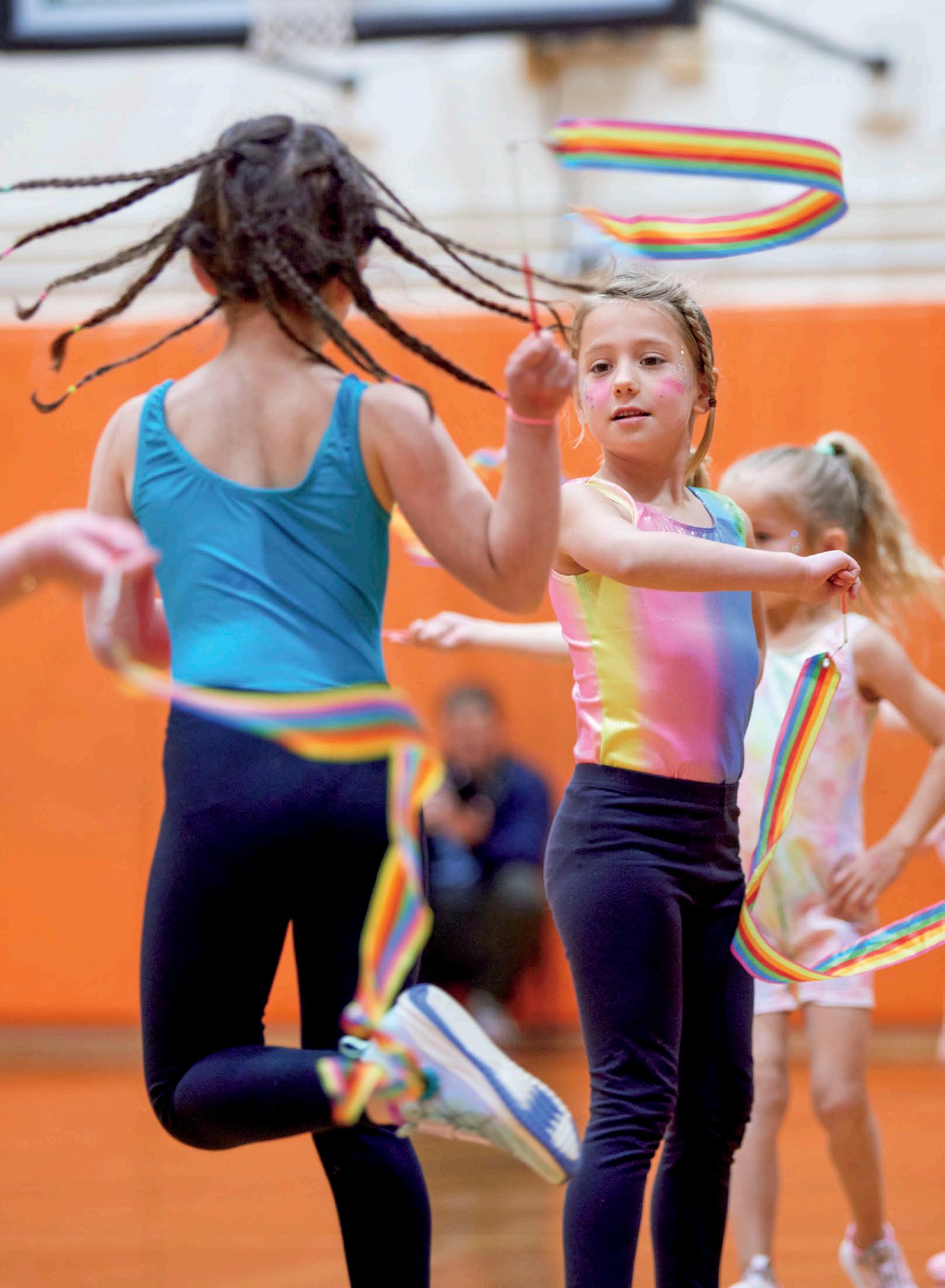
The Lower Elementary performances are a collaboration between our classroom teachers and our music teachers. Our youngest students stand on a stage and deliver memorized lines, lyrics, and choreography in front of a live audience.


“Our students learn how to work together as a team to accomplish a goal, build confidence, and remember and follow a sequence of instructions,” says Trudy Davis, Director of Lower School. “They also learn how to speak in a way that others will listen; how to listen rather than just hear; understand that their words and opinions are important; and that they have the power to influence, teach, and entertain others. These essential skills are the basis of our public speaking and performing arts curriculum at GCDS LES.”








Boys Varsity Lacrosse team took home the Fairchester Athletic Association (FAA) Championship in the finals against Greens Farms Academy, with a score of 11 to 8.



Director of Athletics Tim Helstein said, “I could not be more proud of our Boys Varsity Lacrosse team and the culture Coach Copelan and his staff have built. The team played the championship game with poise and passion. The icing on the cake was that the seniors on this team joined at its inception just four years ago, believing in our vision for the Upper School, and helping us to build this program. Now, that vision has come to fruition with the lifting of the FAA Tournament Championship Trophy. Congratulations to all who were involved in making this season such a success.”


The Boys Varsity Lacrosse program’s inaugural year was during the coronavirus pandemic, which shut down programs for the spring 2020 season. Our team was not deterred, playing, practicing, and training within COVID guidelines. They were ready to take on the league in 2021 with a 4-7 record, and then came back strong during the 2022 season with a 7-5 record. The team wins the FAA Championship this year with an 11-4 record for the season.
“I love this team, our seniors, this school, and the ascent of our program. To steal a line from Michigan athletics, ‘those who stay will be champions.’”
—Andy Copelan, Head Coach, Boys Varsity Lacrosse
We are so proud of this senior class for their many accomplishments, including moving on to become collegiate athletes. Because these students have the drive and desire to play at the next level, they committed themselves to the process of college recruitment. The fact that they were highly sought after by many schools is a testament to the type of athlete that we nurture here at GCDS. These students represent nine different sports that span
RIGHT Sebastian Matz: Macalester College, Basketball
Sofia Romero: Smith College, Soccer
Luke Nelson: University of Southern California, Water Polo
BELOW Jane Tortorella: MIT, Field Hockey
John Lonski: Union College, Football and Baseball
Danny Ganeles: Clarkson University, Soccer
Lyneth Restrepo: Montclair State University, Soccer
Tito Miguens: Kenyon College, Lacrosse
NOT PICTURED Corbin Coles: Dickinson College, Football
Leo Corsano-Leopizzi: Naval Academy, Rowing
Will Kearns Duran: Cornell, Rowing
Al Nickerson: Babson College, Cross Country
Zach Powell: Bryant University, Football
across the multiple divisions of the NCAA. I could not be more excited for the journey these individuals are about to embark on, and I have no doubt that they will represent GCDS Athletics at their next institutions with the ultimate display of Tiger Pride. Go Tigers . . . continue to make us proud!”

 —Tim Helstein, Athletic Director
—Tim Helstein, Athletic Director
On May 13, the GCDS rowing community came together to celebrate the dedication of the Phyllis V. Coffin Shells. Alum Todd Coffin ’82, an avid rower, dedicated the boats in honor of his mother Phyllis. “I’m excited to be celebrating my 40th anniversary rowing and racing. At GCDS, our athletes change their mental chemistry, mental grit, and character every time they’re on the water. To be a part of something new like the GCDS Rowing program is amazing and will leave a legacy that’s built for decades, if not for centuries to come.”
The event also featured a special ceremony to honor the programs’ senior, Benjamin Gross. Rowing Head Coach Irina Acsinte Mutescu remarked, “This was such a great opportunity to celebrate our first senior. It was an honor as a coach to work with Ben and see his progression over the years. I know he will go on to do great things.”

The spring ceremony concluded with a ceremonial pour by the Coffin family.
“Our shell dedication brought together our amazing student-athletes, families, and friends of Country Day Athletics. We are so grateful for all of the support we’re receiving as we continue to build this incredible program.” —Tim Helstein,
 Director
Director
of Athletics
We are excited to announce that a GCDS family is establishing an endowed scholarship in honor of our championship team. This scholarship will provide GCDS students with a top-notch education that develops academic skills, character, a sense of personal accomplishment and pride. If you would like to learn
more about this endowment, please contact Emily Forbes, Director of Campaigns at emily.forbes@gcds.net.
Congratulations to our 2022 Boys Varsity Soccer team on their FAA Championship—a first in GCDS history! GO TIGERS!

The following profiles showcase the depth of talent, experience, and expertise of our coaches in their respective sport and how they inspire our student athletes.

Brown is very proud to have built a varsity basketball program from ground up at GCDS. “I coach with excitement continuously wanting to grow myself and asking my players to do the same. I want to cultivate lifelong learners.” She is equally proud that the players she has coached keep in touch with her and are already making an impact on the world.
Bio: She is the proud founder of iAME Hoops, a skills development program that works with top players. She attended William Paterson University where she played basketball for four years; she was a starter and awarded Rookie of the Year. She also played volleyball there for two years.
Tiger Pride is a space of integrity, resilience, and grit. It’s striving to be a compassionate leader, while respecting yourself and the greater community.”
Her favorite quote is “Be your best you.”
I am very energetic, enthusiastic, and positive. For me, when the right atmosphere is created tennis is a team sport just like basketball or football. I want our team to love winning for each other.”
Bio: Feder attended Haverford College where he played four years of singles tennis. He won his league singles title in high school and played #2 singles on Haverford College’s nationally ranked division three team. He is especially proud that he was part of Haverford’s team that broke a 53 year curse of losing to rival Swarthmore College.

Tiger Pride is about cultivating grit, team spirit, kindness, and perseverance. I want my players to be the ones who can find ways to excel and problem solve even when they aren’t playing their best. I also want them to care whether the team succeeds more than themselves.”
His favorite quote is by Arthur Ashe: “Success is a journey, not a destination. The doing is often more important than the outcome.”
I try to find a balance between pushing my students to reach their greatest potential, enjoying the sport, being creative, honing skill, taking chances, and creating great team chemistry. I want young people to leave my program believing in themselves even when they feel like the underdog.”
“I want my student-athletes to have a team-first mentality and constantly remind them that there is room at the top for everyone. That they are strong, capable, and can achieve any goal in front of them. To find their community and be themselves, to accept others, and to always look for ways to improve or grow. Finally, they need to know that asking for help isn’t a sign of weakness but shows great strength.”
Bio: She’s the Upper School Dean of Student Life and a Seminar Teacher. She attended Franklin and Marshall College where she was a four-year member of the varsity field hockey team, captain, AllAmerican, and record holder, winning 18 straight games her senior year of college.

Tiger Pride, which I learned about from Sheila Drenckhahn, GCDS Physical Education teacher, who is retiring this year after 39 years with the school, means to take care of each other, respect the opponent, the official, and your-
selves. Leave every place we go better than we found it. Work hard and compete in every game or practice. Accept and celebrate your teammates and their accomplishments.”
Her favorite coaching quote comes from Anne Parmenter, the field hockey coach at Trinity College: “Keep the kettle boiling.”
A student-athlete who is the definition of Tiger Pride, giving their heart and soul to the team. This individual was always willing to learn, overcame adversity, and displayed growth throughout the season.
BOYS VARSITY LACROSSE
Will Short, Teddy Minchin
BOYS JV LACROSSE
Luke Chandra, Will Welch, Jonathan DellaCamera, Zach Rohdie, Harrison Servedio
GIRLS VARSITY LACROSSE
Gabby Gianatasio
VARSITY BASEBALL
Jake LeDonne, John Lonski, Warner Gearhart
JV BASEBALL
Walker Laitala, Aidan Becton
SOFTBALL
Makayla Dupree, Sophia Schwartz, Chloe Caliboso
BOYS LACROSSE
Black: Luke Weiksner, Greyson Eisenberg, Bill Aishman, Charlie Robertson
Orange: Eamon Lavin, Lorenzo
Corsano-Leopizzi
GIRLS LACROSSE
Black: Kaki Weiksner, Aerin
Schwartz, Emma Pless
Orange: Piper McCall, Maya
Angelov, Anna Rubenstein
BASEBALL
Black: Jackson Lieberman, Oliver Servedio, George
Belshaw
Orange: Luke Balducci, Paul McGovern
6th Grade: Charlie Heffer, Henry Gittes
GOLF
Kiki Taylor, Holden Lupo, Andrew Salce
DANCE
Eleanor Rose, Molly Zeitlin
TRACK AND FIELD
Jane Tortorella, Teddy Meyers
ROWING
Alex Simko
BOYS TENNIS
George Solari, Miguel Yanez, Owen Collins
GIRLS TENNIS
Ainsley Carella
BOYS GOLF
Joe Citrin
GIRLS GOLF
Izzy Buchsbaum
SAILING
Owen Chickering, Harrison Thompson
This student-athlete demonstrates the highest qualities of sportsmanship, character, leadership, devotion, and skill. This individual shows a constant desire to improve, works hard, and pushes their teammates.
PYRMA VEZINA GIRLS
LACROSSE AWARD
Carmie Zuniga, Claudia Citrin
LAWRENCE KALMBACH
BOYS LACROSSE AWARD
Kyle Short, Bobby Jones, Griffyn Flood
GIRLS VARSITY SOFTBALL
AWARD
Isabella Medina, Charlotte Dell’Olio
EDWARD “UNC” HILLIARD
BASEBALL AWARD
Harley Goodner, Oliver Stern
THE ROBINSON CUP SAILING
AWARD
Caroline Leicht
VARSITY ROWING AWARD
Sofia Orr, Ben Gross
VARSITY TRACK AND FIELD
AWARD
Steve Paul, Chloe Craven
BOYS VARSITY TENNIS
AWARD
Ben Schuessler
GIRLS VARSITY TENNIS
AWARD
Alex Schwartz, Kim Konigsberg
HIKING
Madeleine Elias, Ryan Walmsley, Danny Dominguez, Lyla Sheedy
TENNIS
Thea Klemperer
IM VOLLEYBALL
Mildred Osafo-Bekoe, Lilly Picket, Jane Pecorin, Anika Khichadia
IM BASKETBALL
Jack Riess, Calvin Olson
CROSS COUNTRY
Nate Smith
ROWING
Connor Yantz, Eliot De Vries, Joanna Eken
TRACK
Eva Hart

Congratulations to MIA RODGERS on her first place finish in the FAA Girls Golf Championship!

SOFIA ROMERO, senior captain of the Girls Varsity Soccer Team, has been invited to join the Uruguayan U20 Women’s National Team. The Uruguay women’s national under-20 football team represents Uruguay in international women’s football at the age of under-20. Congratulations, Sofia!

Congratulations to Varsity Baseball on a successful season and making the FAA playoffs. Varsity Baseball took third over St. Luke’s in the final game of the FAA Tournament with a 3-2 win.

Congratulations to Girls Varsity Lacrosse on another winning season, finishing 4th place in the FAA playoffs.



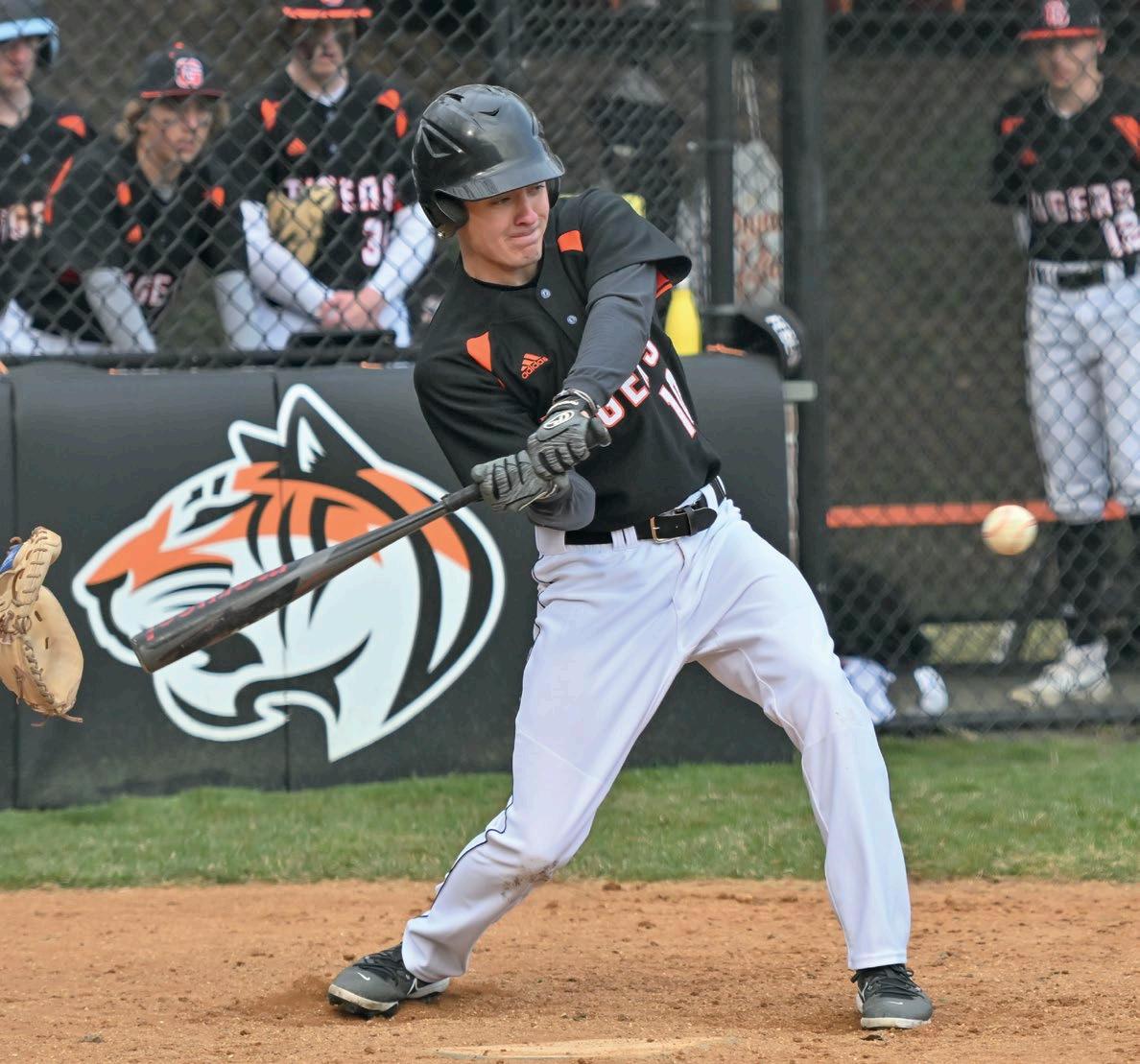







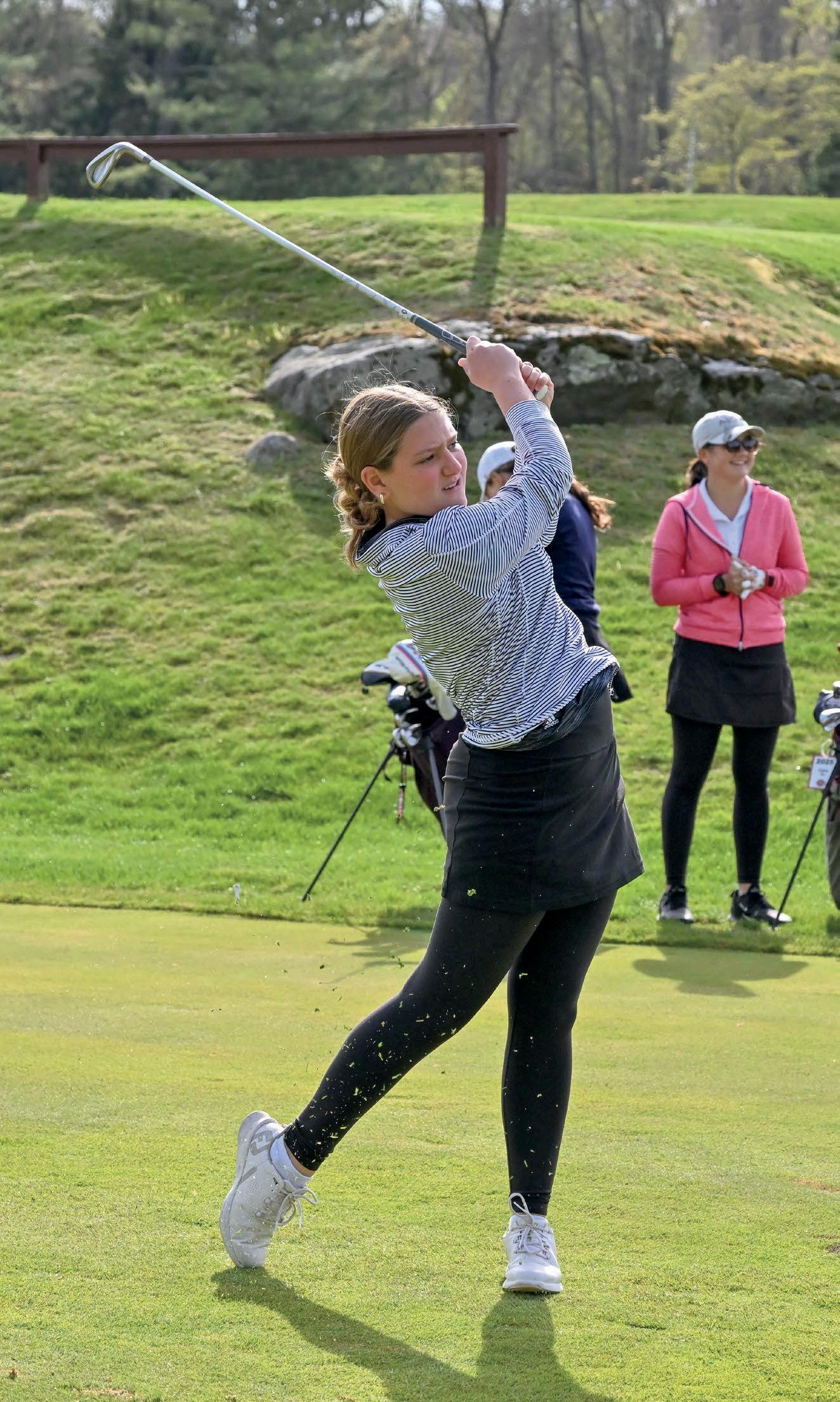

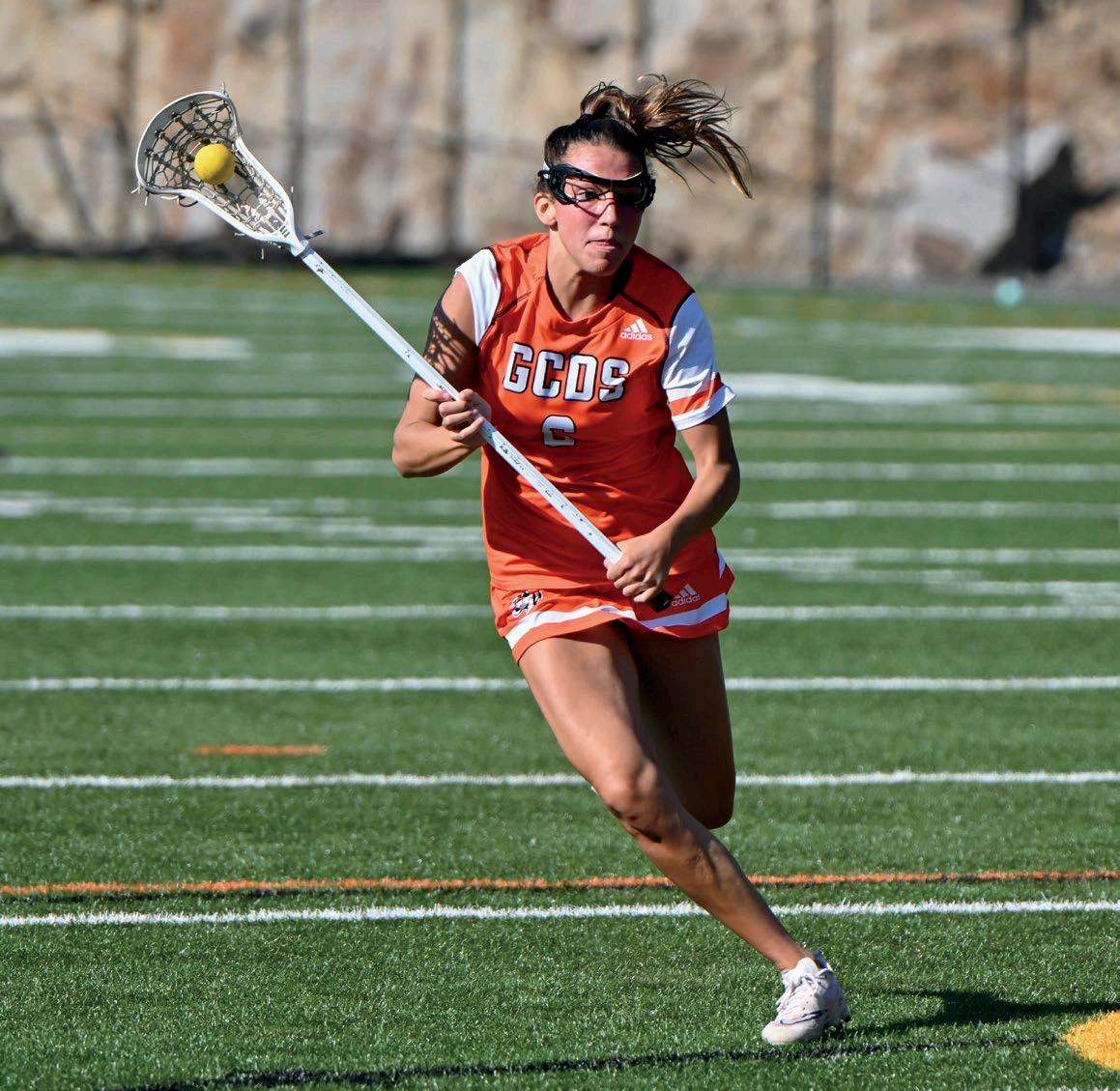
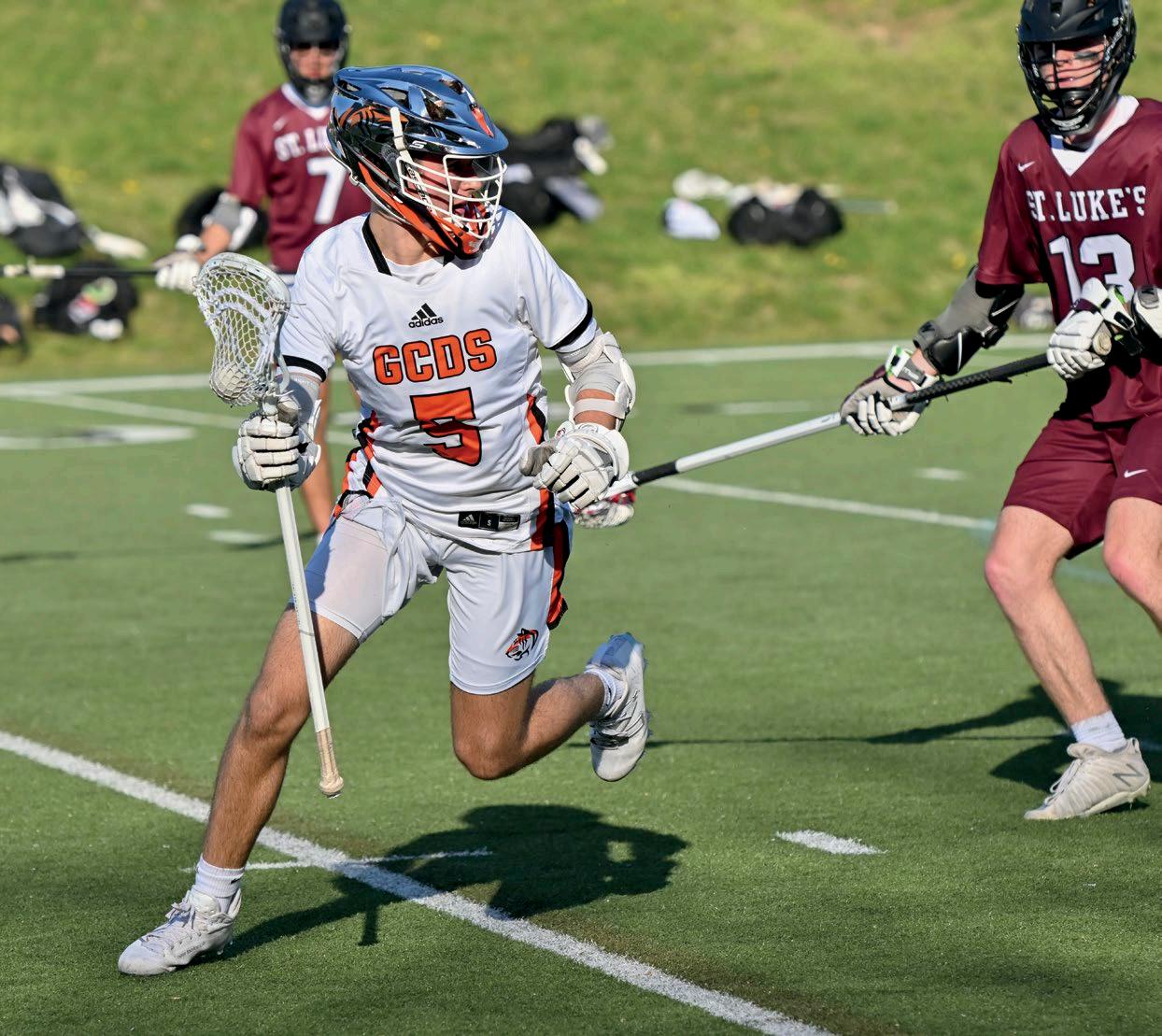











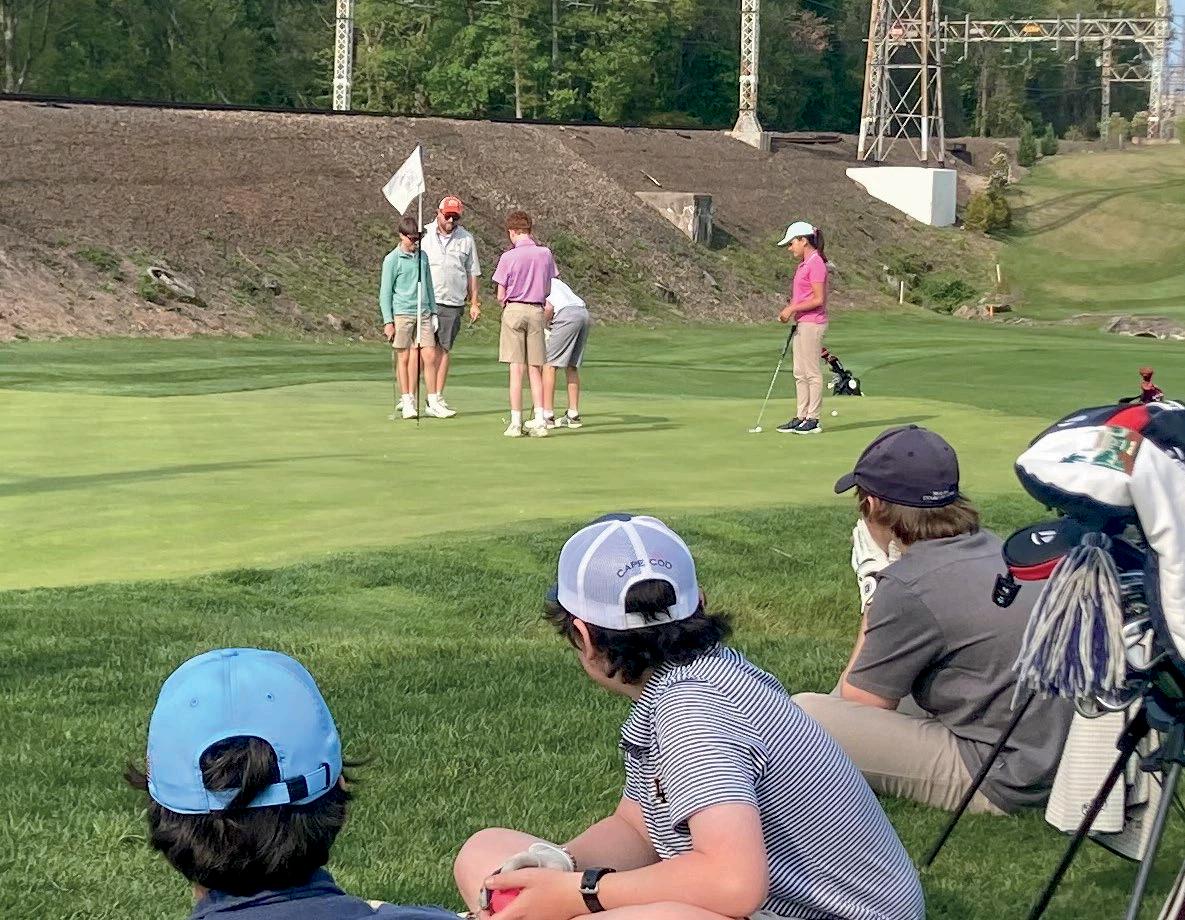


Through an incredible team effort, GCDS surpassed its goal of 60 percent family participation in the Annual Fund effort before Winter Break. The school is very grateful to the more than 540 families who donated to support our students, faculty, and staff every day.
The students of the families who made their gift before December 15 were entered in a drawing to serve as Division Head for a Day. These “school leaders” had a great time shadowing their Division Heads and taking charge of day-to-day operations. From selecting special lunches and snacks to making morning announcements and shaking hands to attending important school meetings, these young leaders learned about what it takes to lead our wonderful school.
1 On March 9, Mr. Ben Shefter ’25 enjoyed his day as Head of School. “I rode on Tiger 1, Mr. Rohdie’s golf cart, down to the Lower Elementary School. I introduced the play and we watched the first graders present, Rosie Revere, Engineer. I loved reading that book many years ago. As I watched the play, it brought back great childhood memories. Next, we headed down to see the progress of the Offit Fields. What an amazing addition for our student athletes! Mr. Rohdie and I headed to my favorite sandwich place, Rinaldi’s, for lunch—that was a highlight. We discussed future plans for GCDS and my hopes for the upcoming hockey season. It was an honor to more deeply appreciate the great school I attend from the man who makes it all possible.”

2 Mr. Finn Cosgrove ’27, Middle School Head for the Day on Feb. 14 was “grateful to have had the opportunity to gain some insight into Mr. Corson’s day-to-day schedule.”


3 On Jan. 24, Mr. Gavin Grant ’35 assisted Ms. Smith with attendance and conducted a co-teacher meeting with Mrs. Allen.
4 Miss Ellis Rosenbloom ’32 hung artwork in the hallways and joined important meetings on Feb. 7. She requested a special snack for her classmates—chocolate chip cookies!
GCDS hosted its time-honored Grandparents and Grandfriends Day event on both the Old Church Road and Stanwich Road campuses on May 11 and 12. Children invite their grandparents or a grandfriend to spend a morning with them at school prior to Mother’s Day.





The program kicked off Thursday evening with a cocktail reception on the terrace and a student-guided tour of the Upper School. Head of School Adam Rohdie and our administrators discussed GCDS Portrait of a Learner capacities, programing, and the college placement process. The festivities continued on Friday morning with guests enjoying breakfast, a special welcome from our Head of School, a sing-along with Lower School first graders, a performance by the Middle School Band , and the school’s annual art exhibition—The Art of Country Day.








On April 14, the GCDS Parents Association hosted Paul J. Sullivan, founder of The Company of Dads, the first platform dedicated to creating a community for Lead Dads. Mr. Sullivan described a Lead Dad as the primary caretaker in a family. “I’m the go-to guy in my house. Playdates, doctors appointments, birthday parties, I got that.”
Mr. Sullivan talked about the struggles of Lead Dads and his motivation for creating The Company of Dads. “At times it has felt lonely because I lacked a community of other Lead Dads experiencing the same highs and lows.”
Middle grade author and alumna Kate O’Shaughnessy ’03 was interviewed by Middle School English Teacher Shaun Kelly on April 11 as part of the Alumni Office’s ongoing Masterclass series.

Ms. O’Shaughnessy is the author of The Lonely Heart of Maybelle Lane and Lasagna Means I Love You, published in Feb. 2023. Her books have received starred reviews from Kirkus and Publisher’s Weekly. “Maybelle Lane finds courage she didn’t know she had—and it’s contagious. A rich and rewarding debut,” states the Kirkus review.

Ms. O’Shaugnessy has a soft spot for the 12-year-old protagonist, the age of both of her main characters. “It’s a time of so much transition. You’re going from being a little kid to understanding that the world is complex. I love to live in that space and hope to connect with my readers, let them know that they are not alone.”
On her school visits, she tells students that she started writing only after high school. “I was in special classes for reading in Lower School and it took me a couple of years to catch up. People think that you have to have some great gift early on. That was not my story.”
Ms. O’Shaughnessy started writing in college when she was “lonely and bored.” She compares writing to building cabinetry. “You only get better through practice—lots of daily reading and writing.”
Research is an important part of her writing process. The main character of The Lonely Heart of Maybelle Lane is look-
Paul’s presentation explored how parent and work relationships have shifted post pandemic and beyond. “I can tell you that in five years the dynamic in our homes between spouses is going to be different, but it’s only going to be different in a positive way if we’re talking about the changes. The Company of Dads is passionate about leading that positive discussion, which will benefit us and our children,” he said.
Before starting The Company of Dads in 2021, Paul J. Sullivan wrote the Wealth Matters column in The New York Times for 13 years. He also created the Money Game column in Golf magazine. He is the author of two books Clutch: Why Some People Excel Under Pressure and Others Don’t and The Thin Green Line: The Money Secrets of The Super Wealthy

ing for her father and embarks on a road trip from Louisiana to Nashville. Ms. O’Shaughnessy took the same road trip with her sister and noted the sensory details in her journal while in the passenger seat.
Ms. O’Shaughnessy lives in California now but stays connected to GCDS because her niece and nephew attend the school. She has fond memories of her time here and values the special bonds she made with her teachers. “All of the teachers are so unique. You felt so taken care of in each class.”
Look out for Ms. O’Shaughnessy third book The Wrong Way Home, which is coming out next spring. Check out the full interview on GCDS Connect.
This year’s Tiger Bash—themed Viva Country Day! —brought over 1,000 parents, guardians, faculty, and staff together under one of the largest tents ever constructed in Connecticut.

It was a night to remember, filling the tent with laughter, games, entertainment, refreshments, community spirit, and lots of Tiger Pride! The event raised over $1 million dollars for the Capital Campaign, and over $100,000 to support financial aid. Tiger Bash Committee Co-Chairs Stacey Higdon and Amy Balducci and their team of over 100 volunteers deserve a huge thank you for their hard work in creating this joy-filled community event.





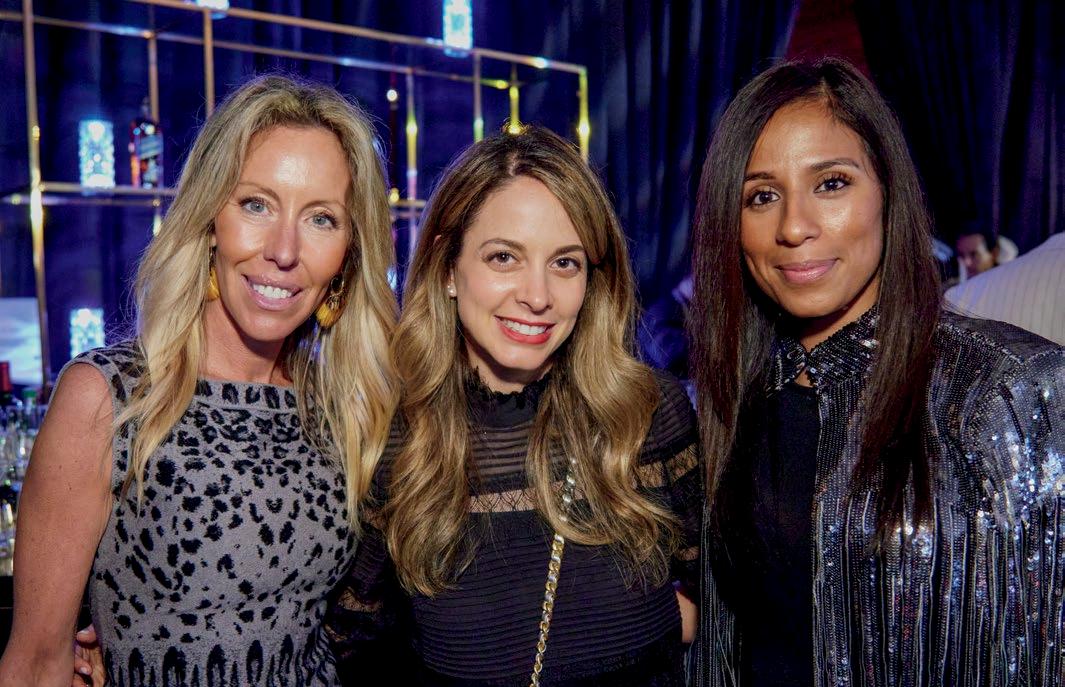
 Event Co-Chairs Stacey Higdon and Amy Balducci
Event Co-Chairs Stacey Higdon and Amy Balducci


























Greenwich Country Day School
P.O. Box 623, Old Church Road
Greenwich, CT 06836-0623
Return Service Requested
Lots of athletics news inside, page 44
